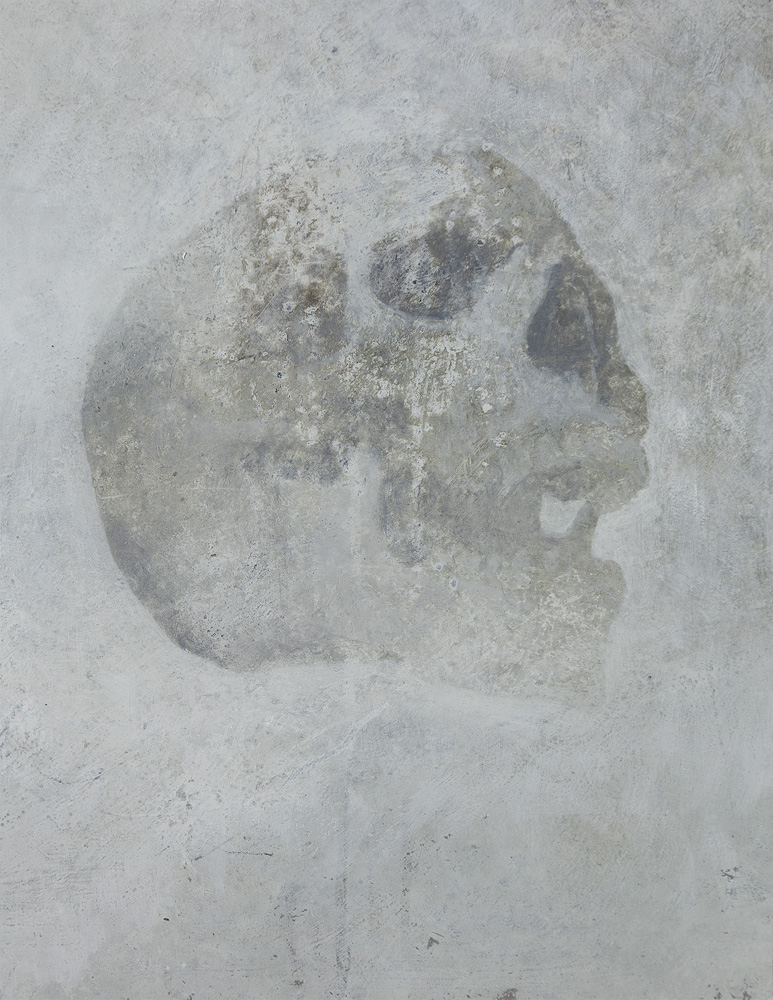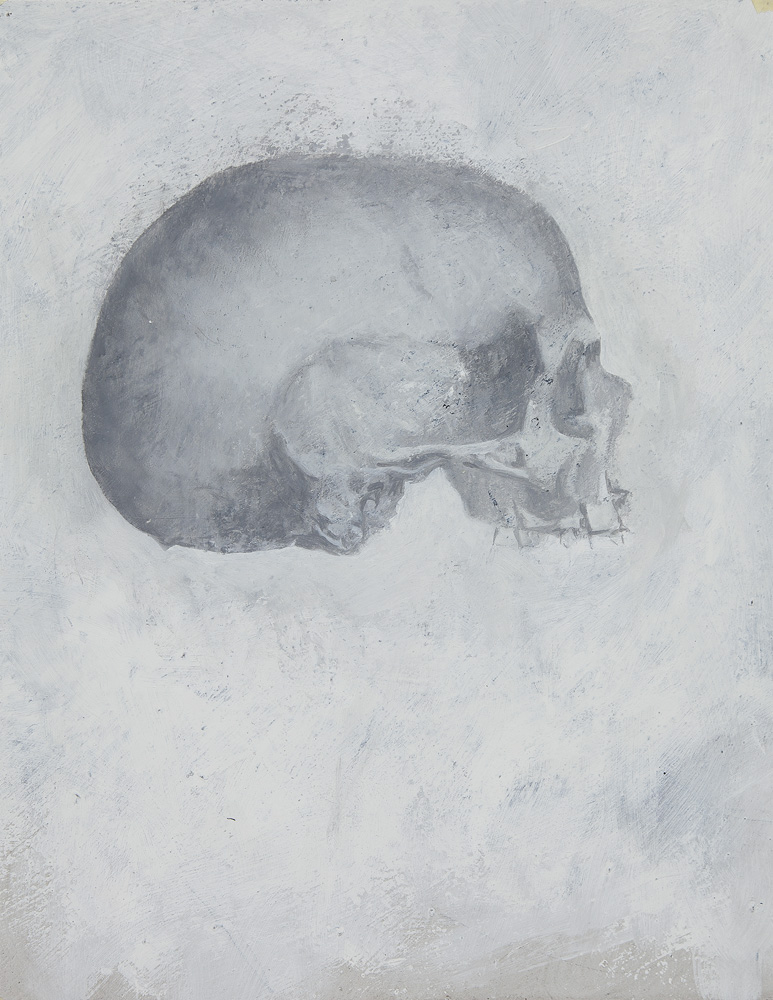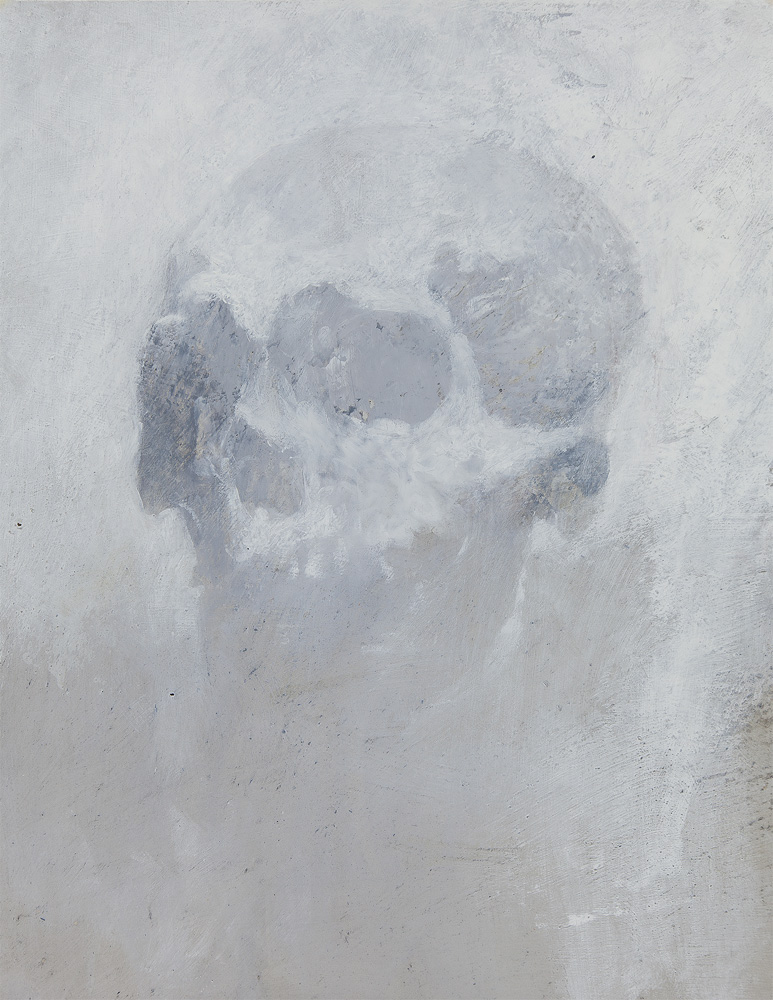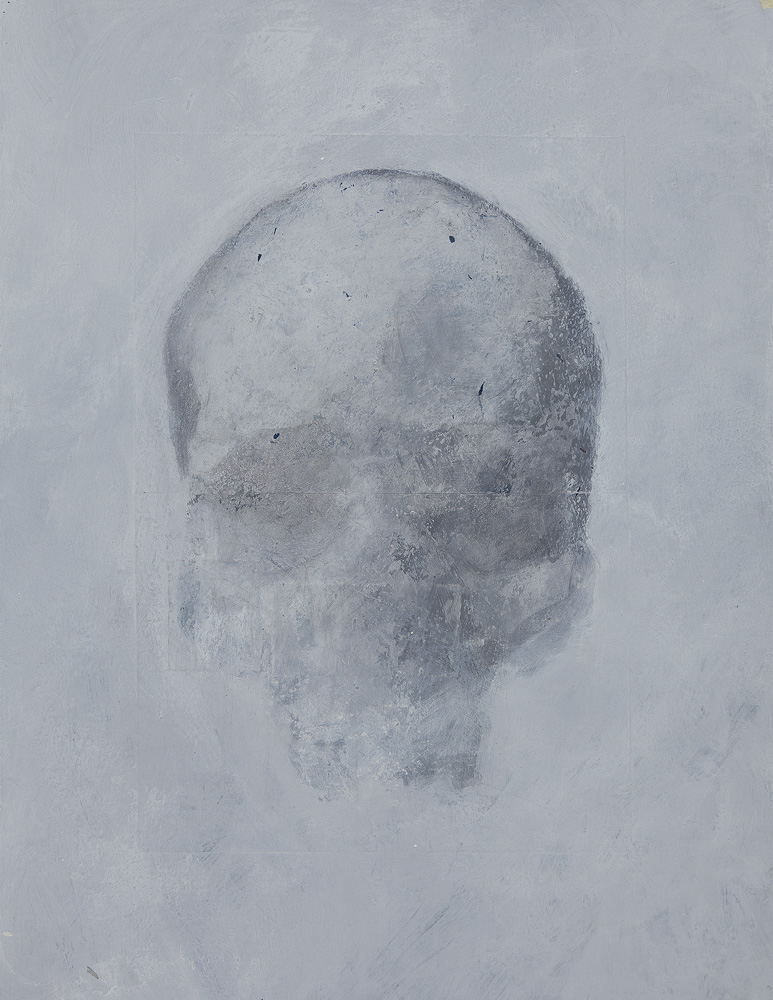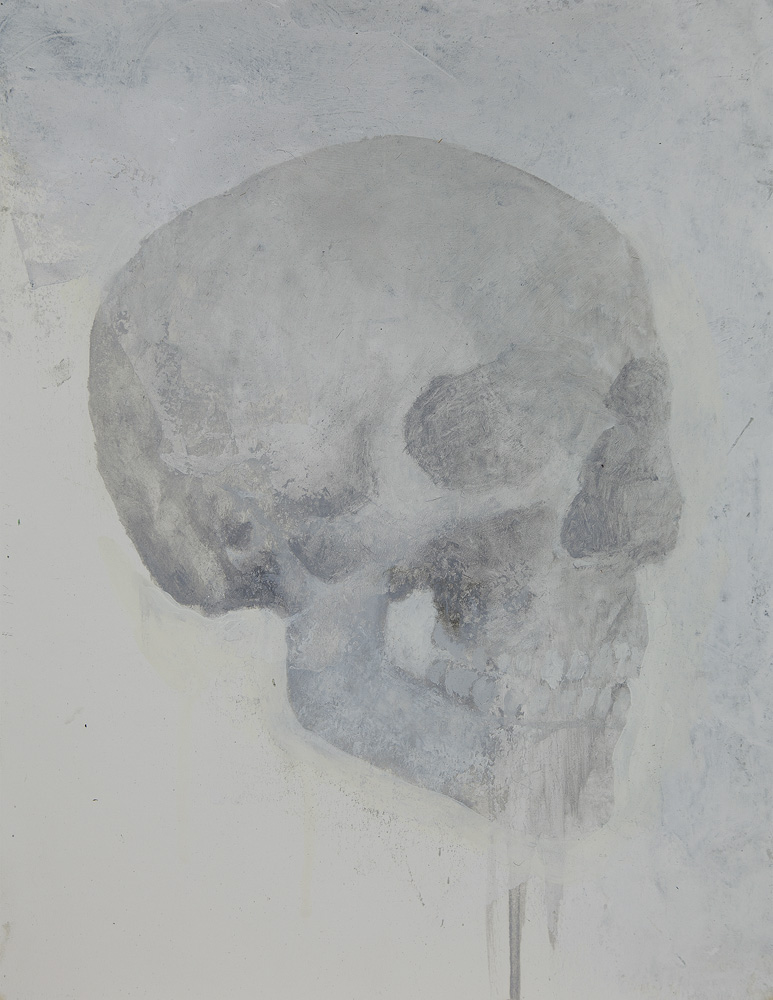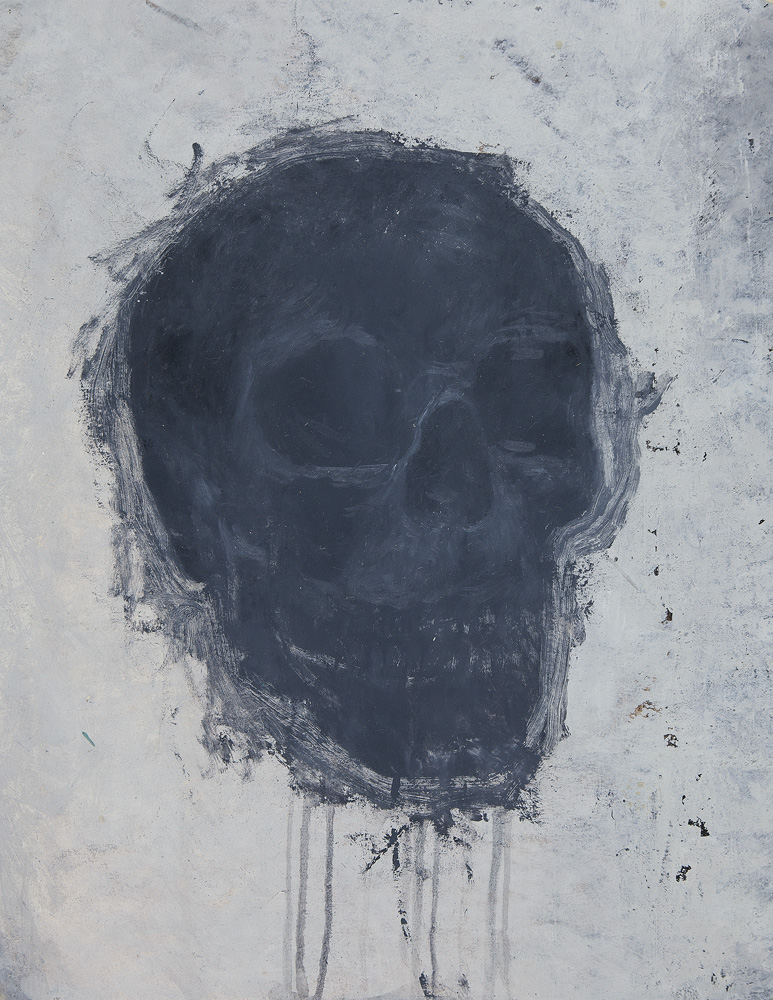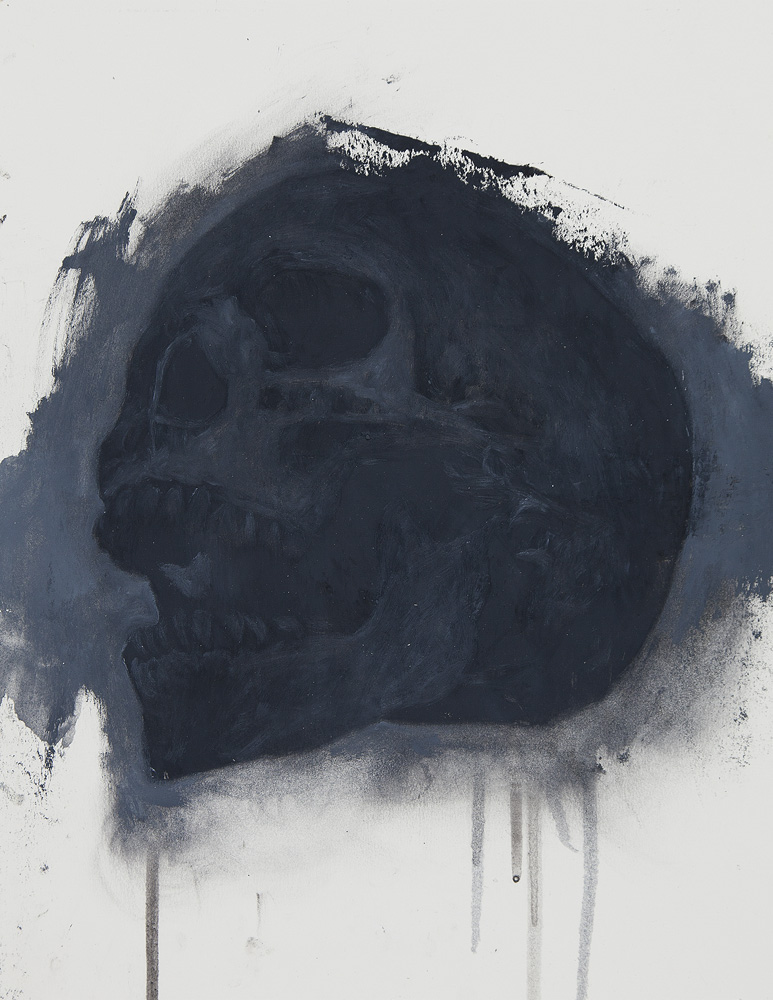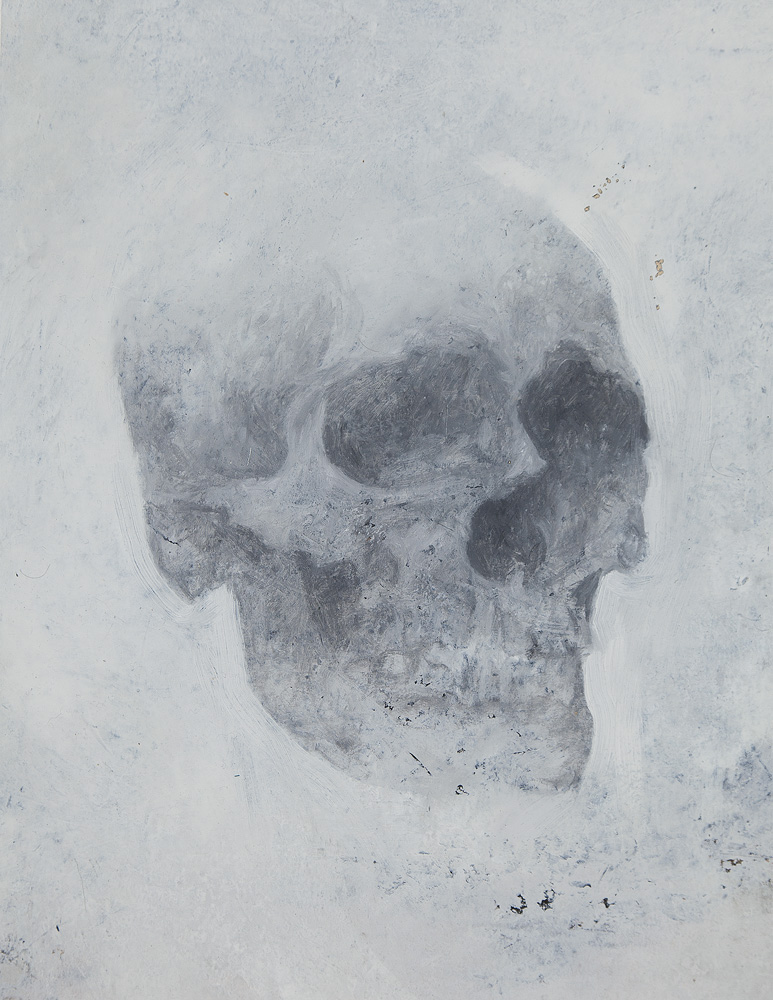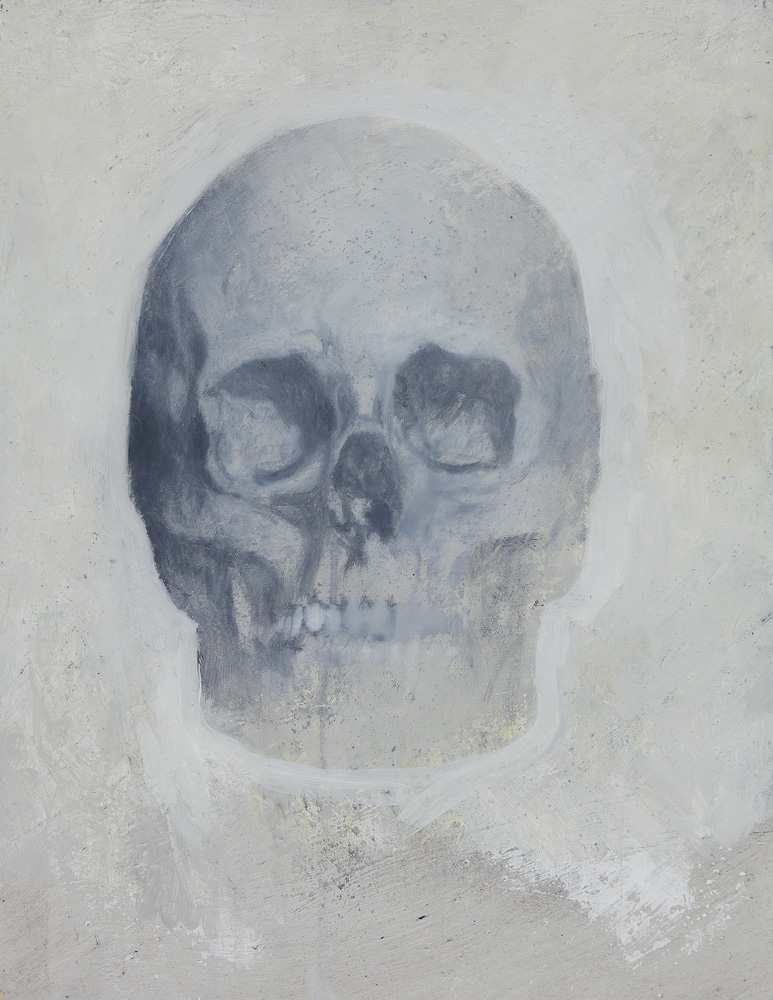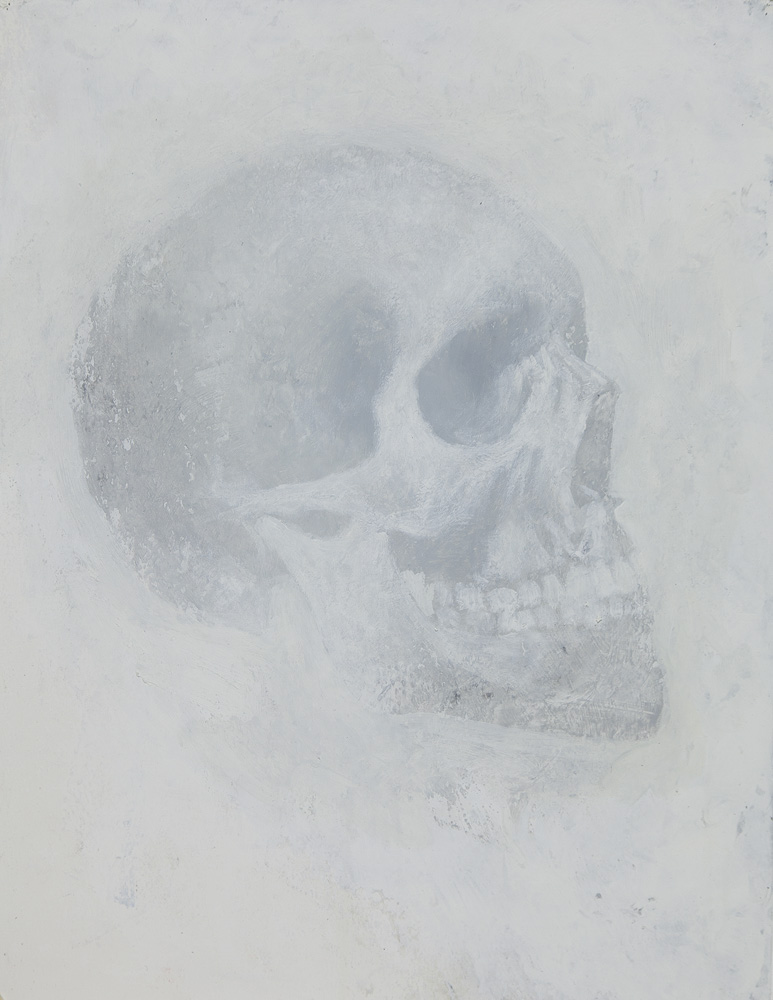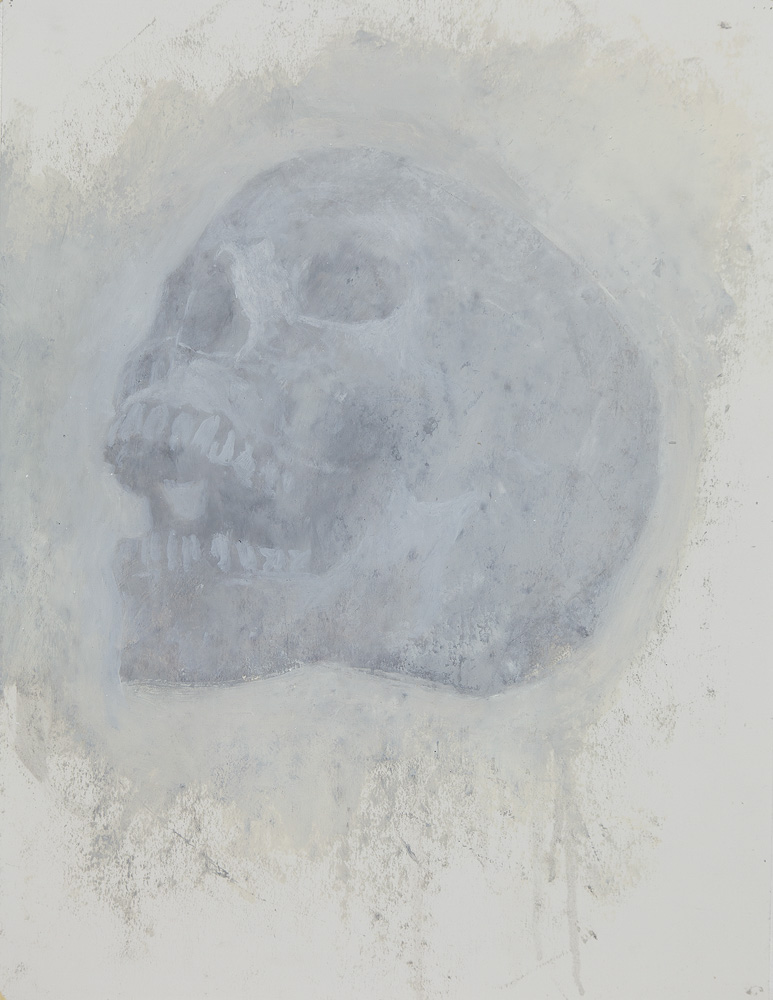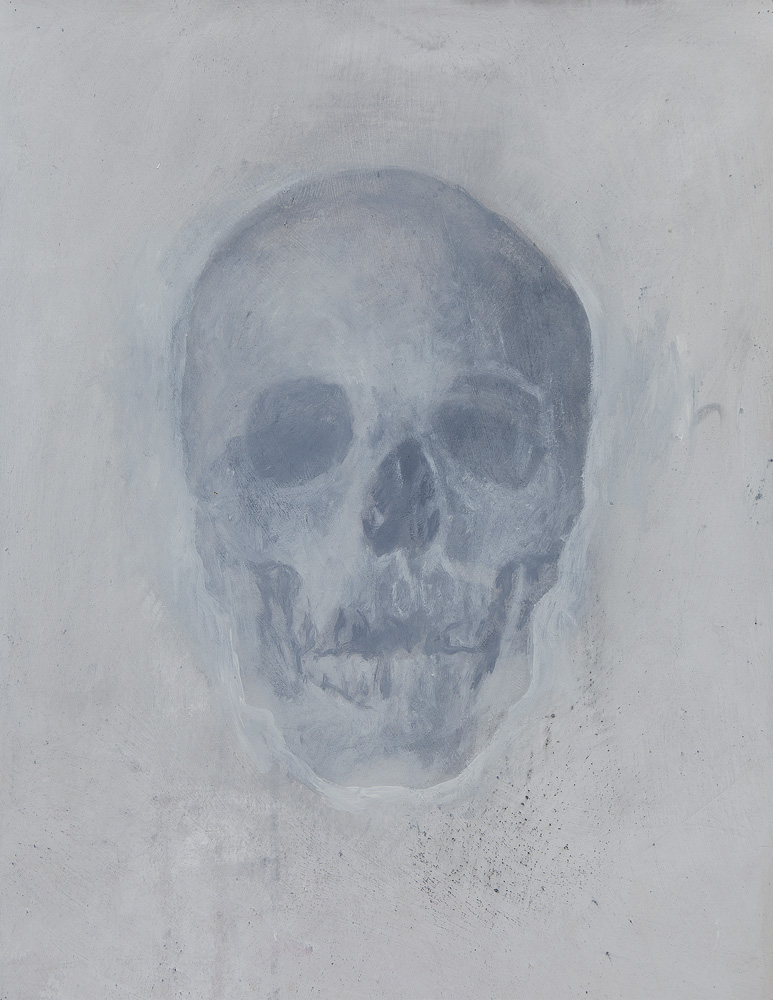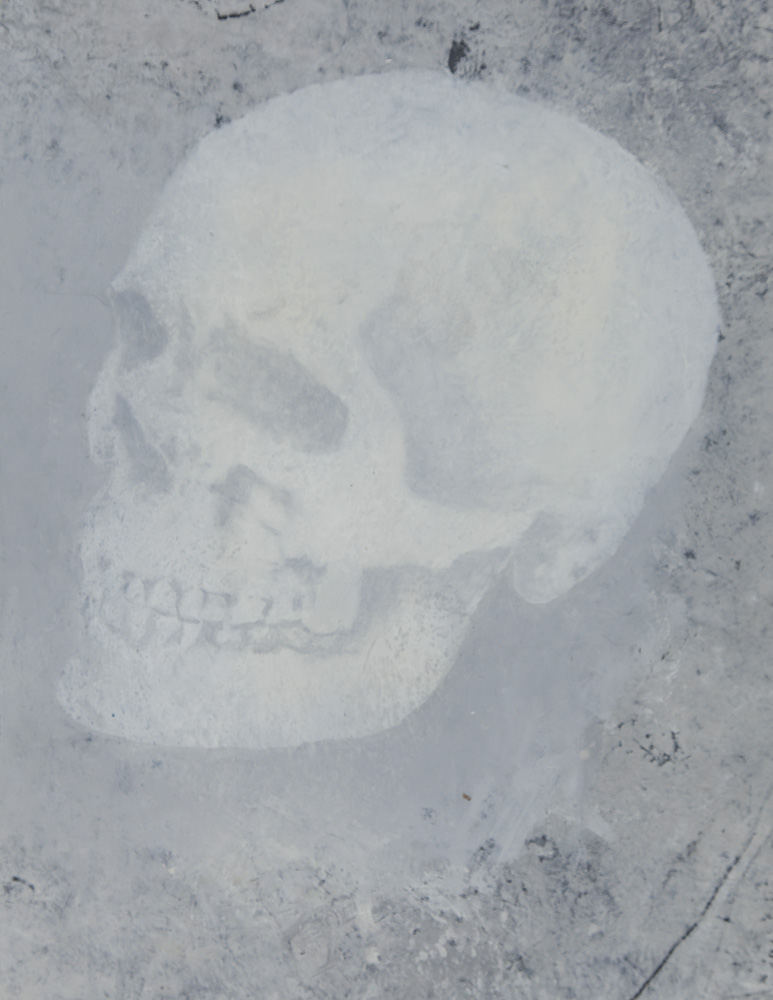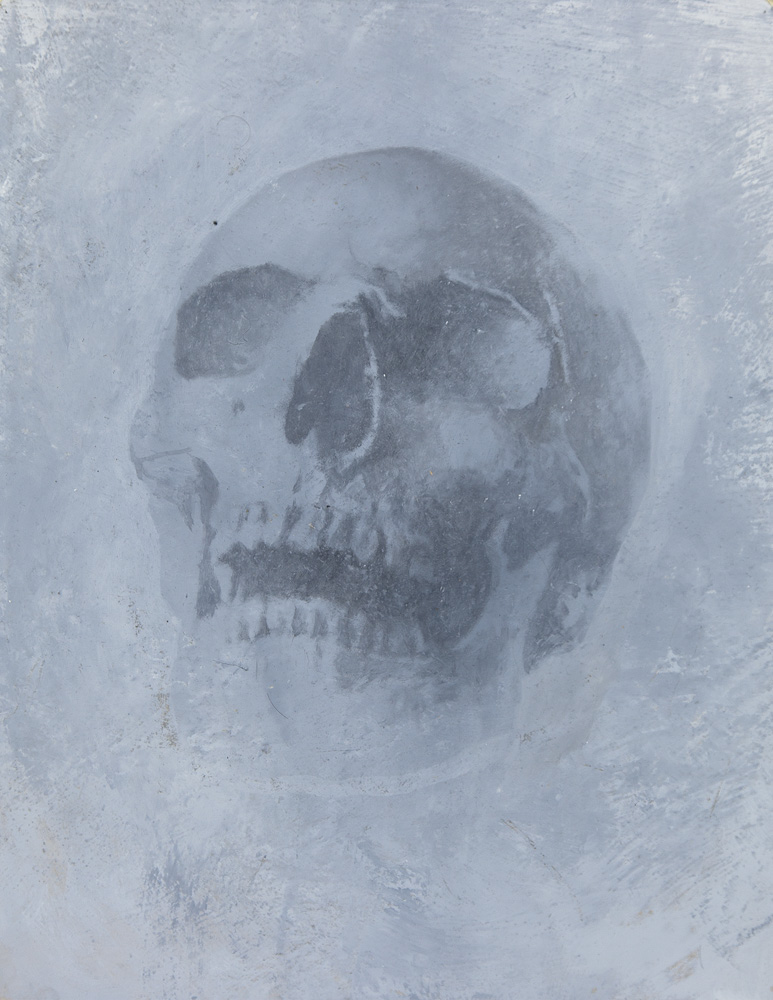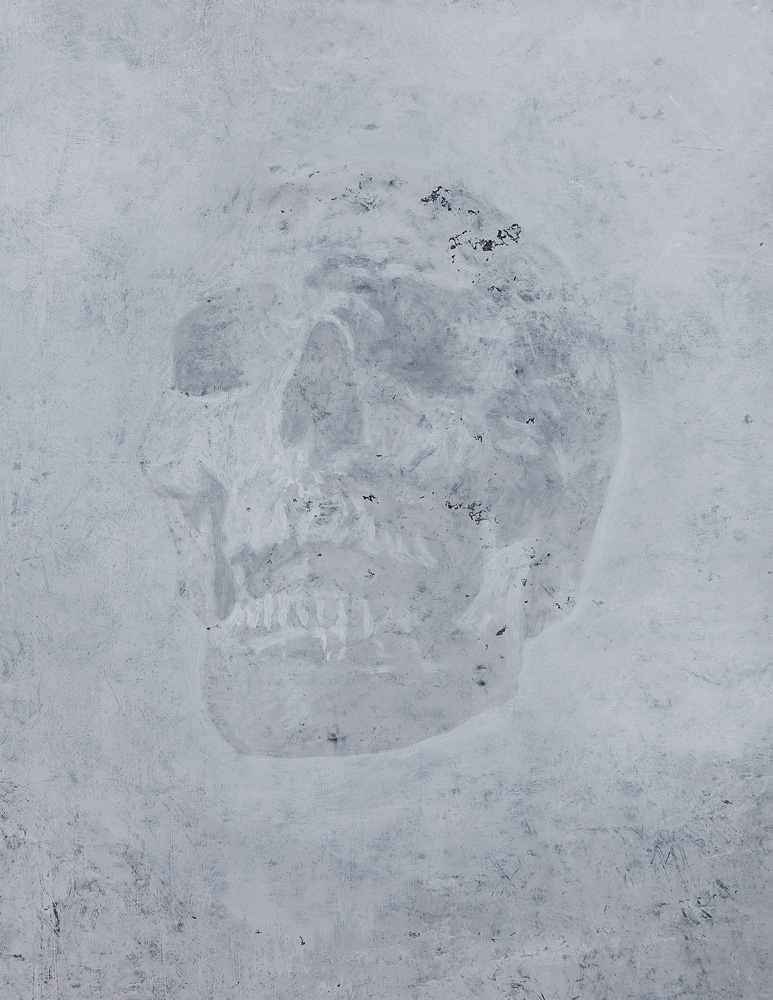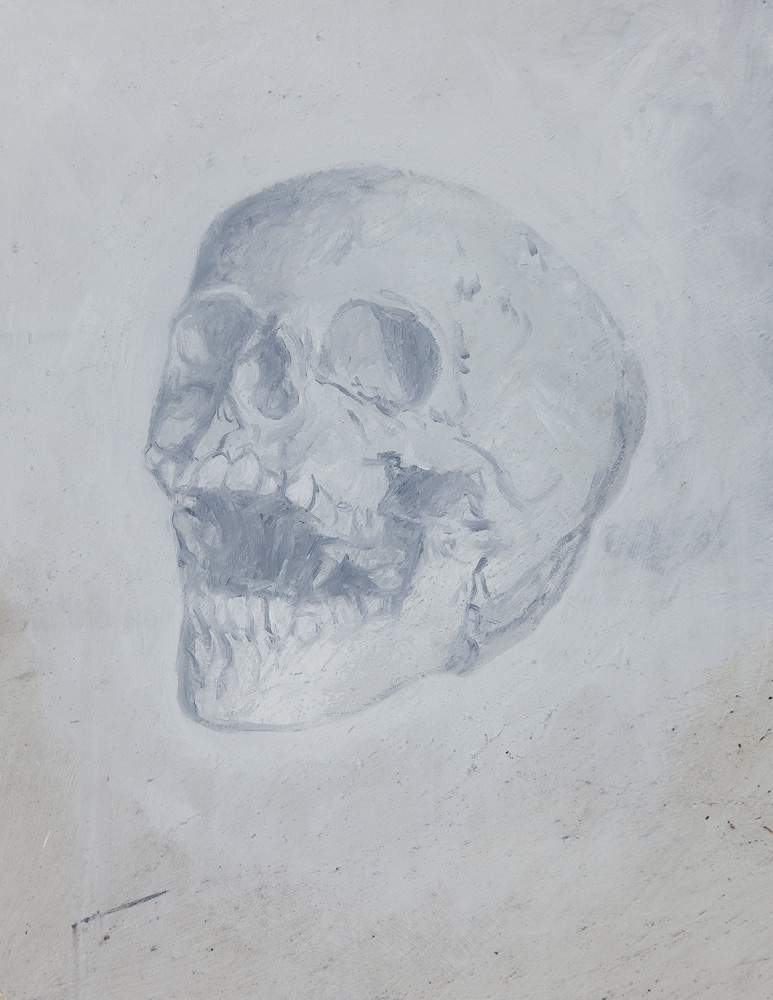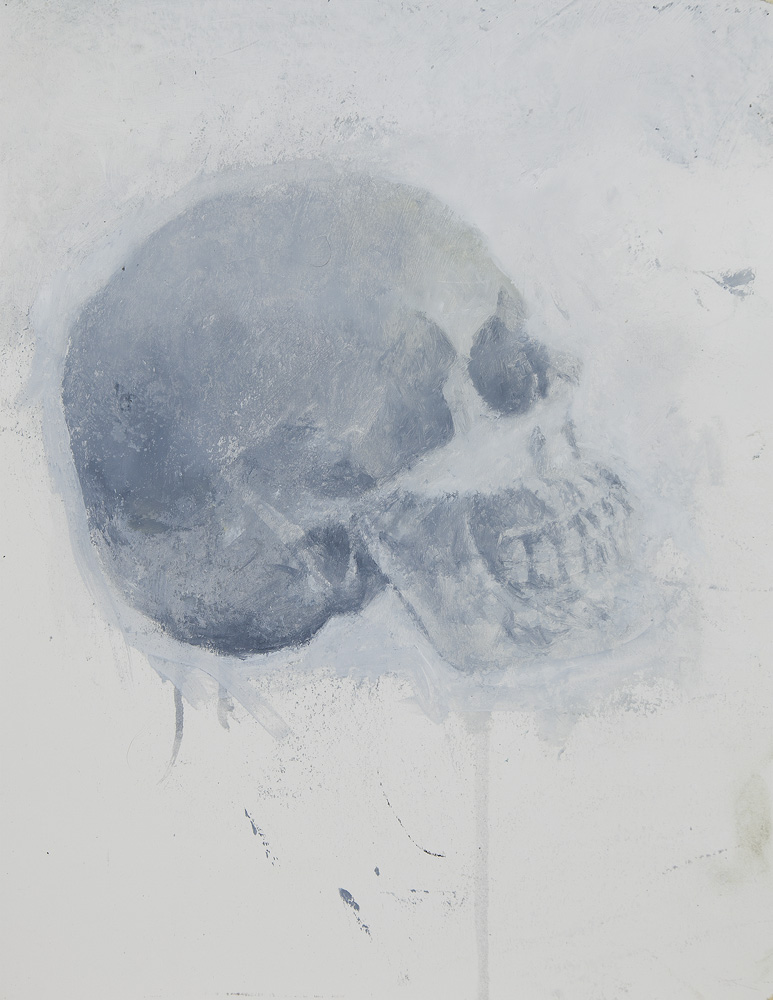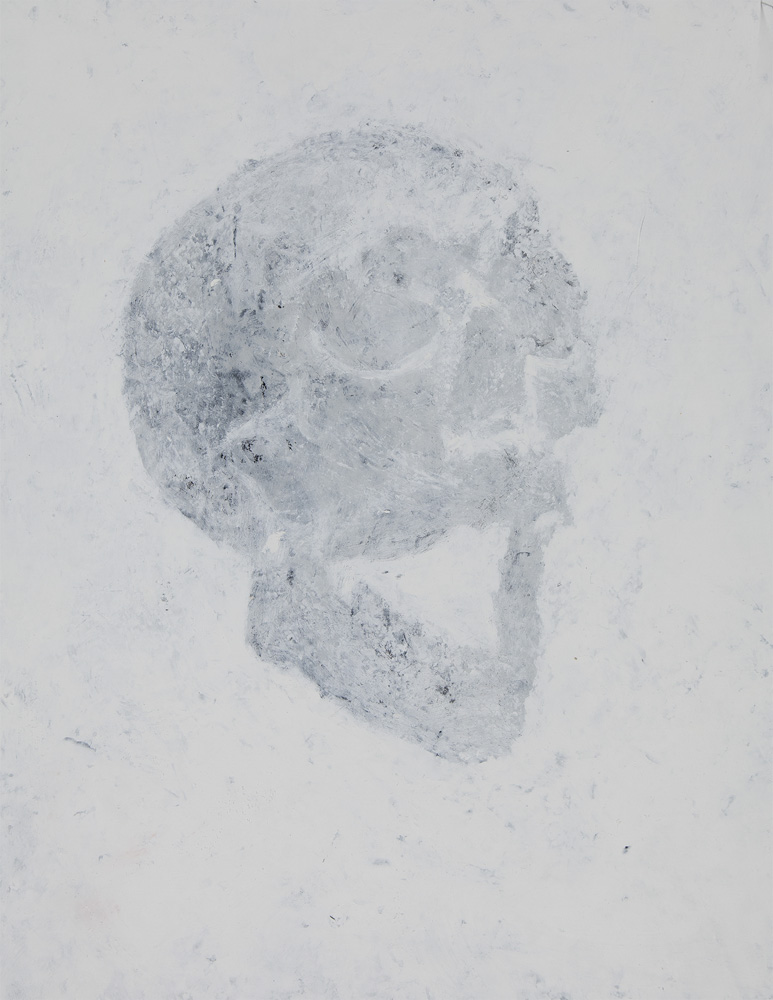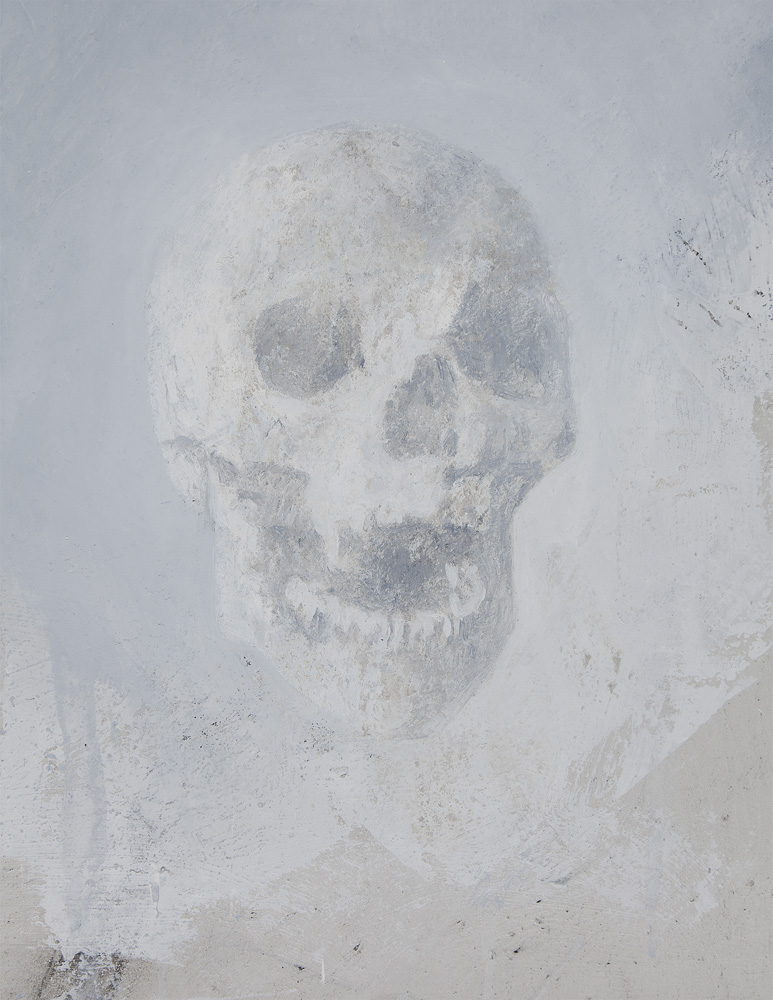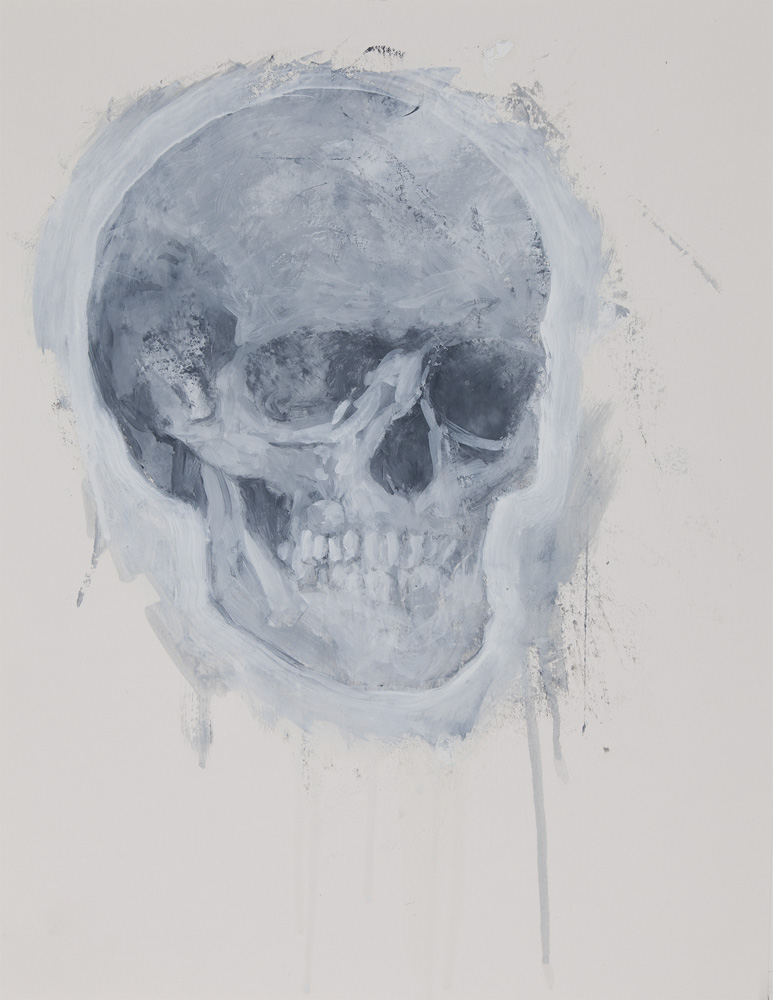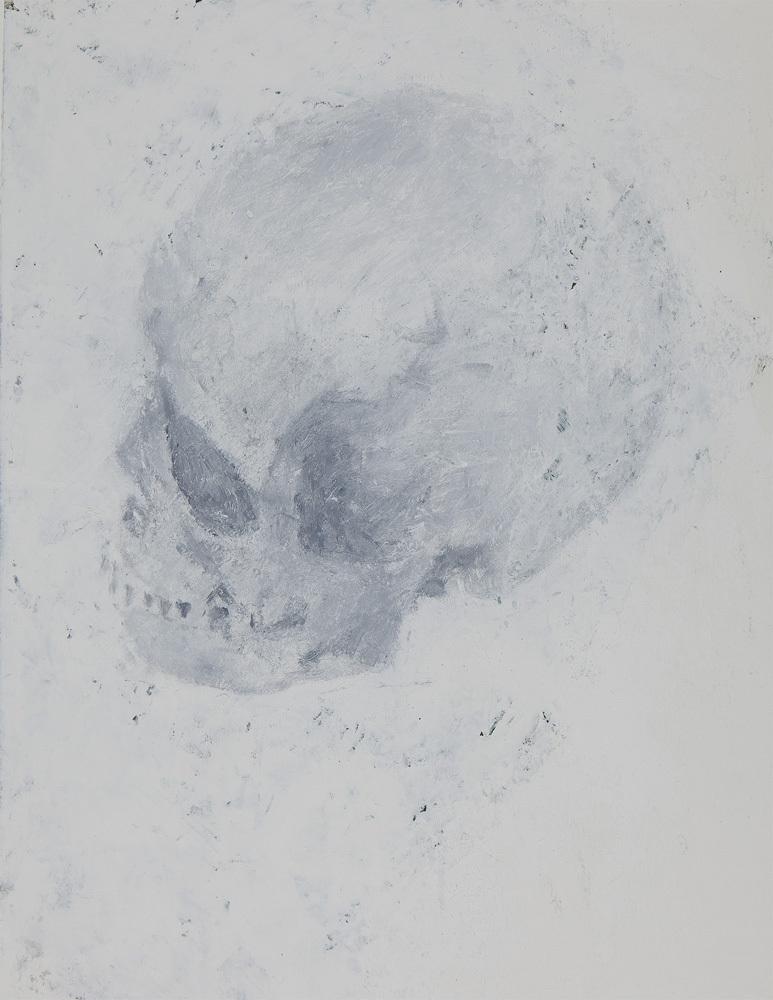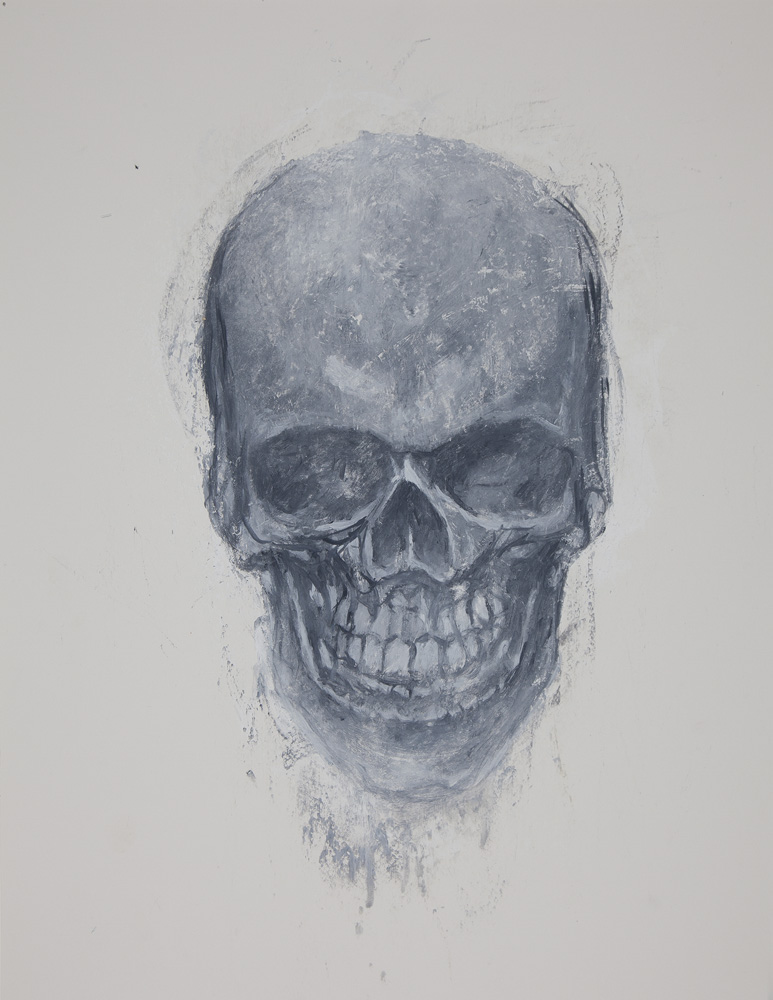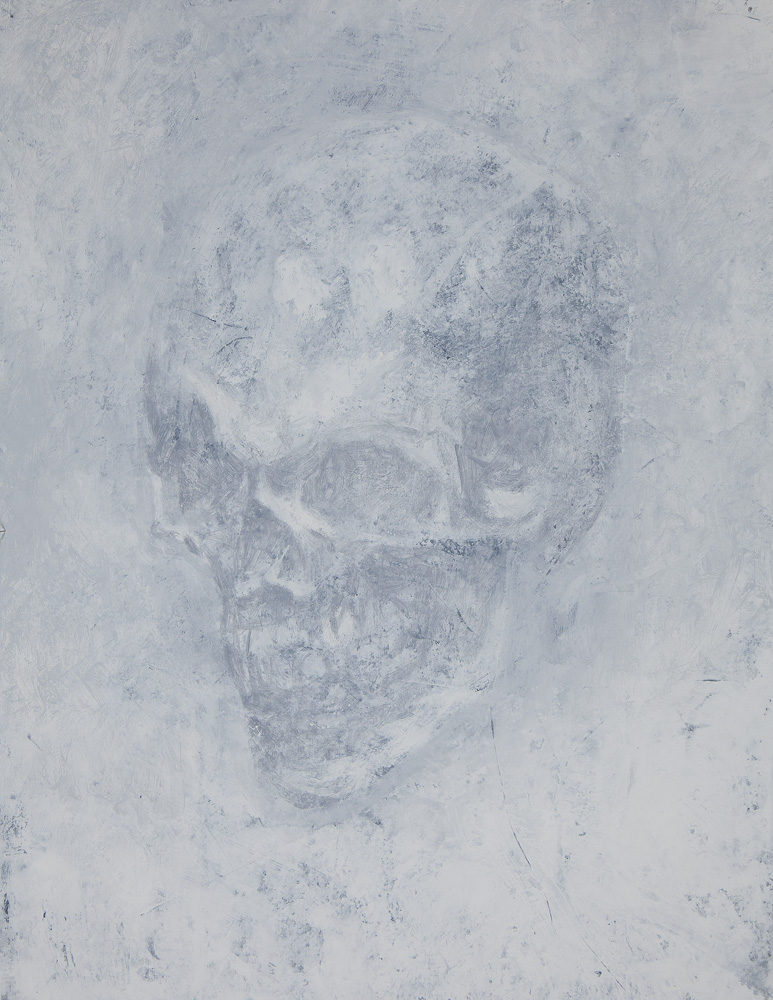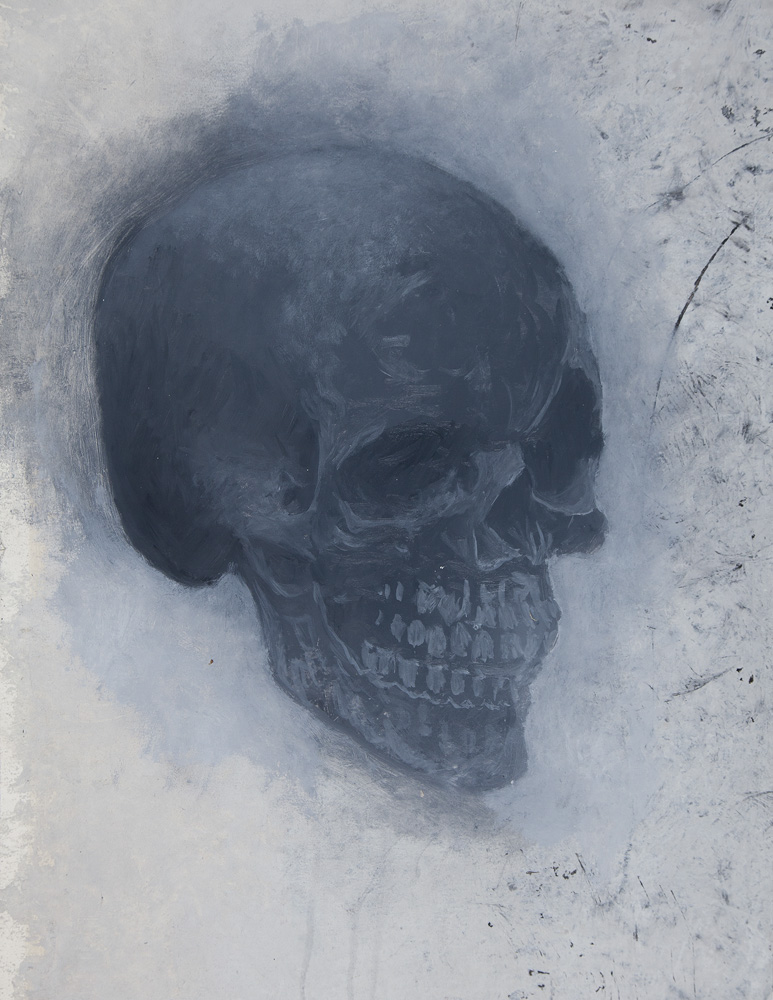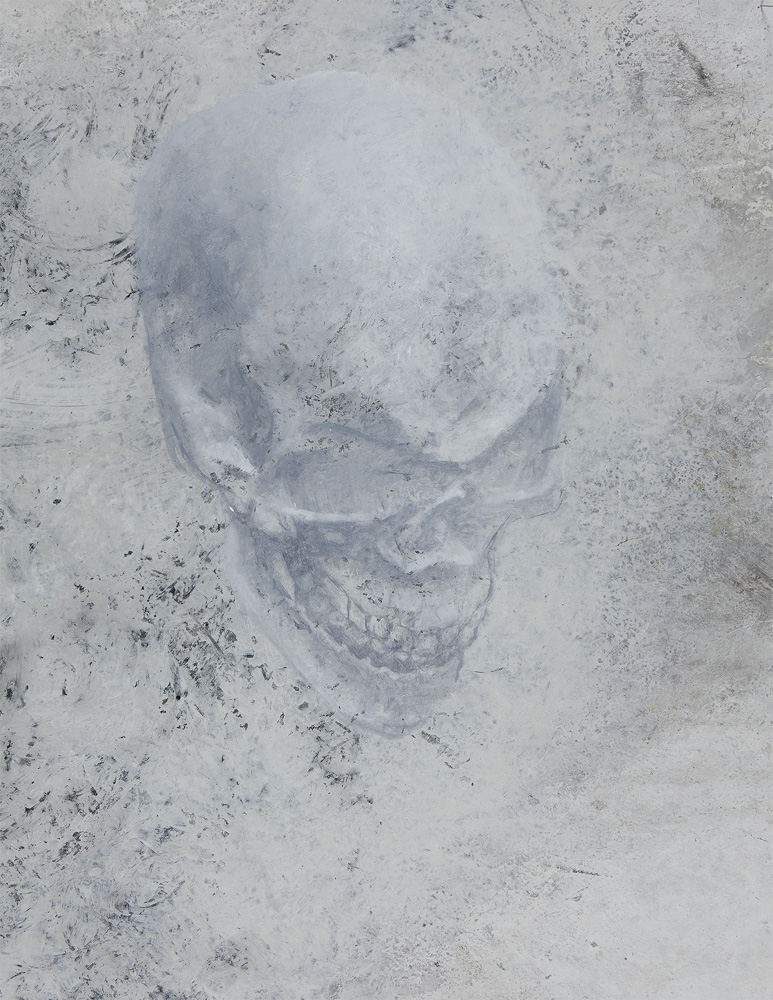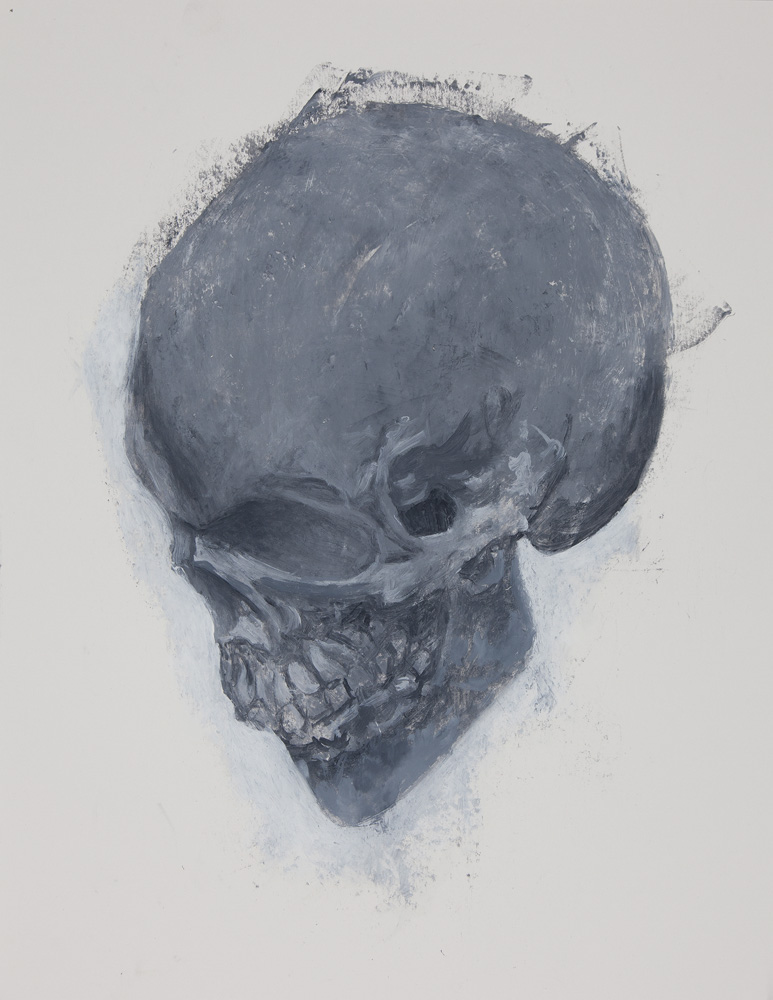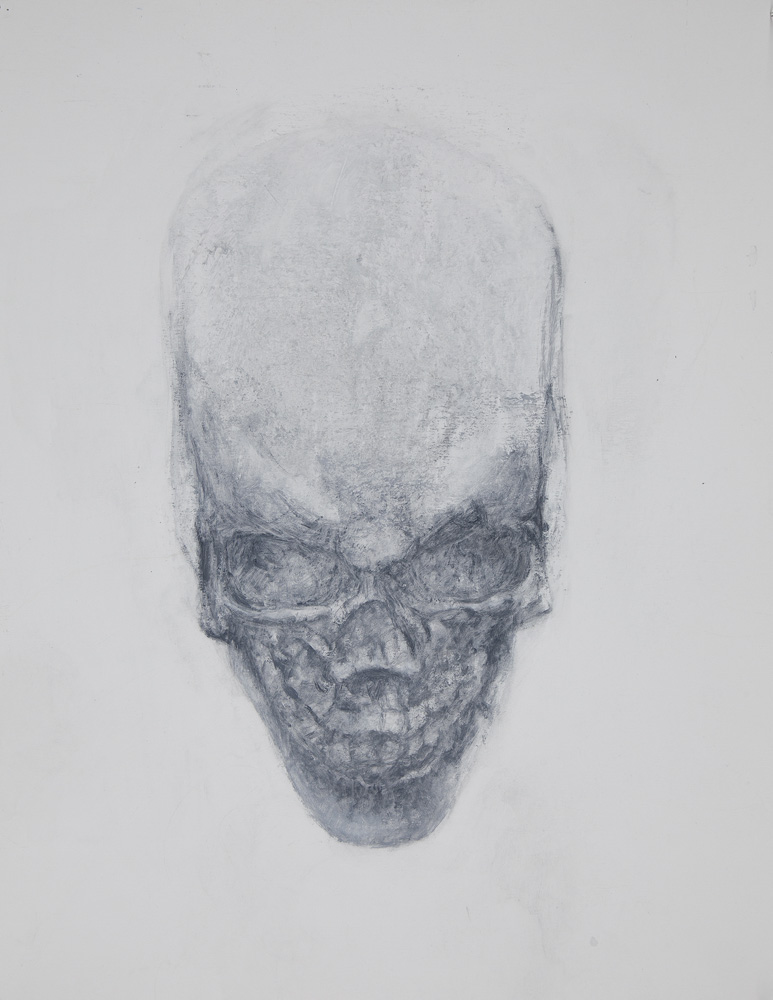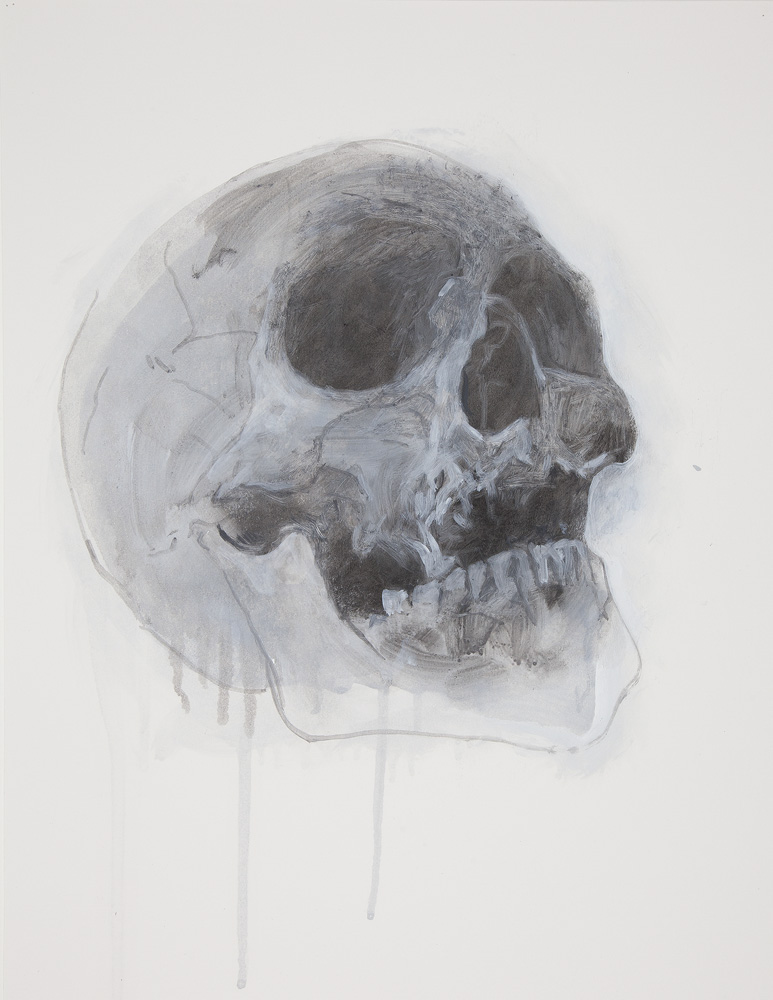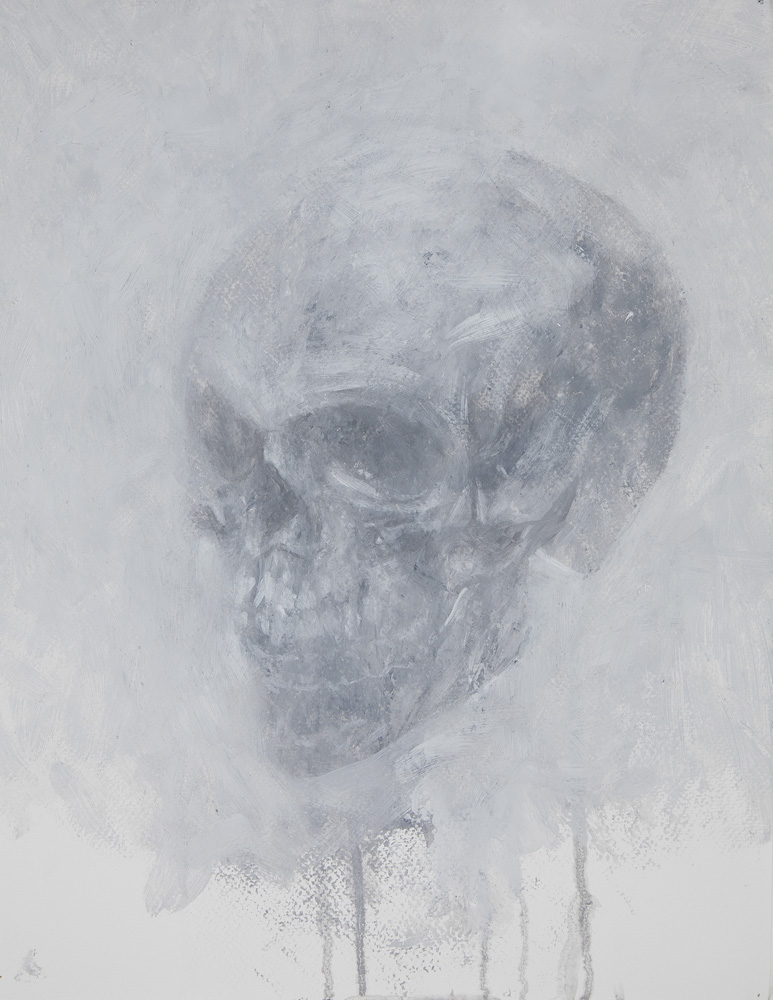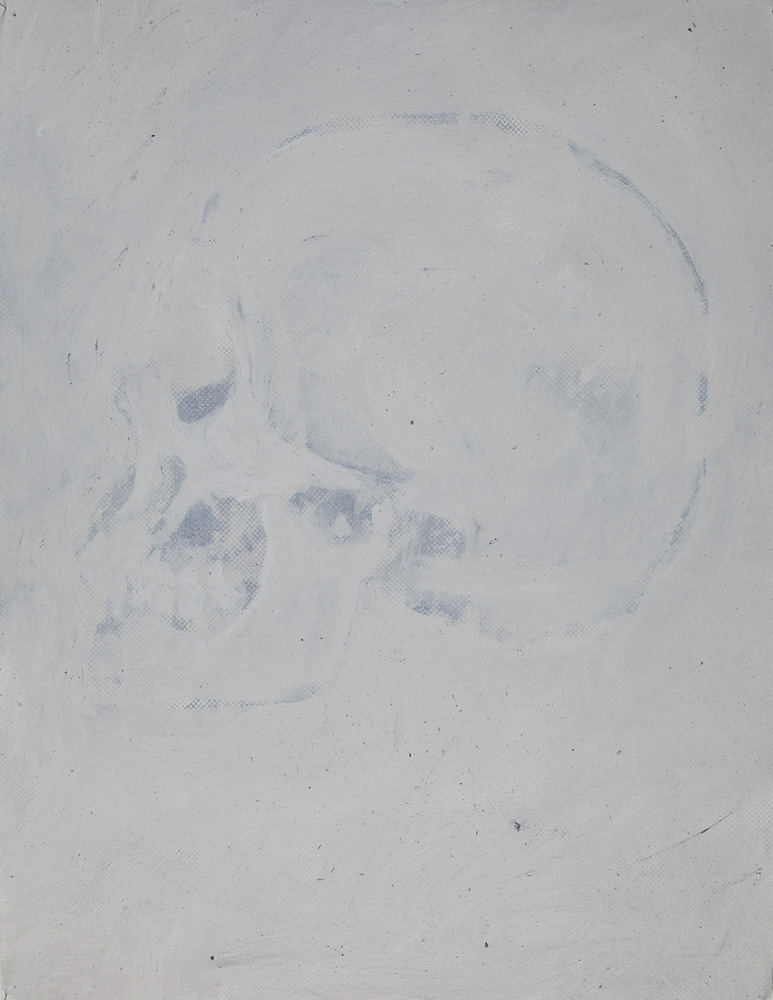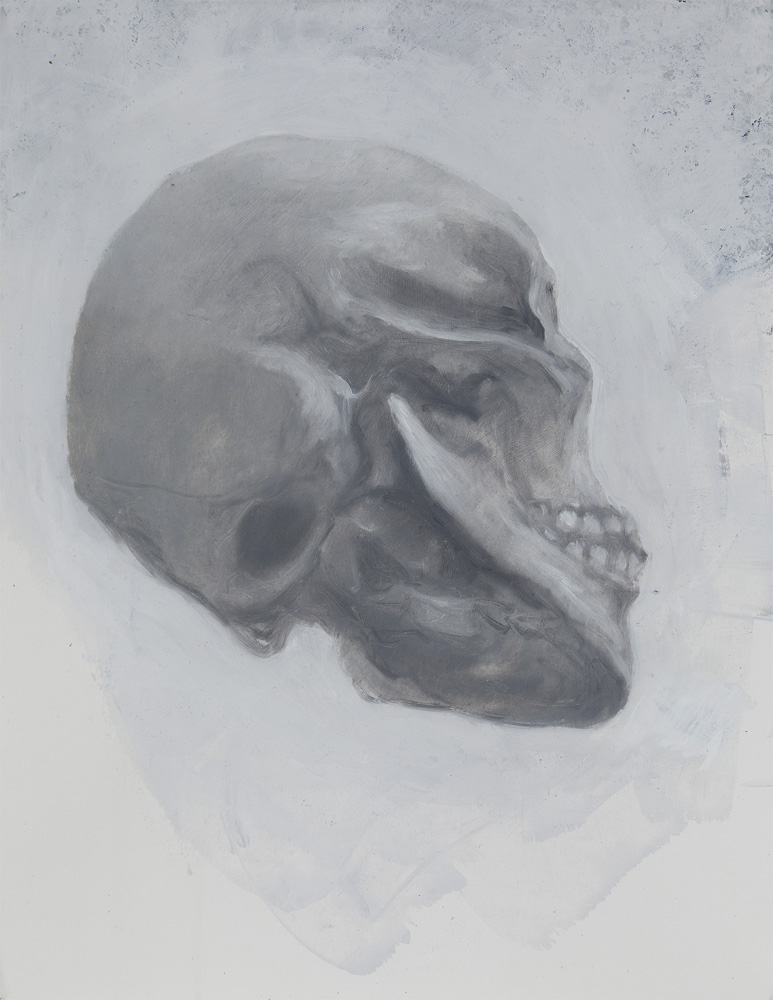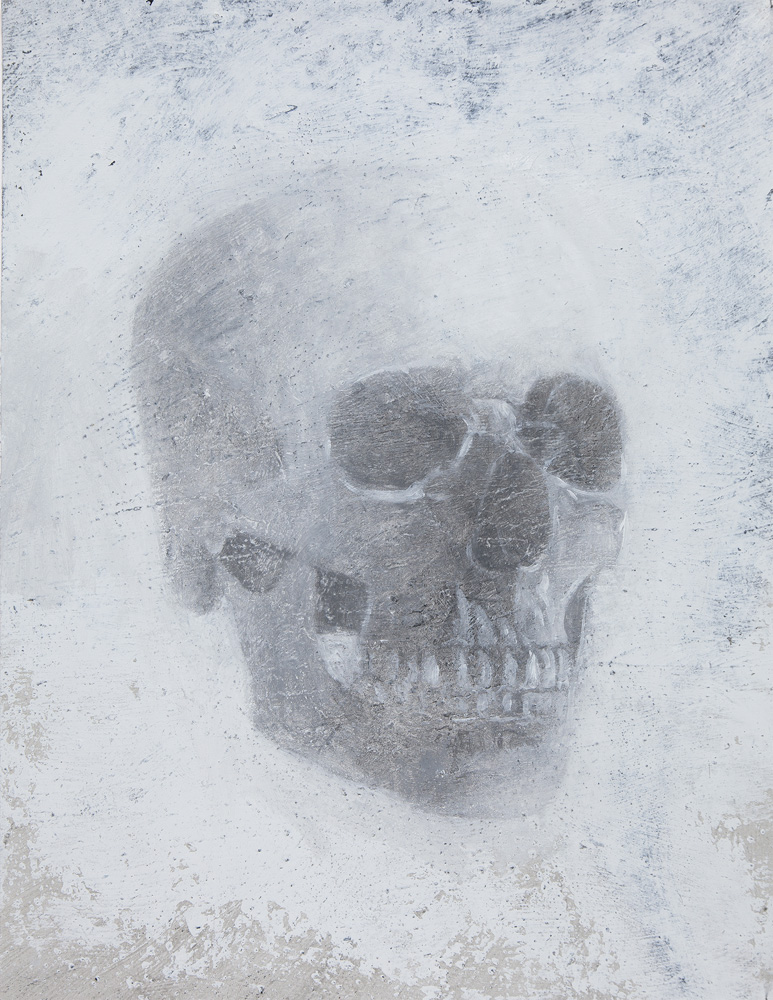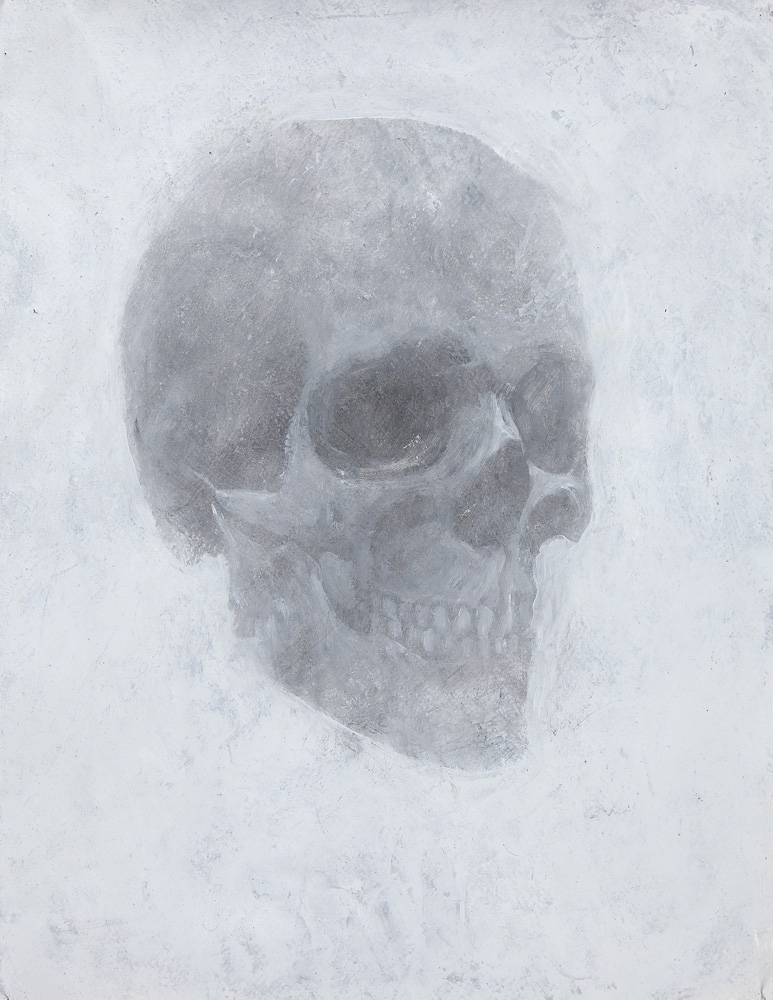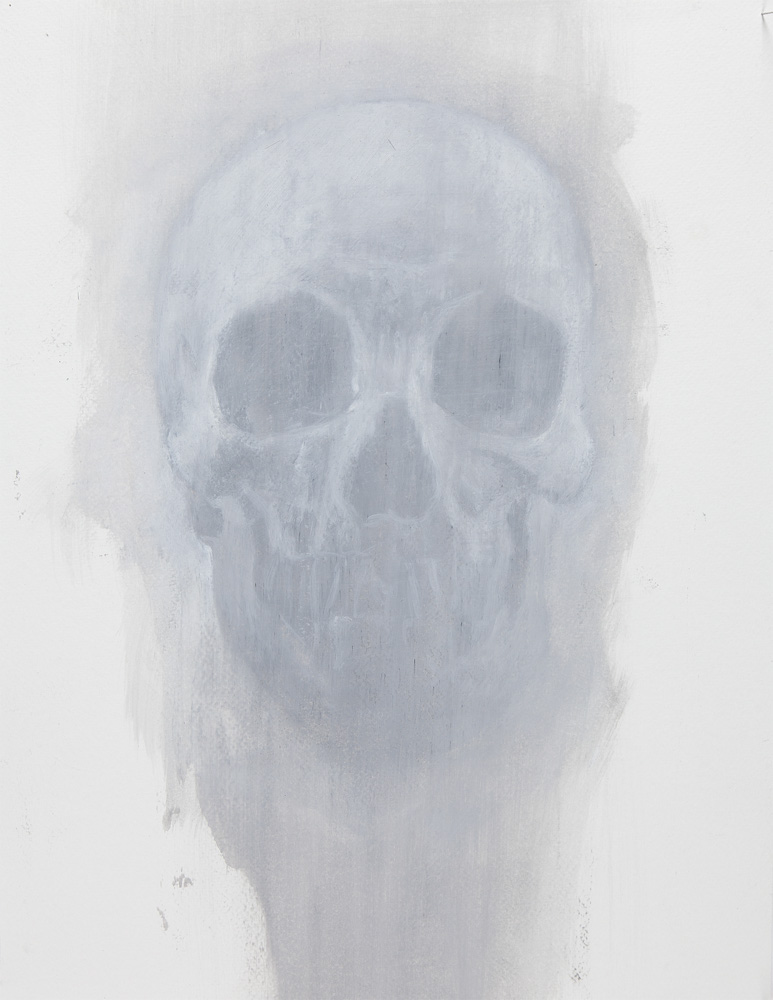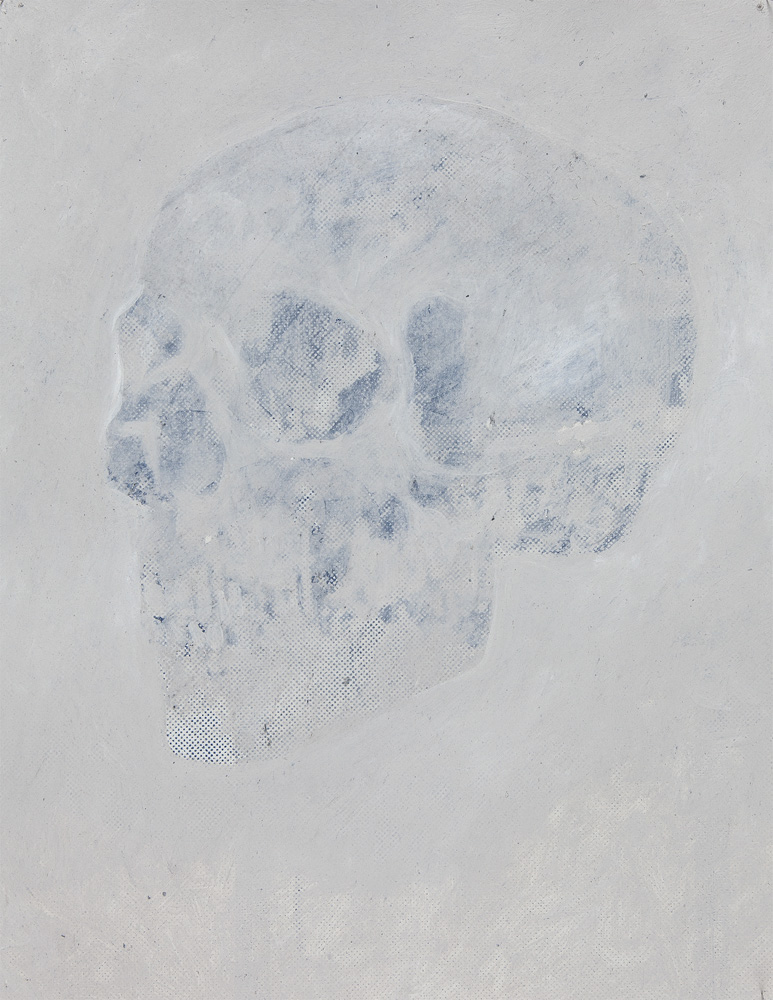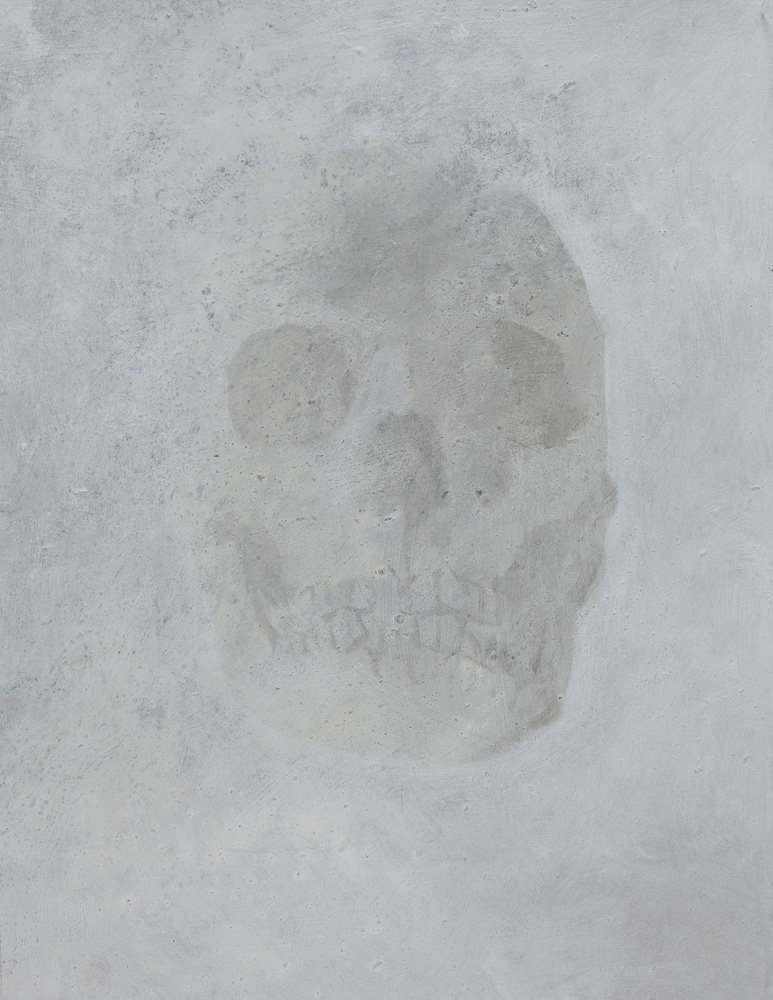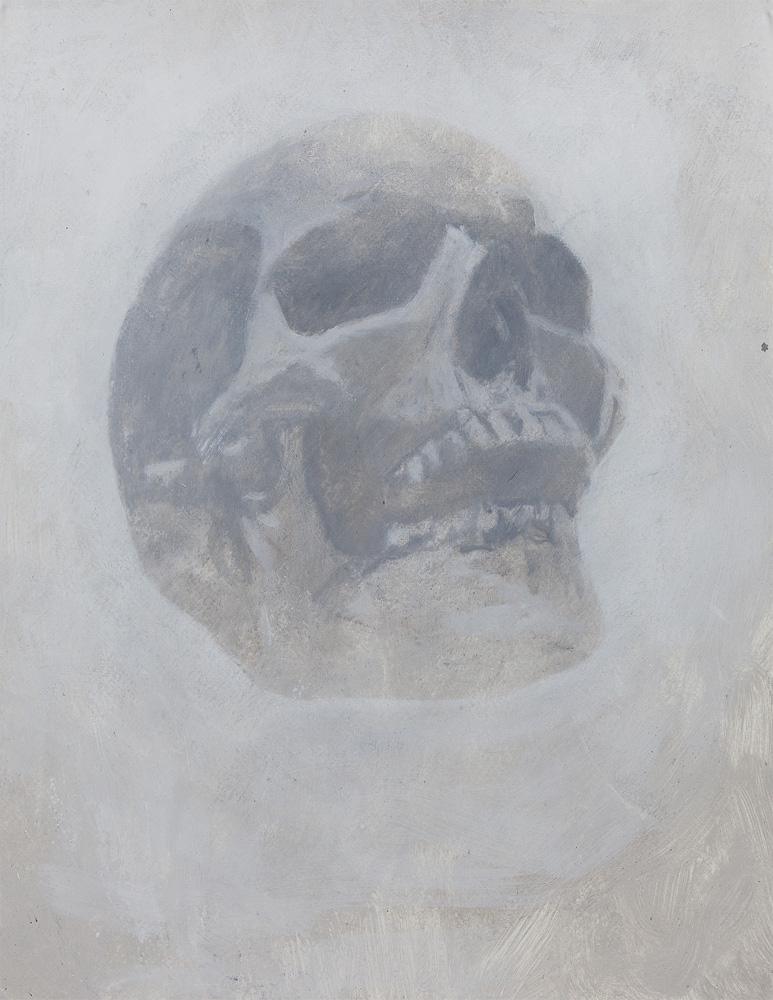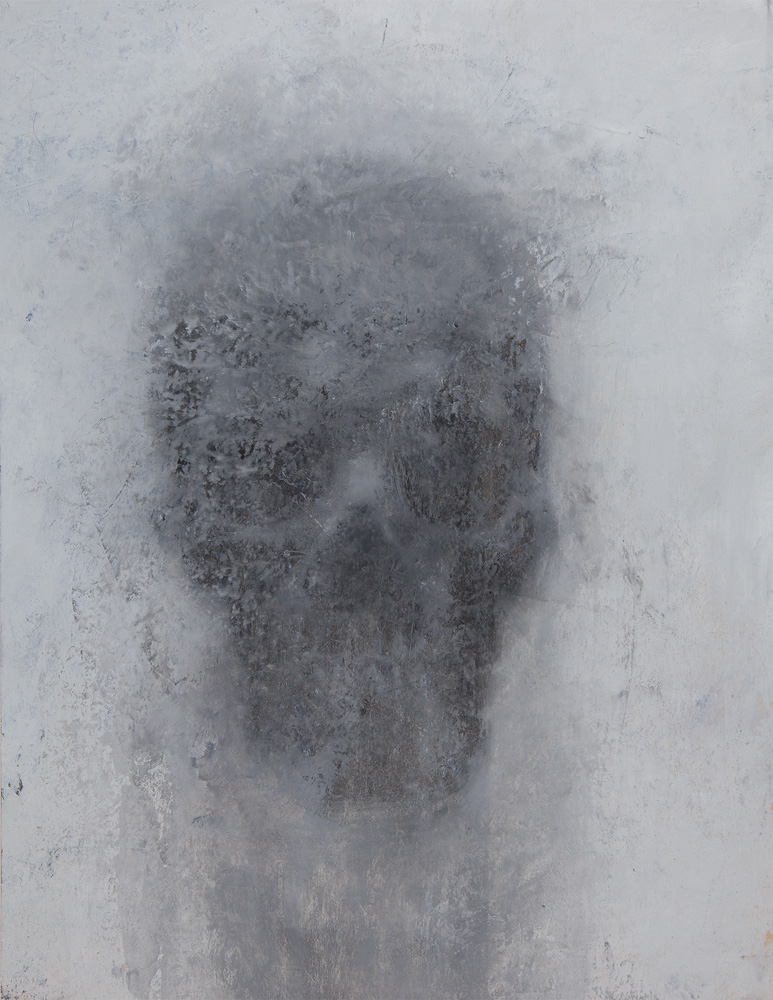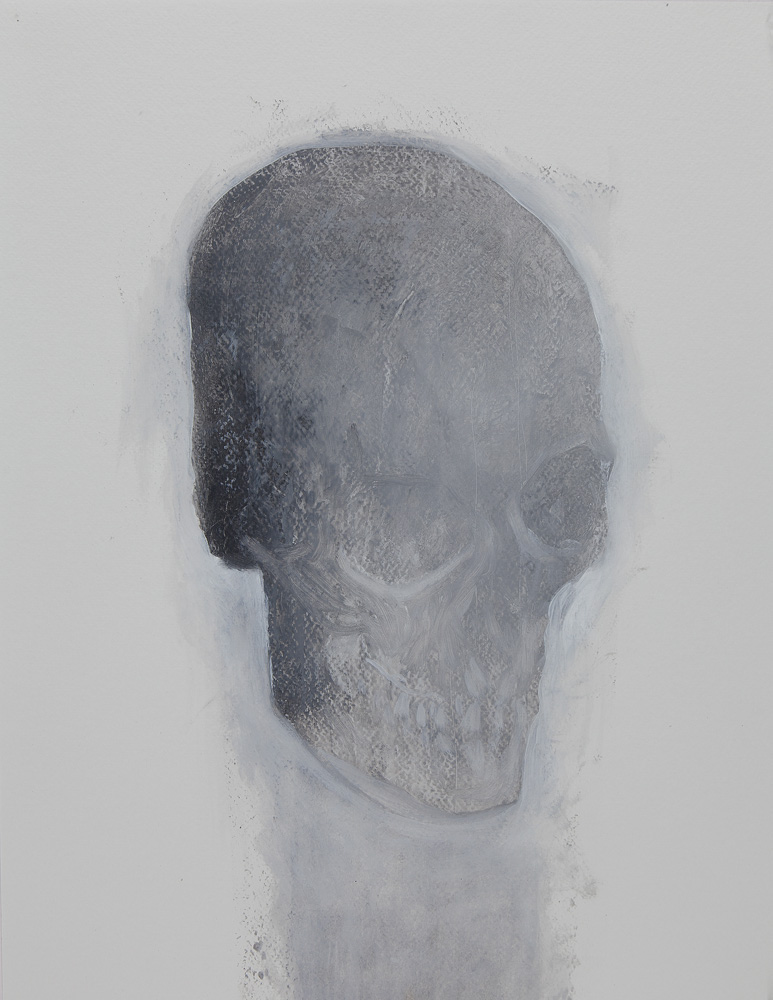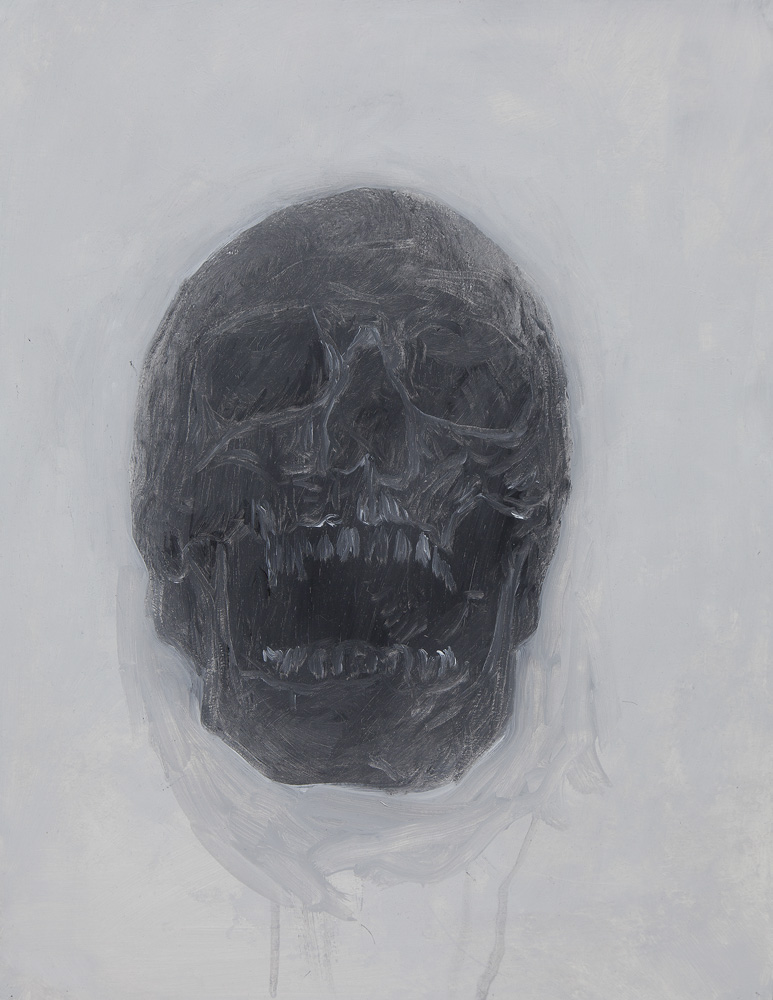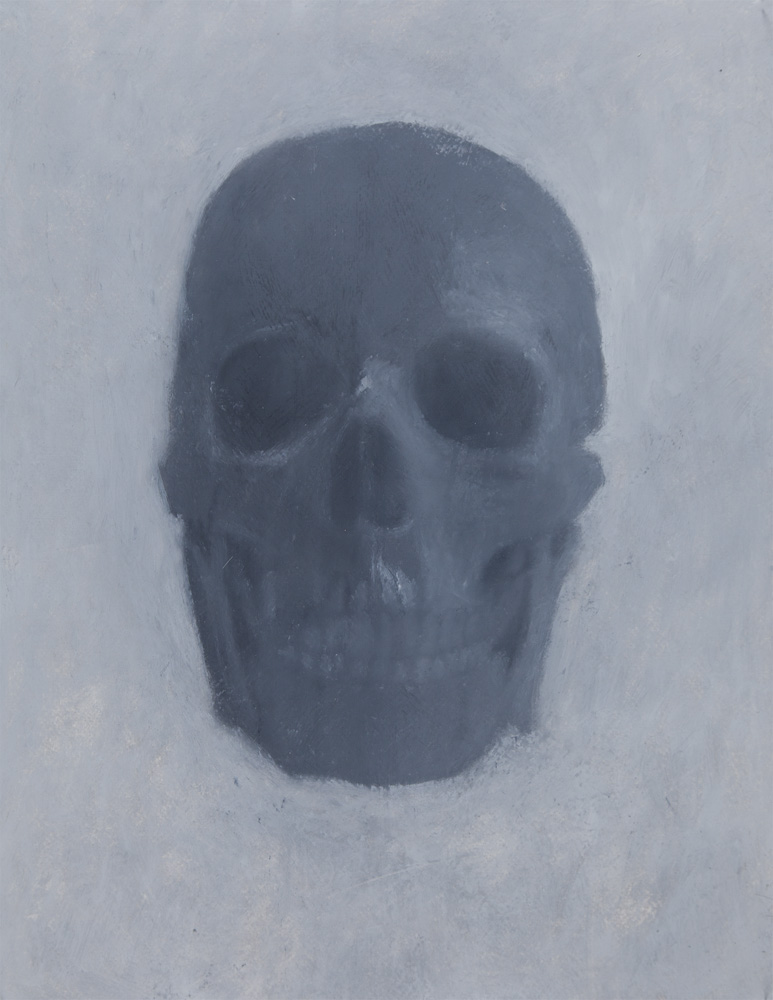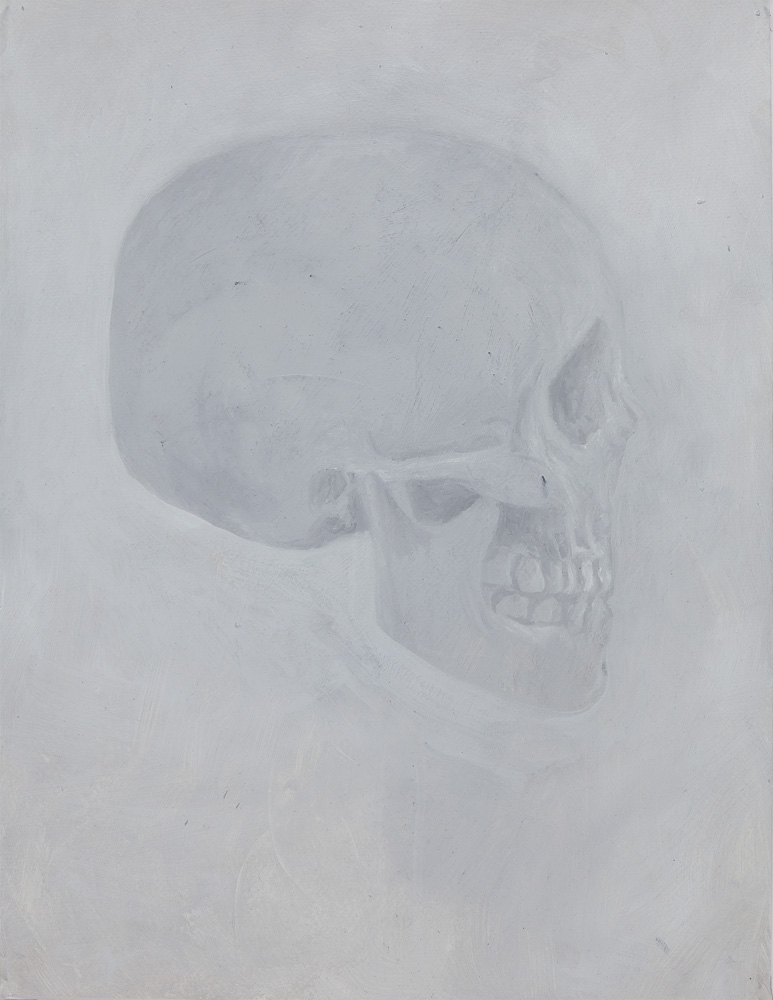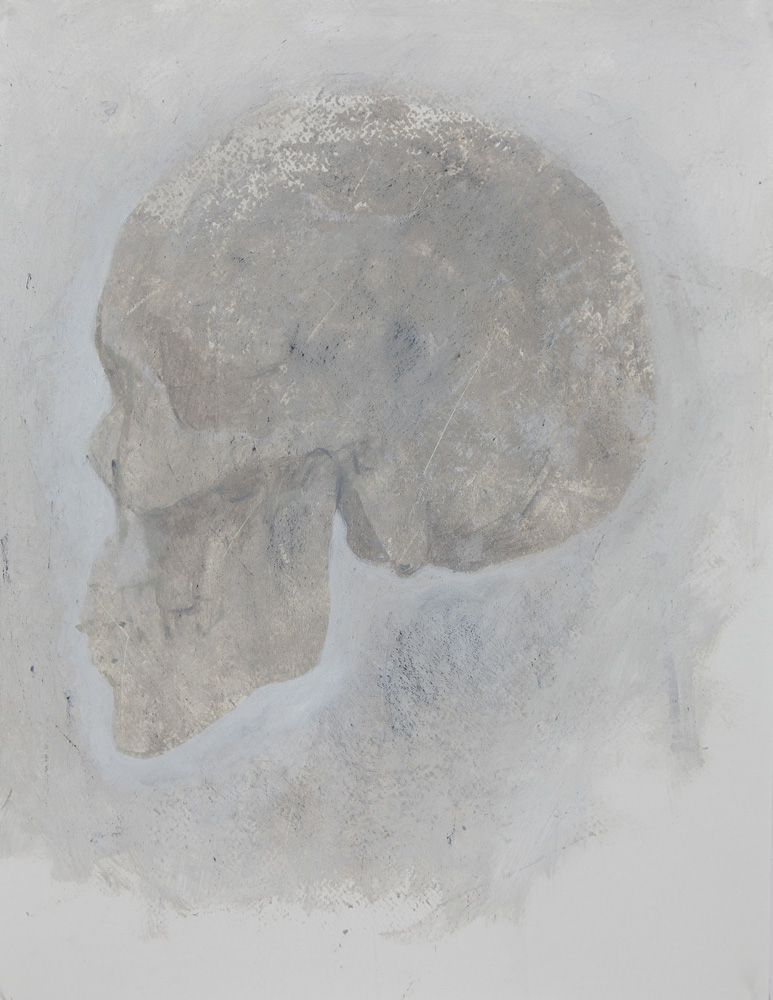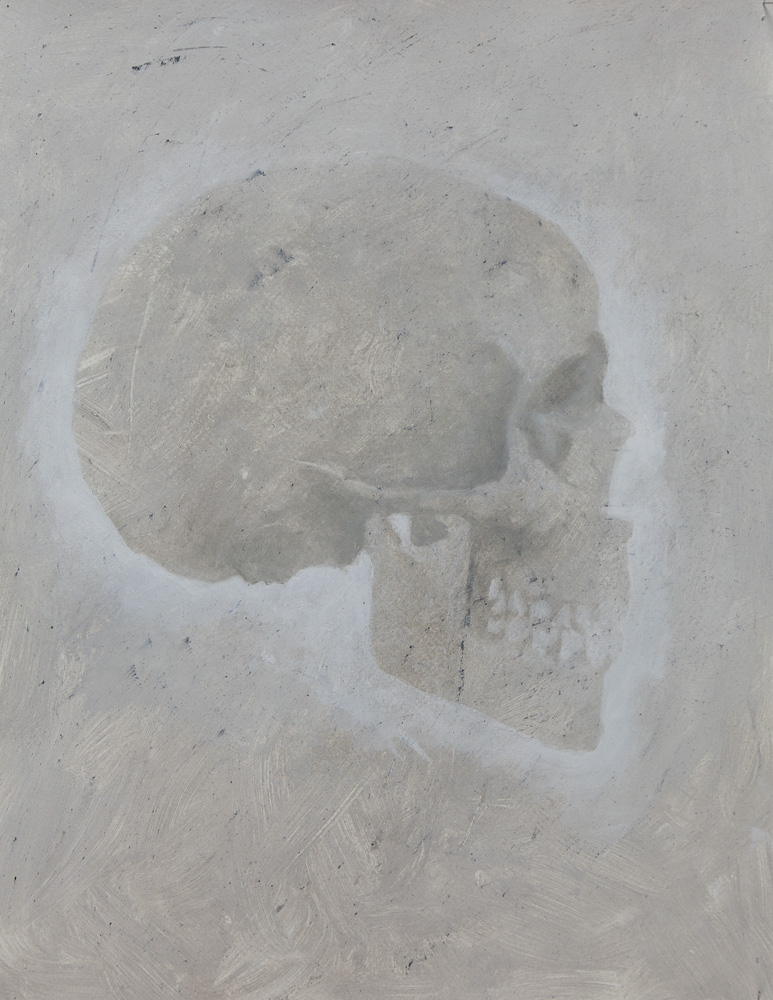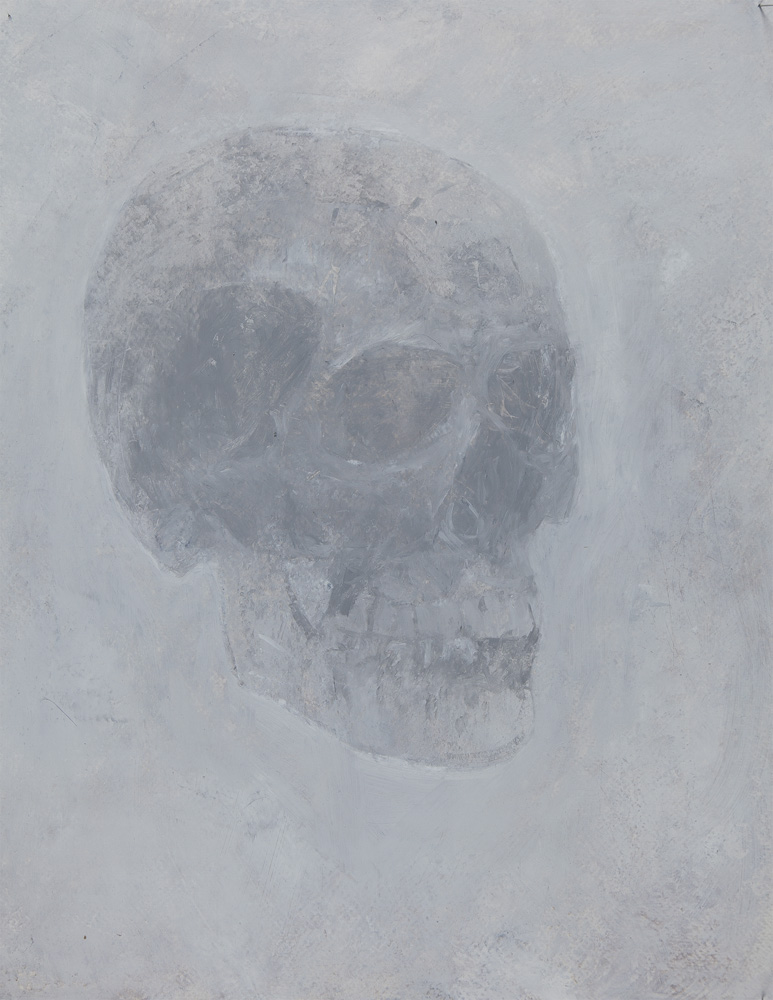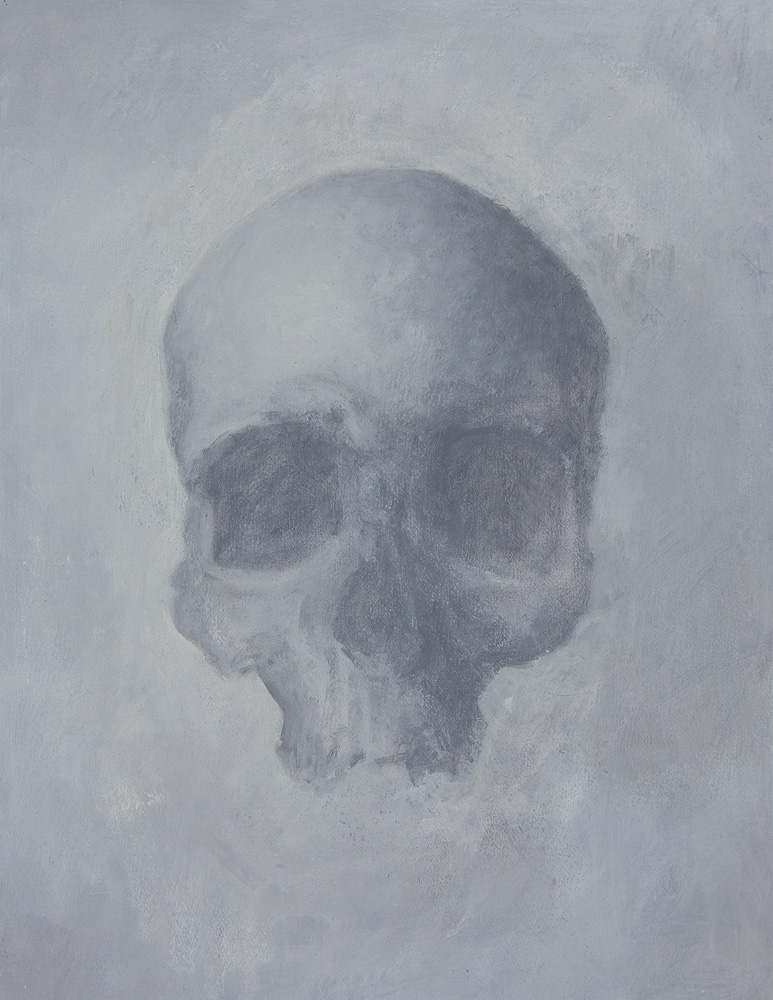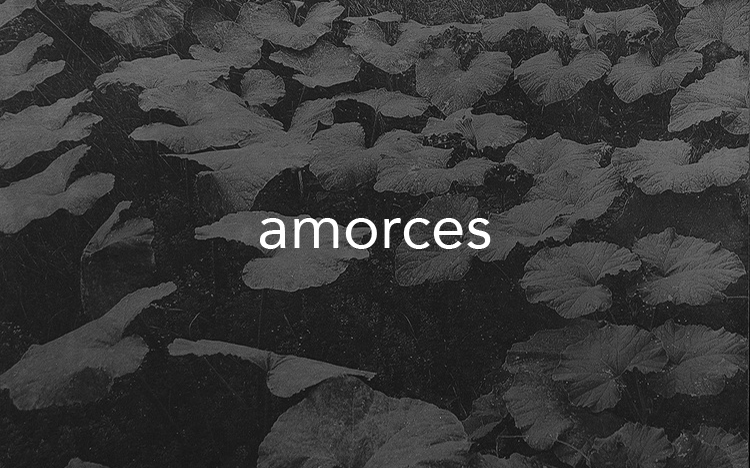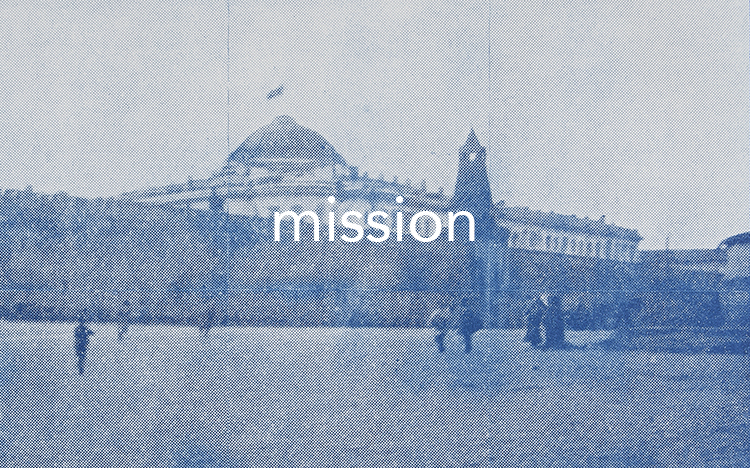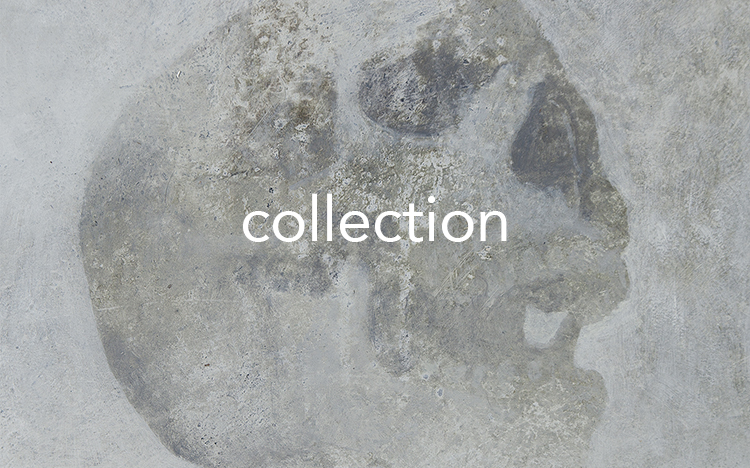gm project evokes the course and drift of George Montandon, doctor, anthropologist and explorer Swiss-French, born in Cortaillod in Switzerland on April 19, 1879, died in August 1944, shot by the Resistance. A supporter of the Bolshevik Revolution and a member of the Swiss Communist Party around 1920, he later became a theorist of scientific racism, an inspiration for Celine, a collaborator and an anti-Semite.
![]()
![]()
![]()
![]()
![]()
![]()
![]()
gm project, 2019
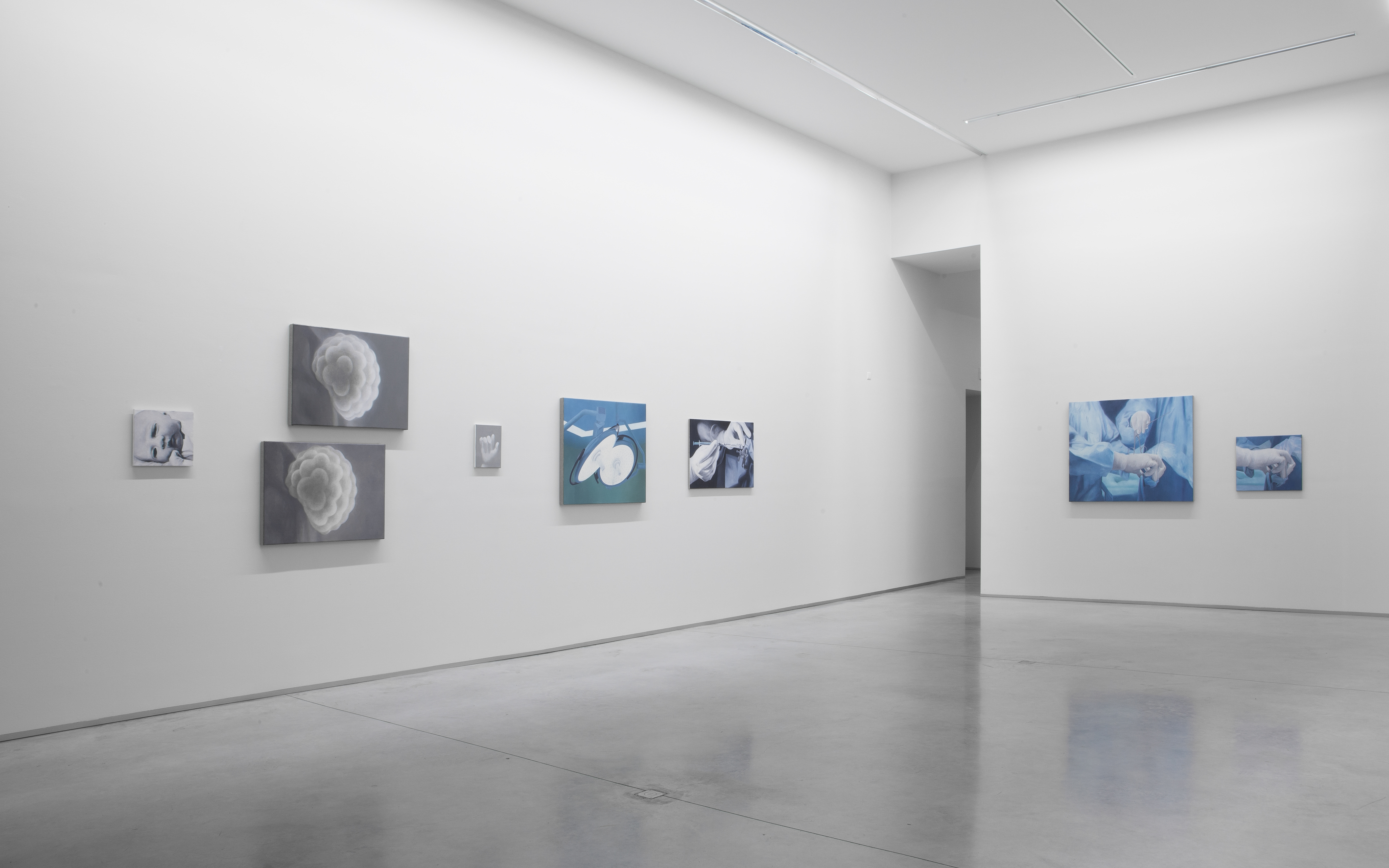
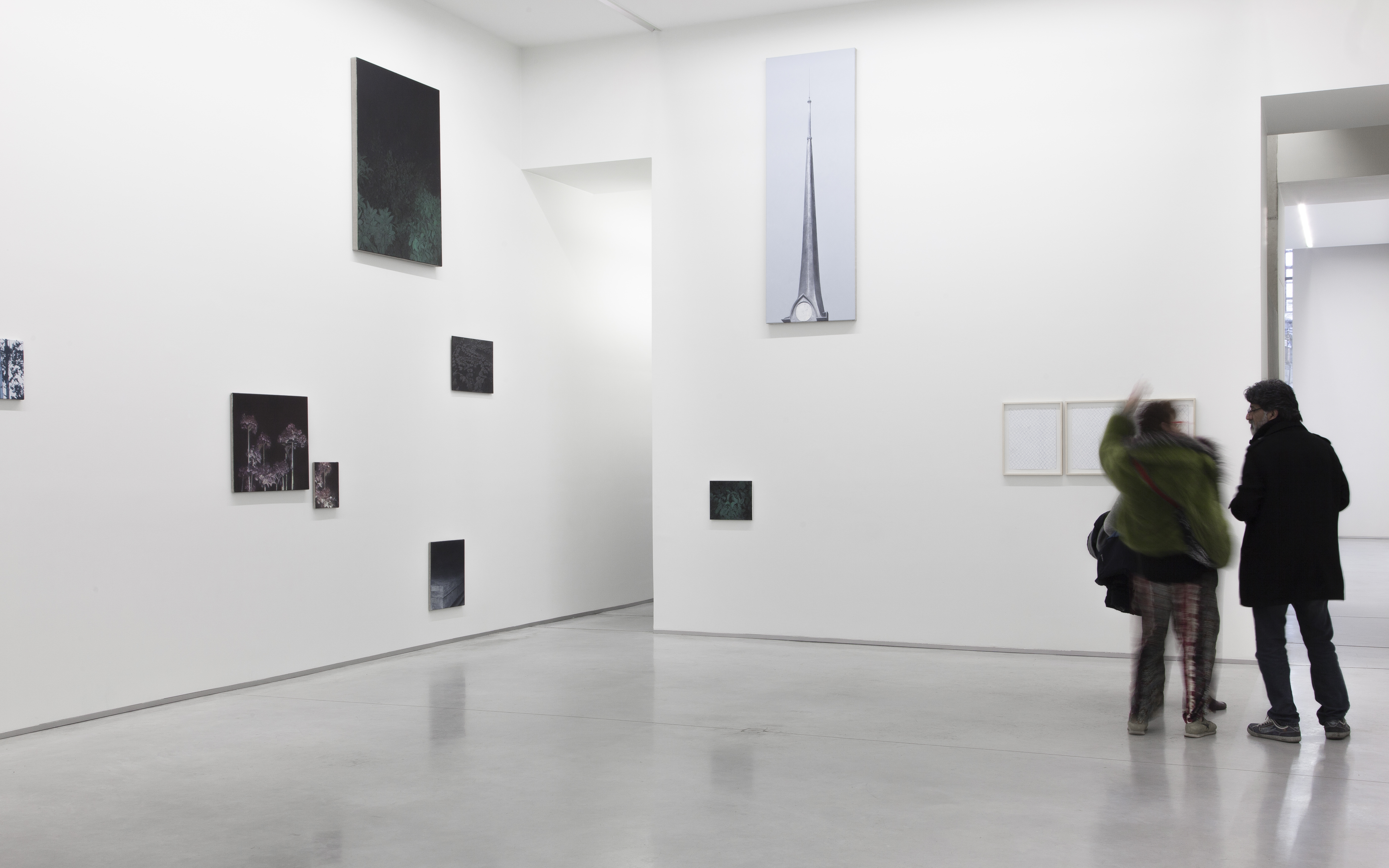
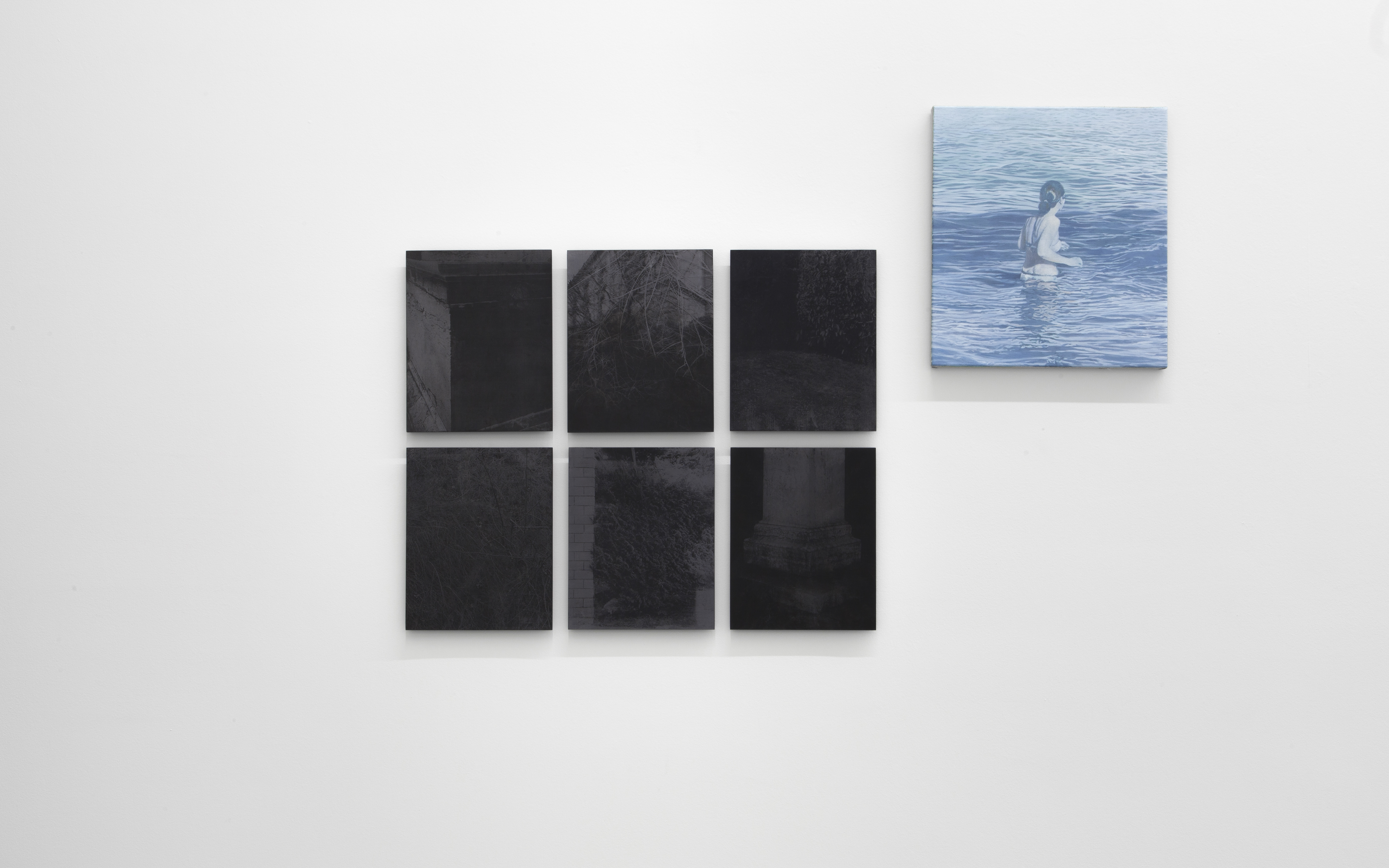
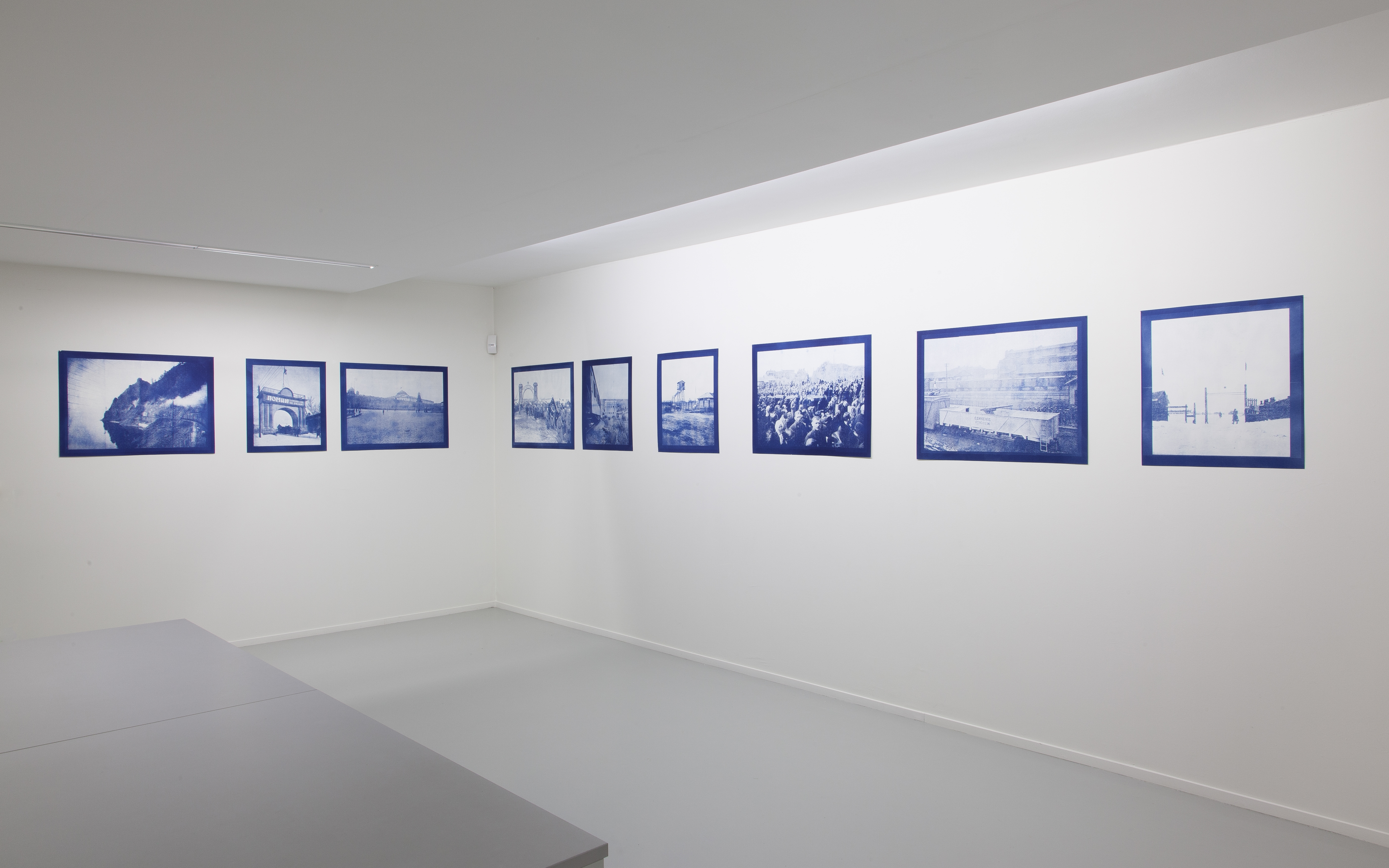
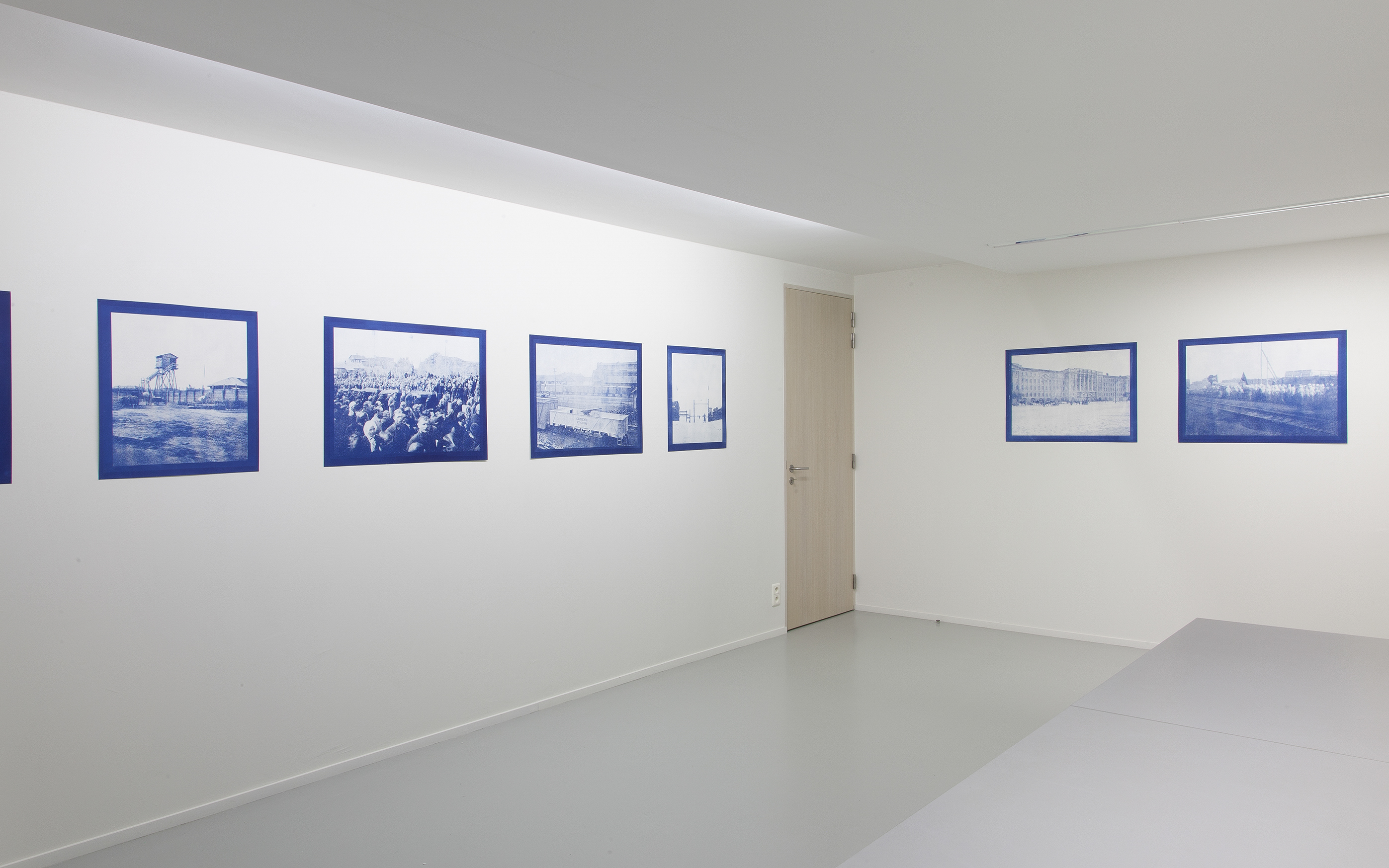
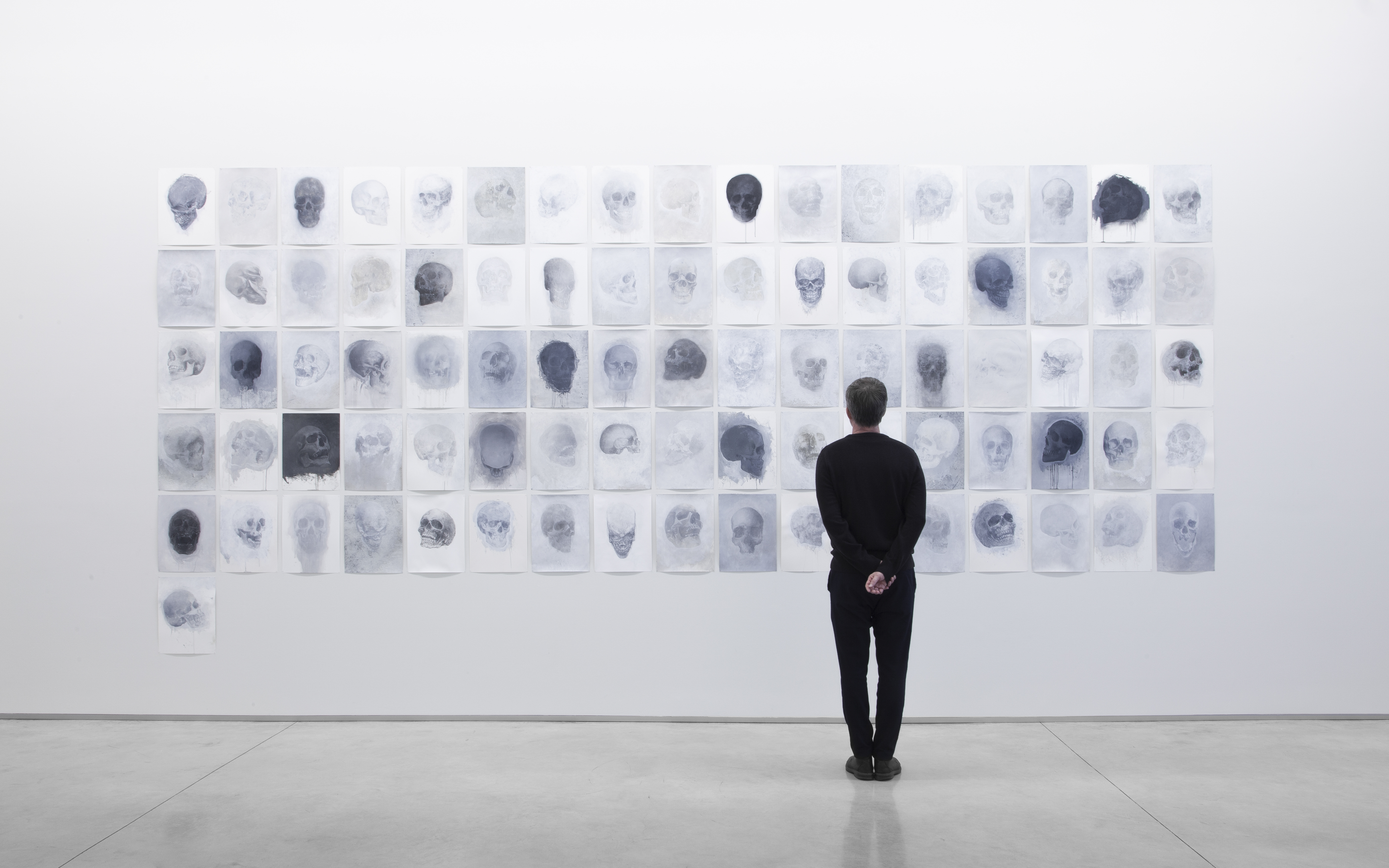
Galerie Triangle Bleu, Stavelot, Belgique
gm project ⏤ amorces
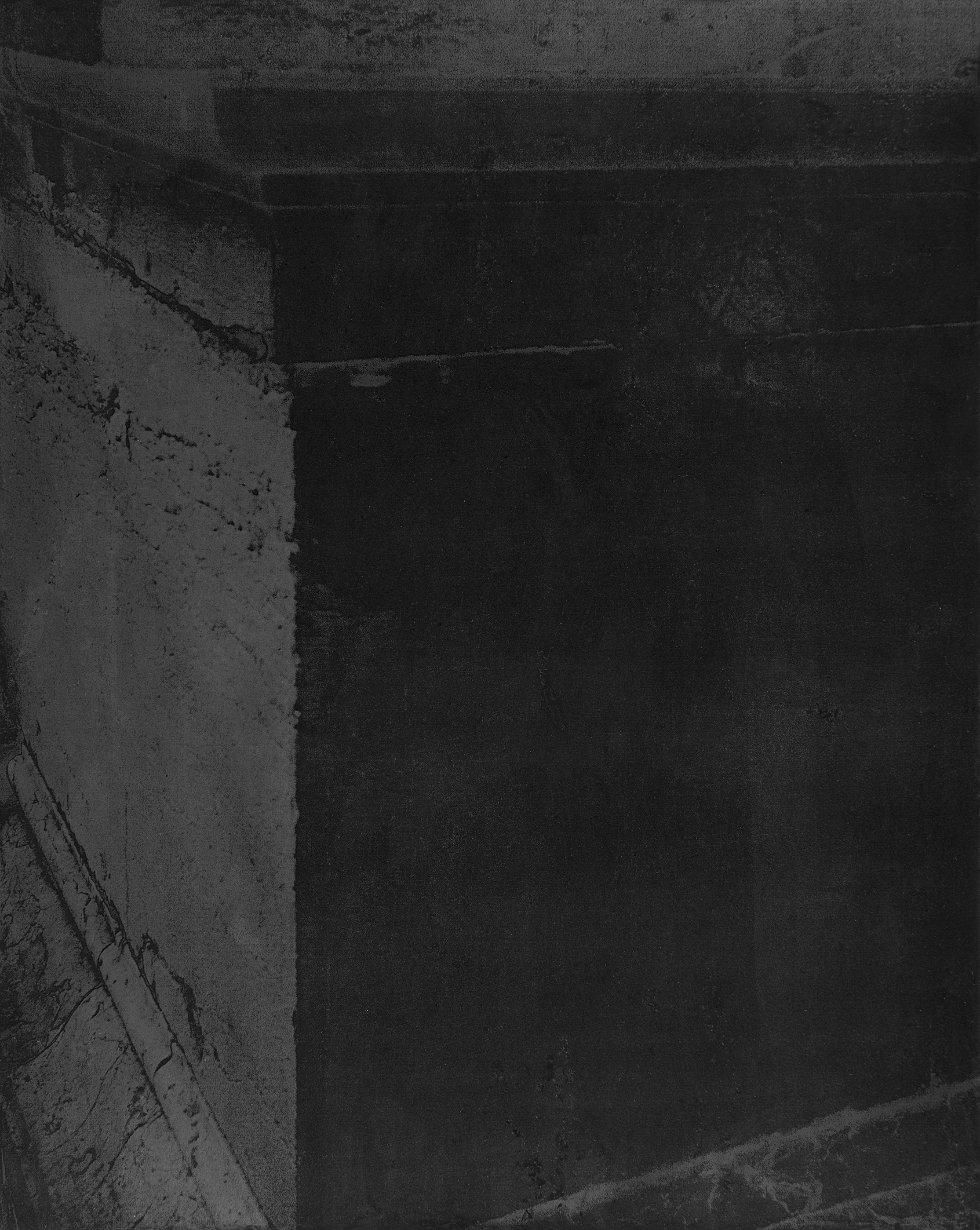


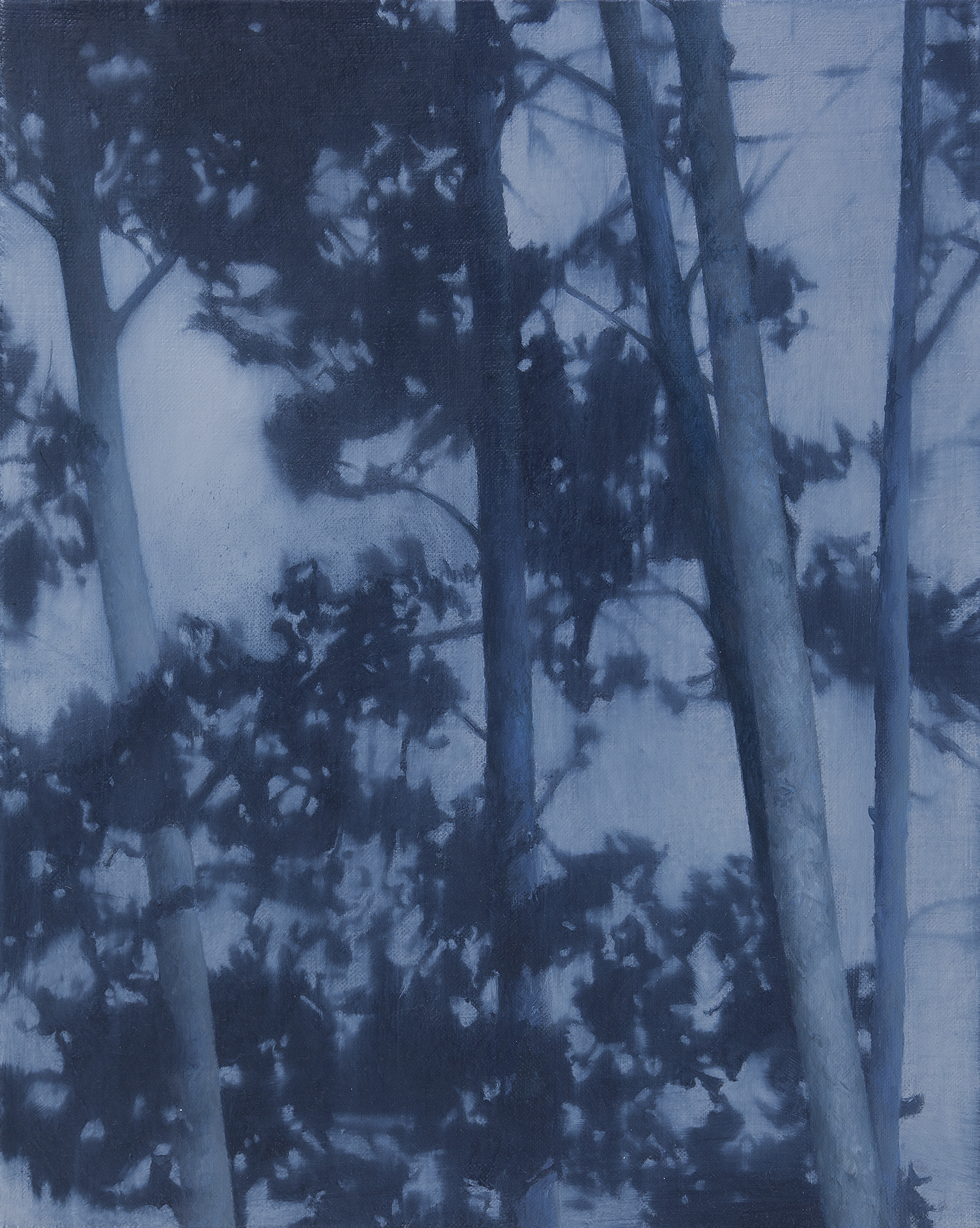
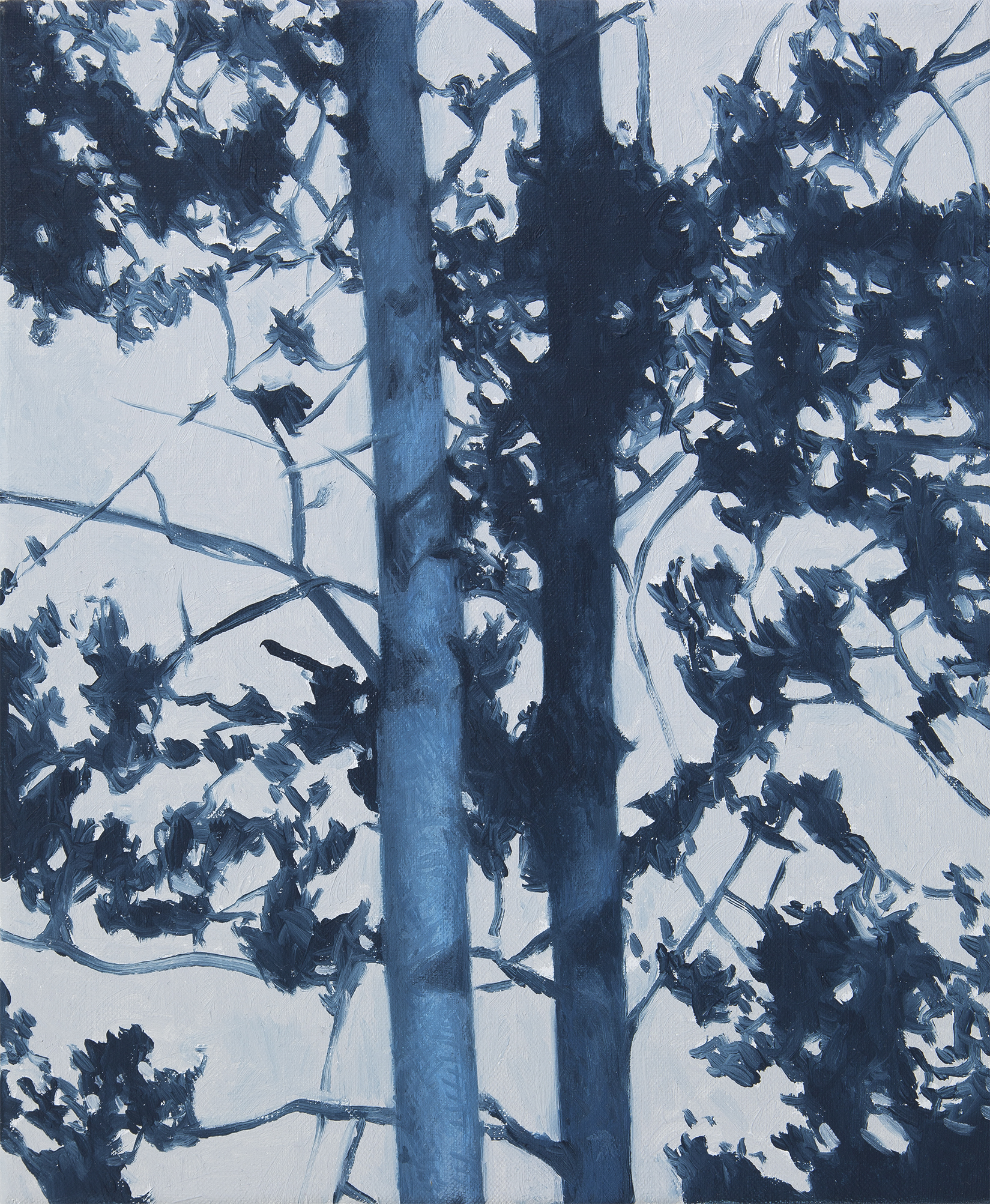
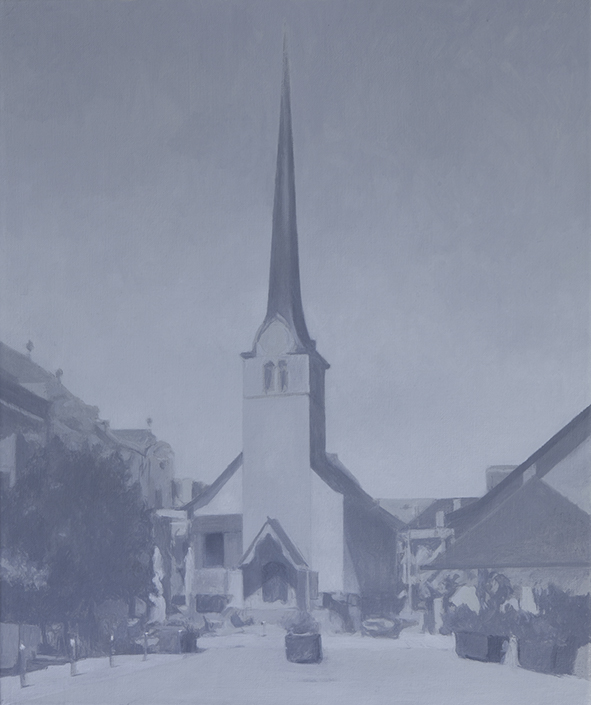




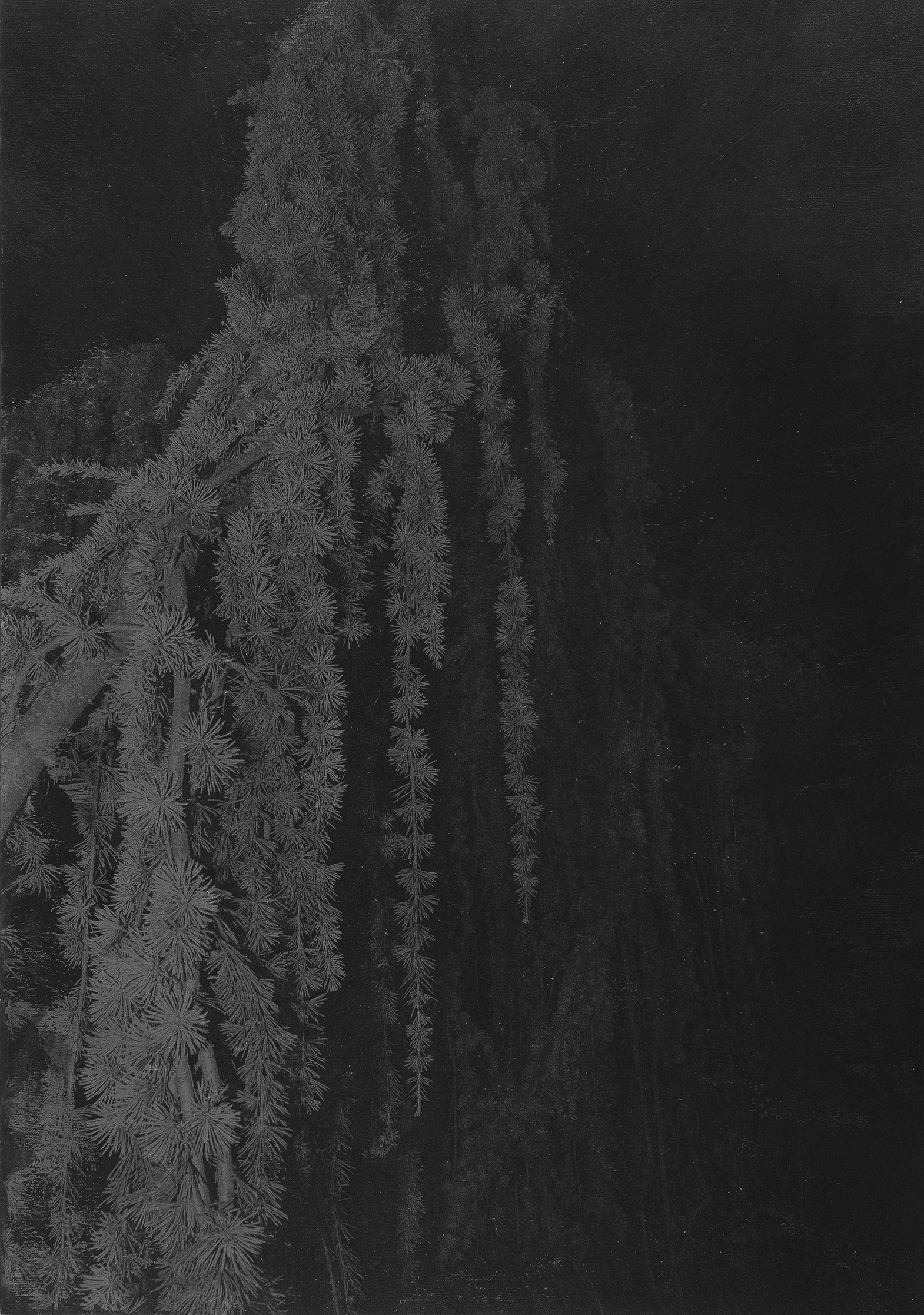

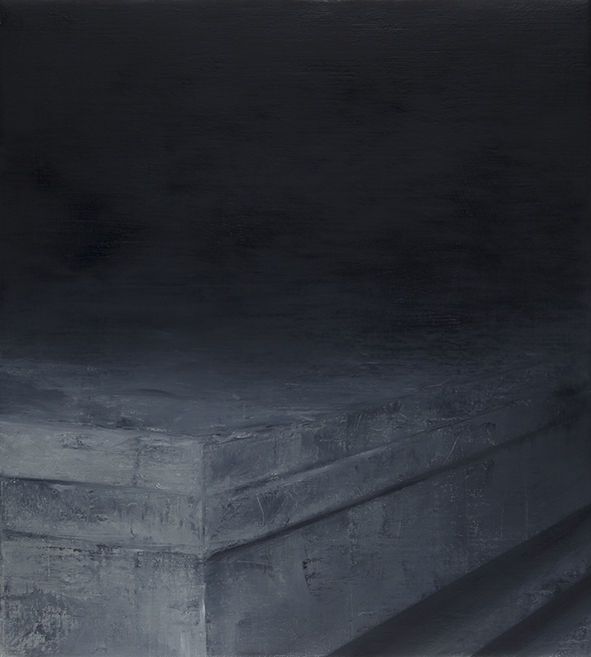
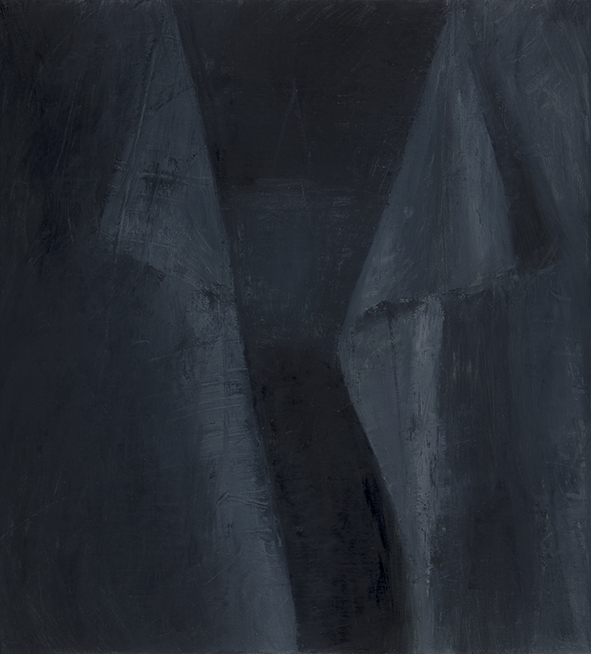
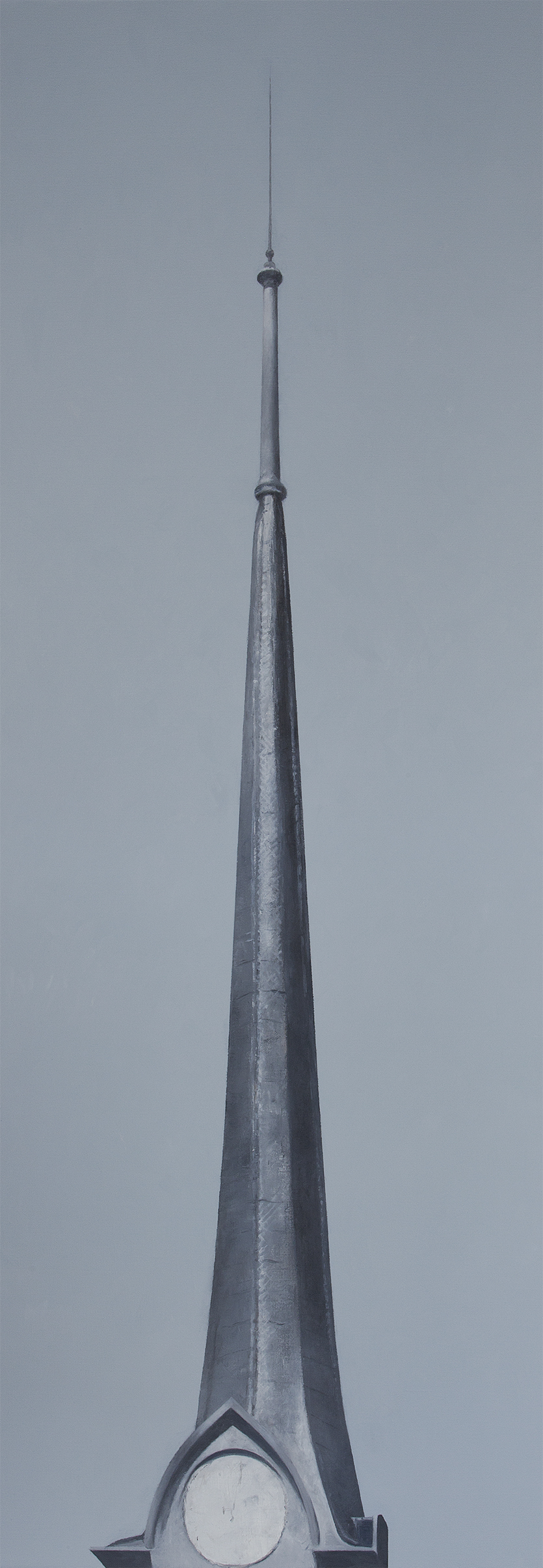


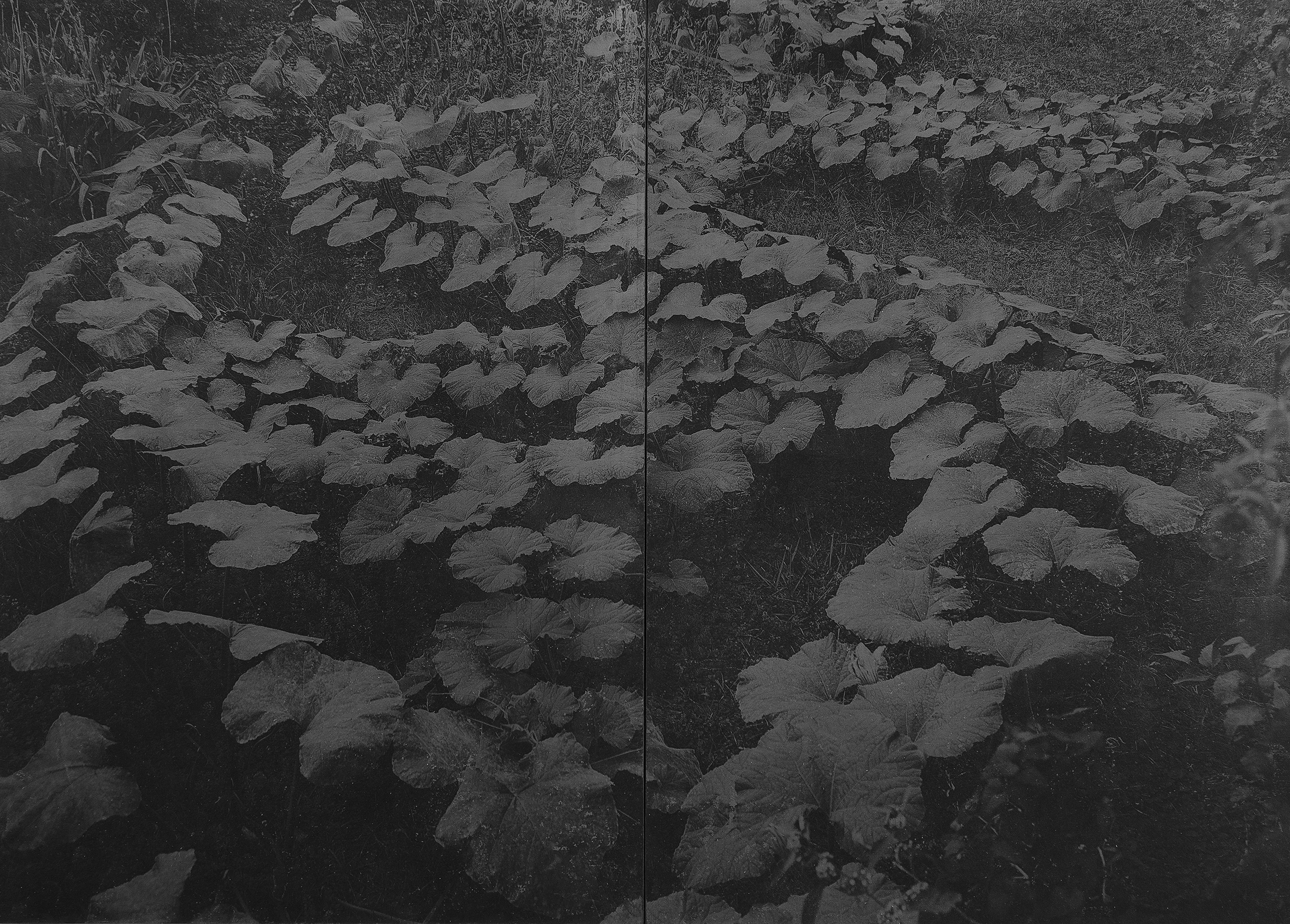
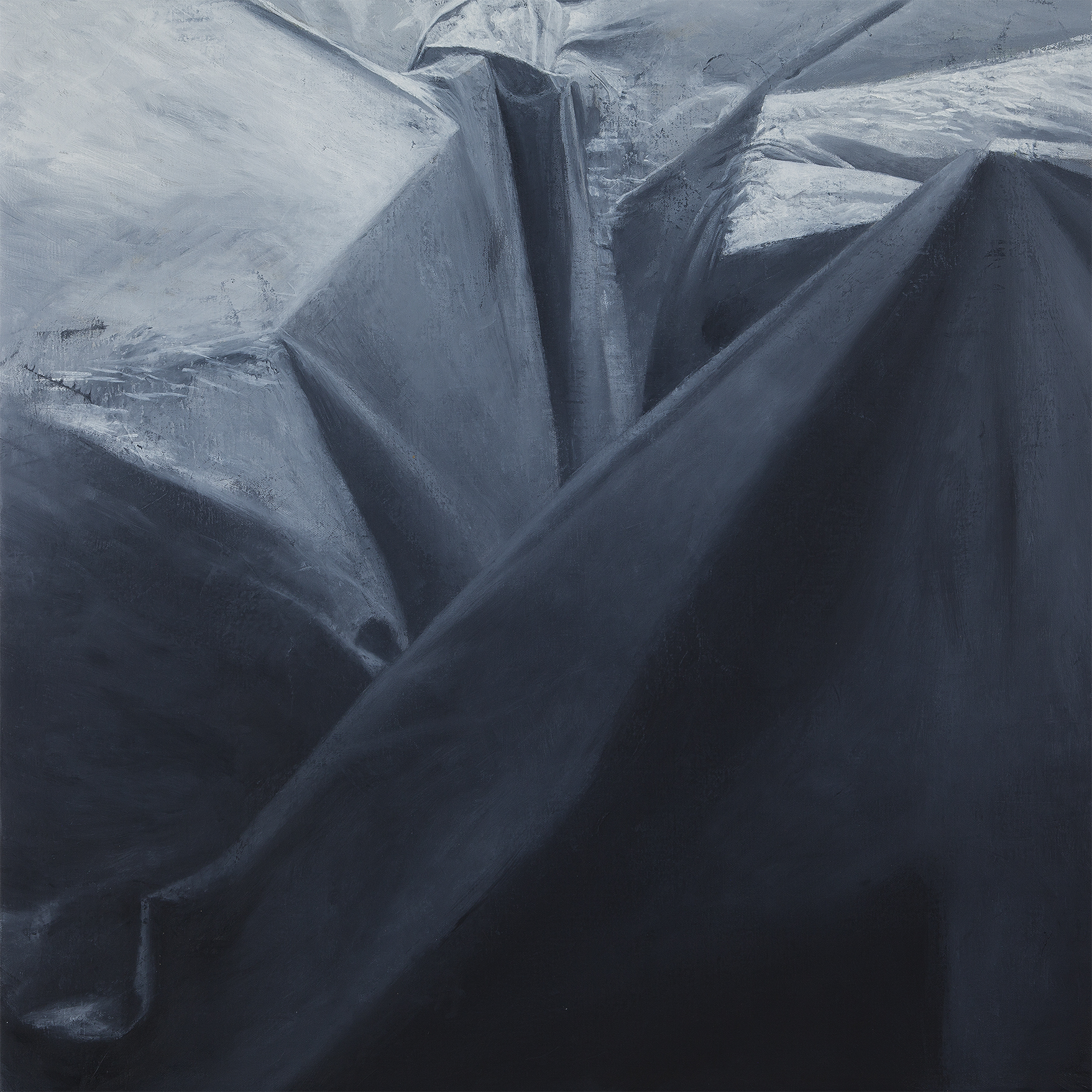

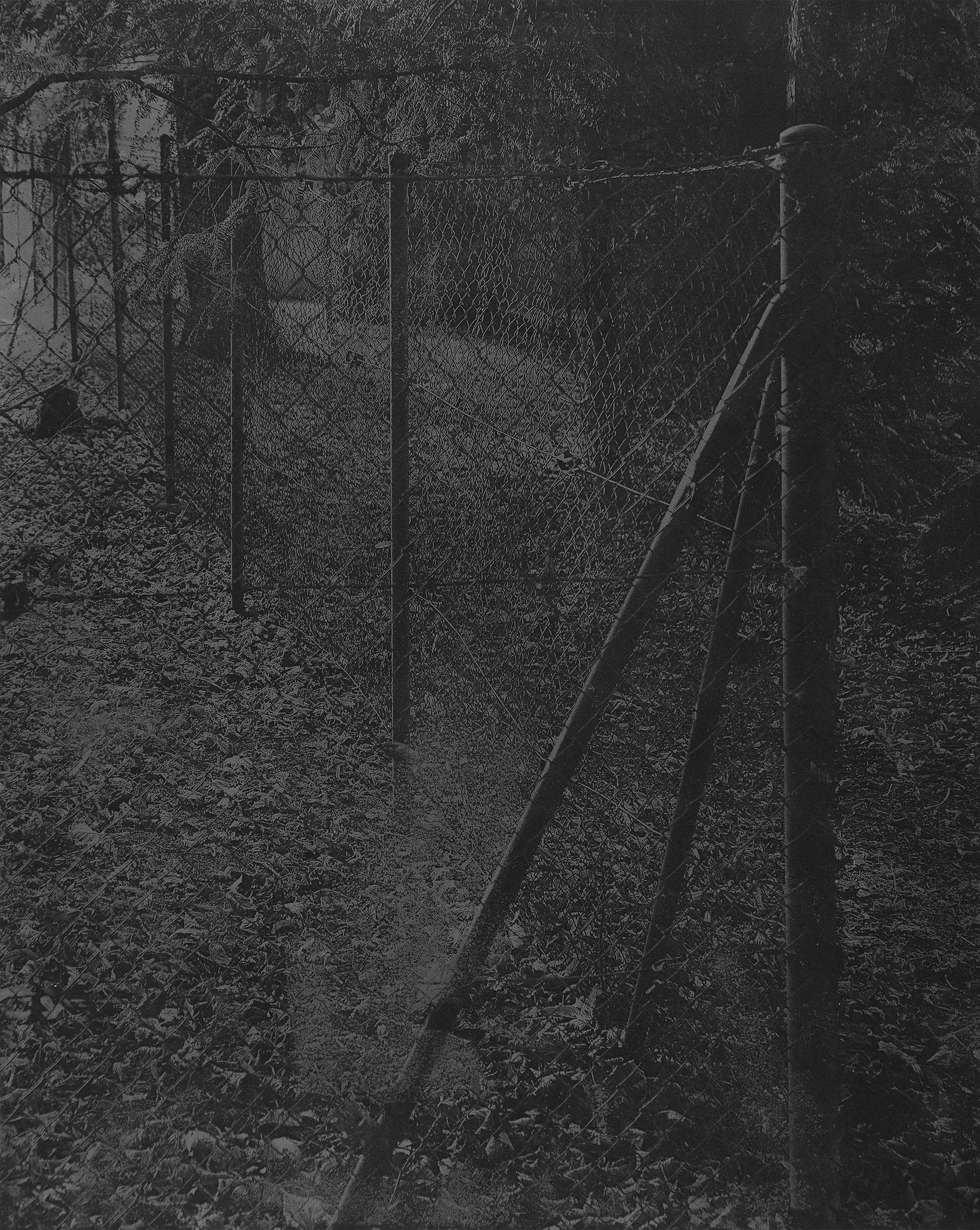
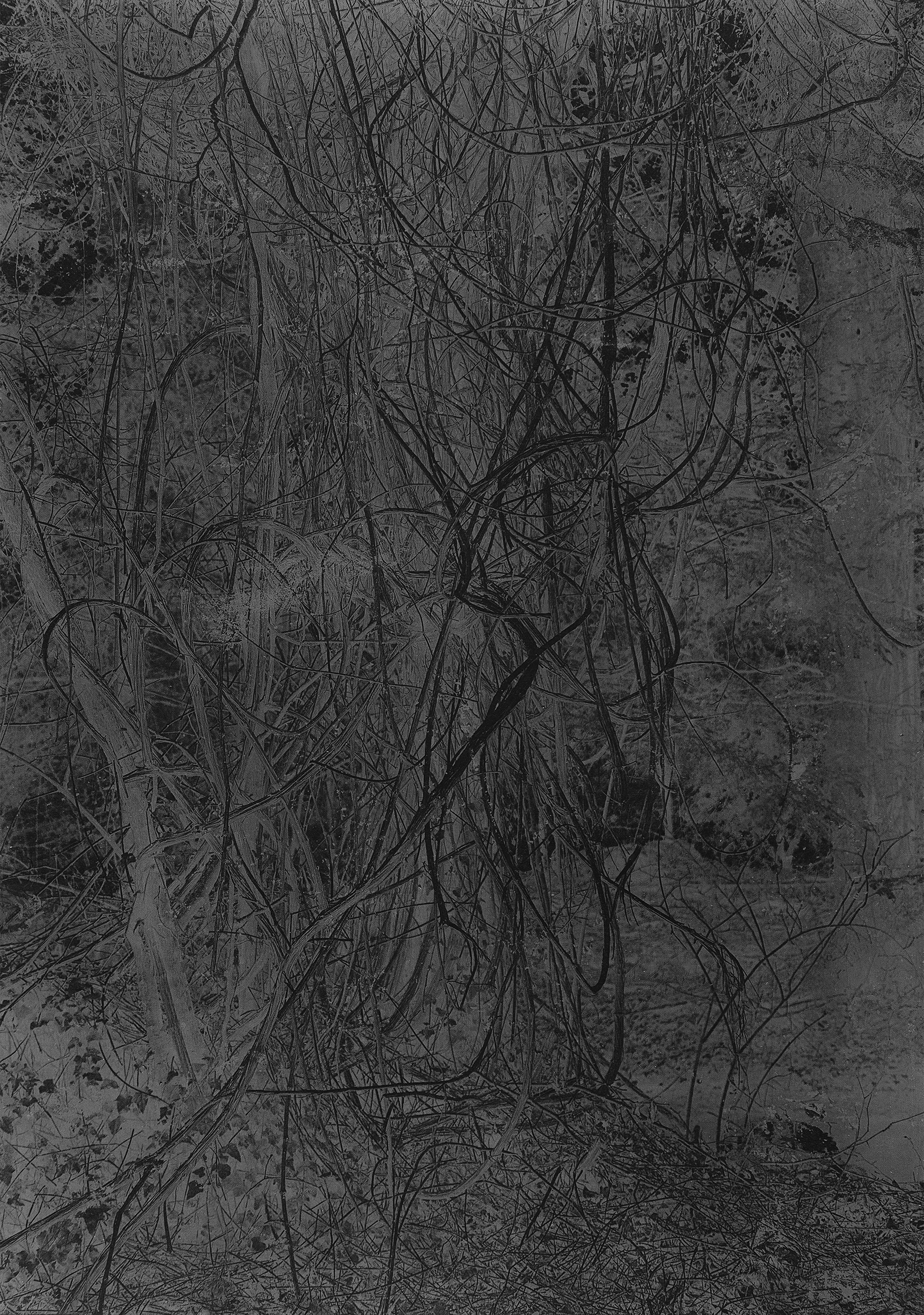
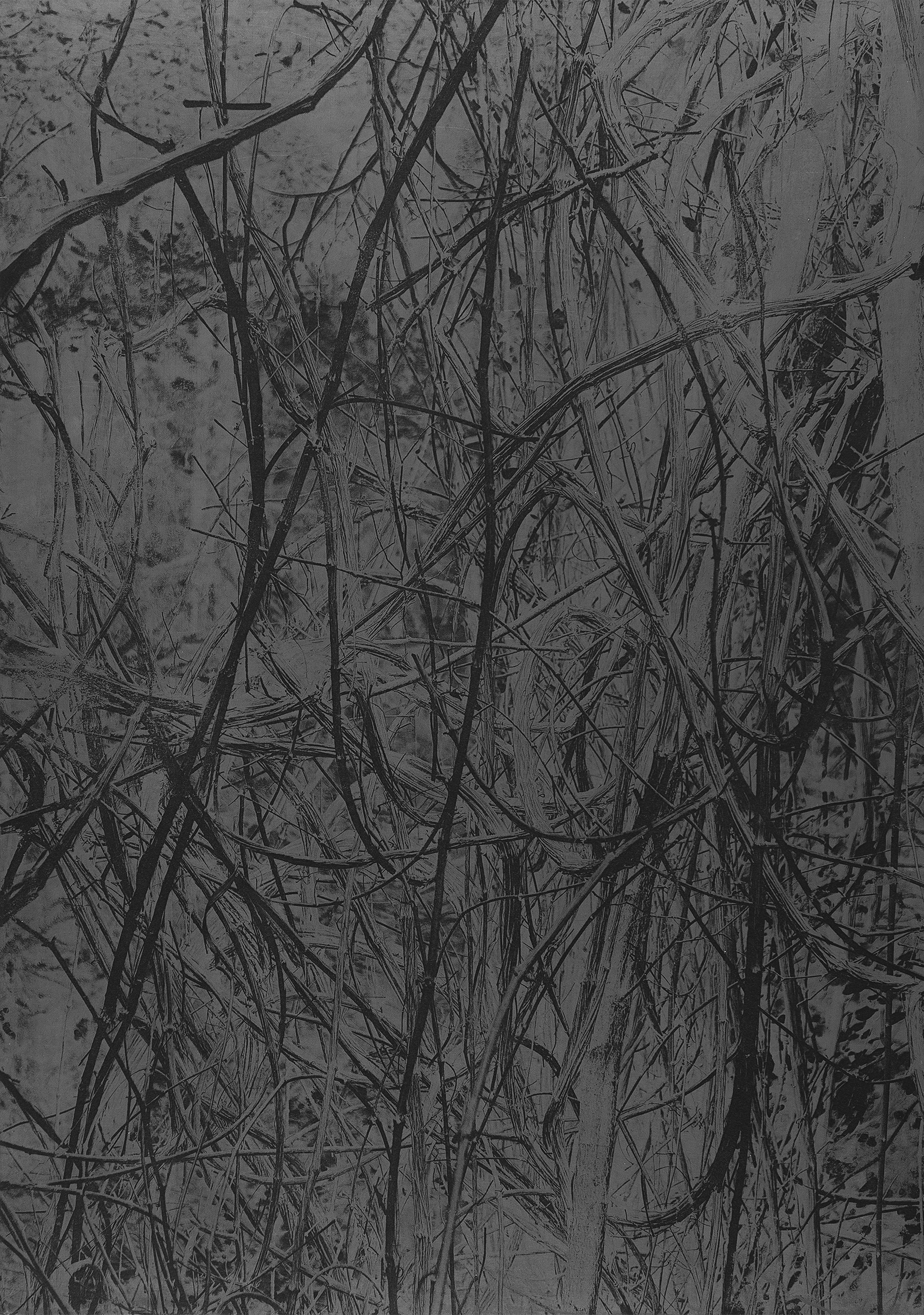
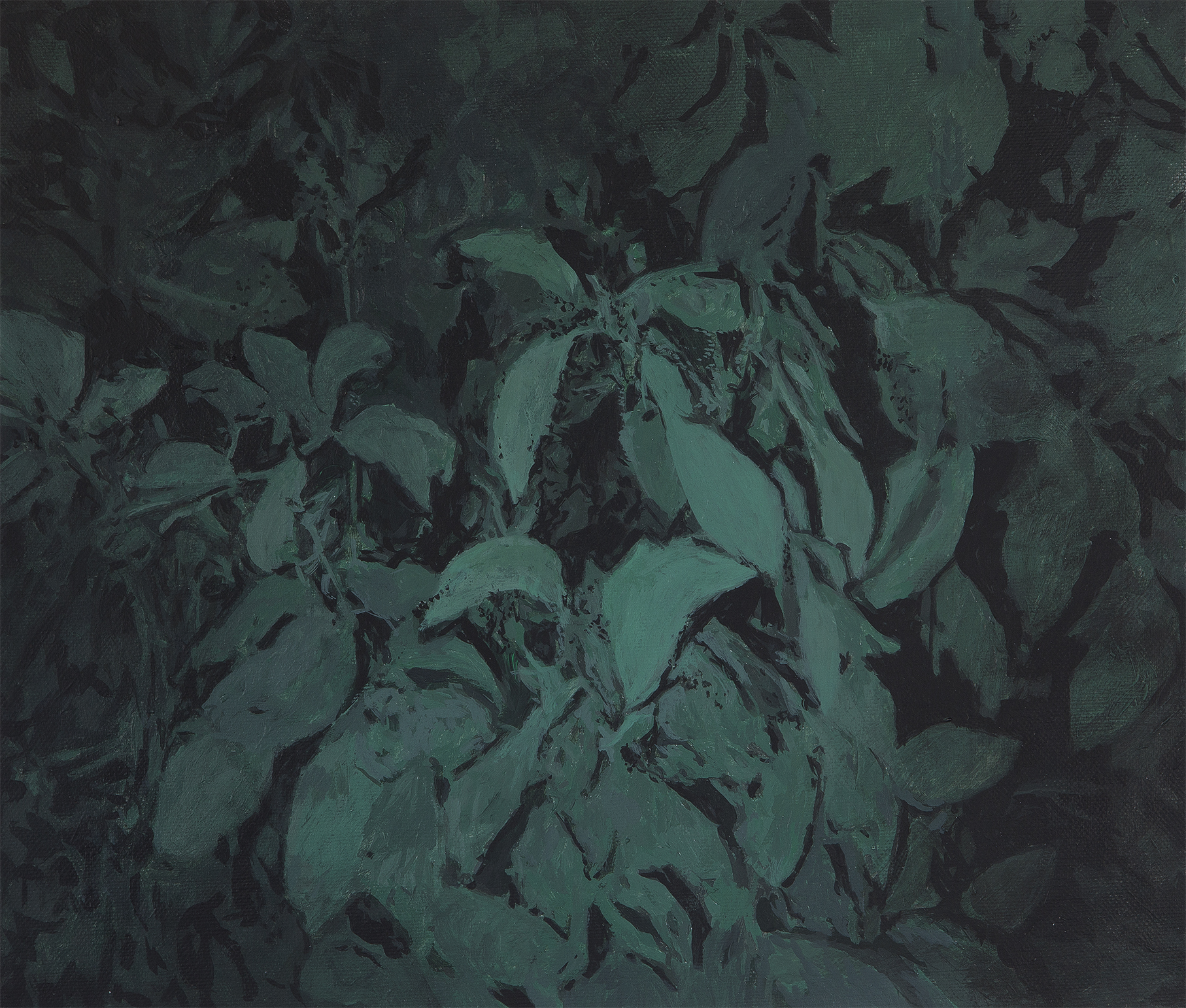
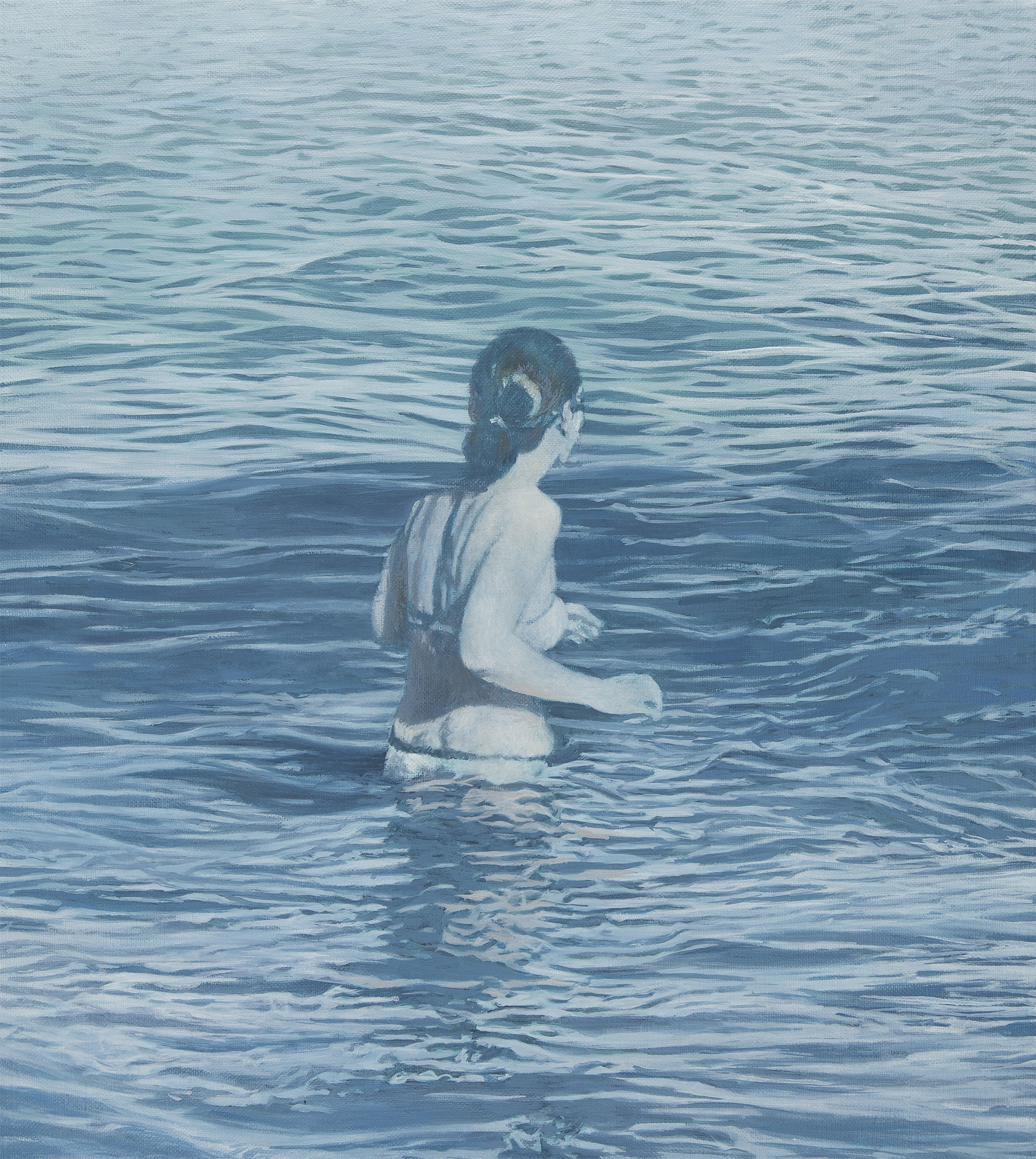
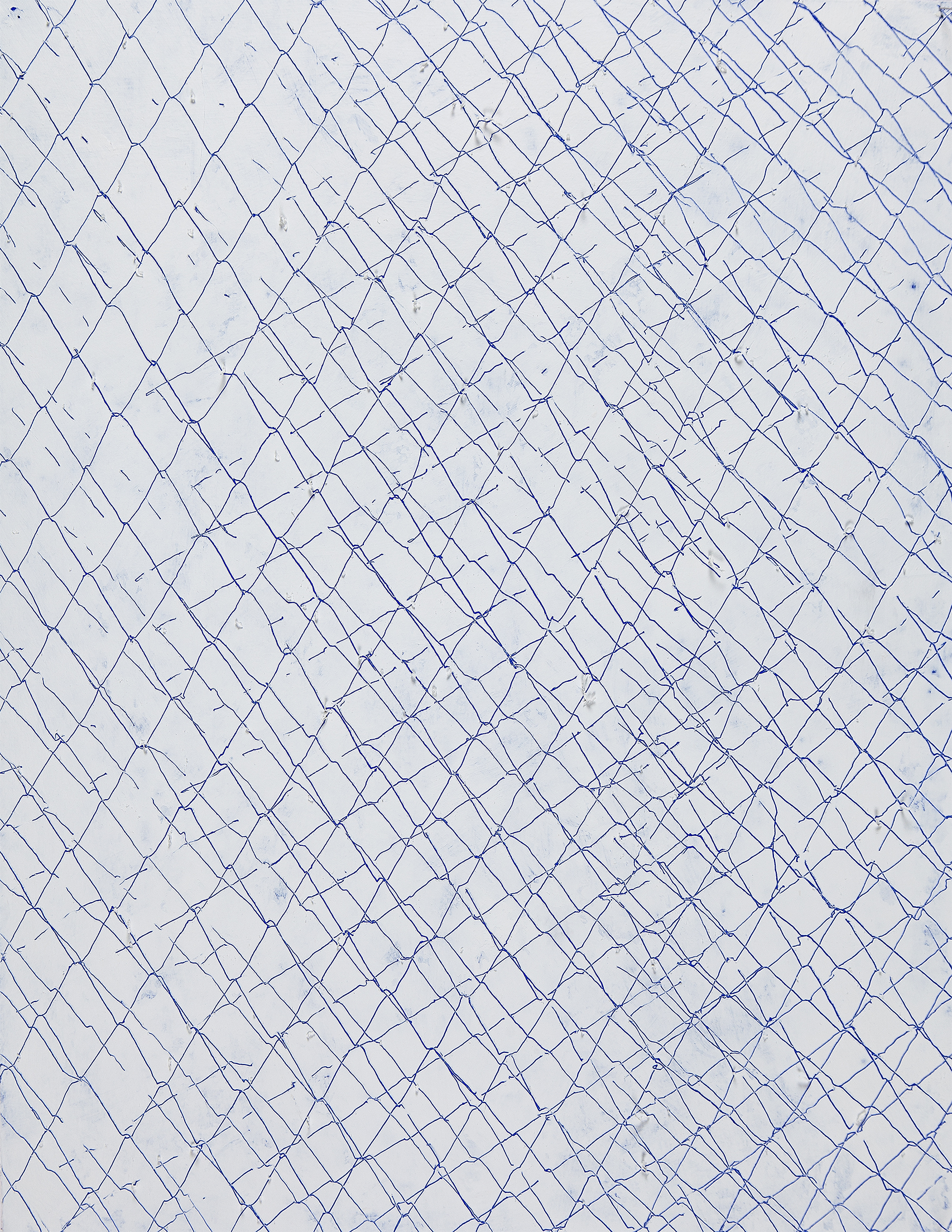
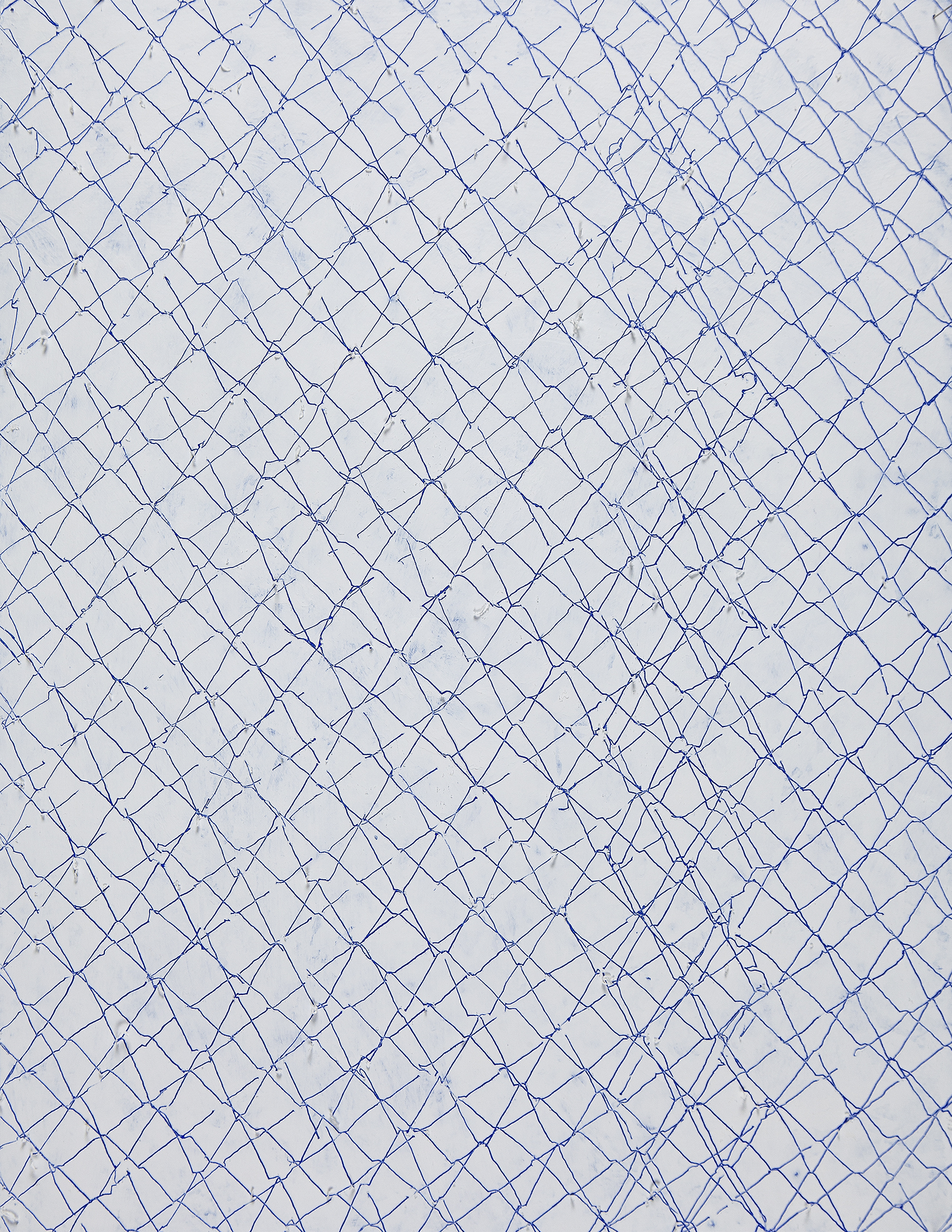

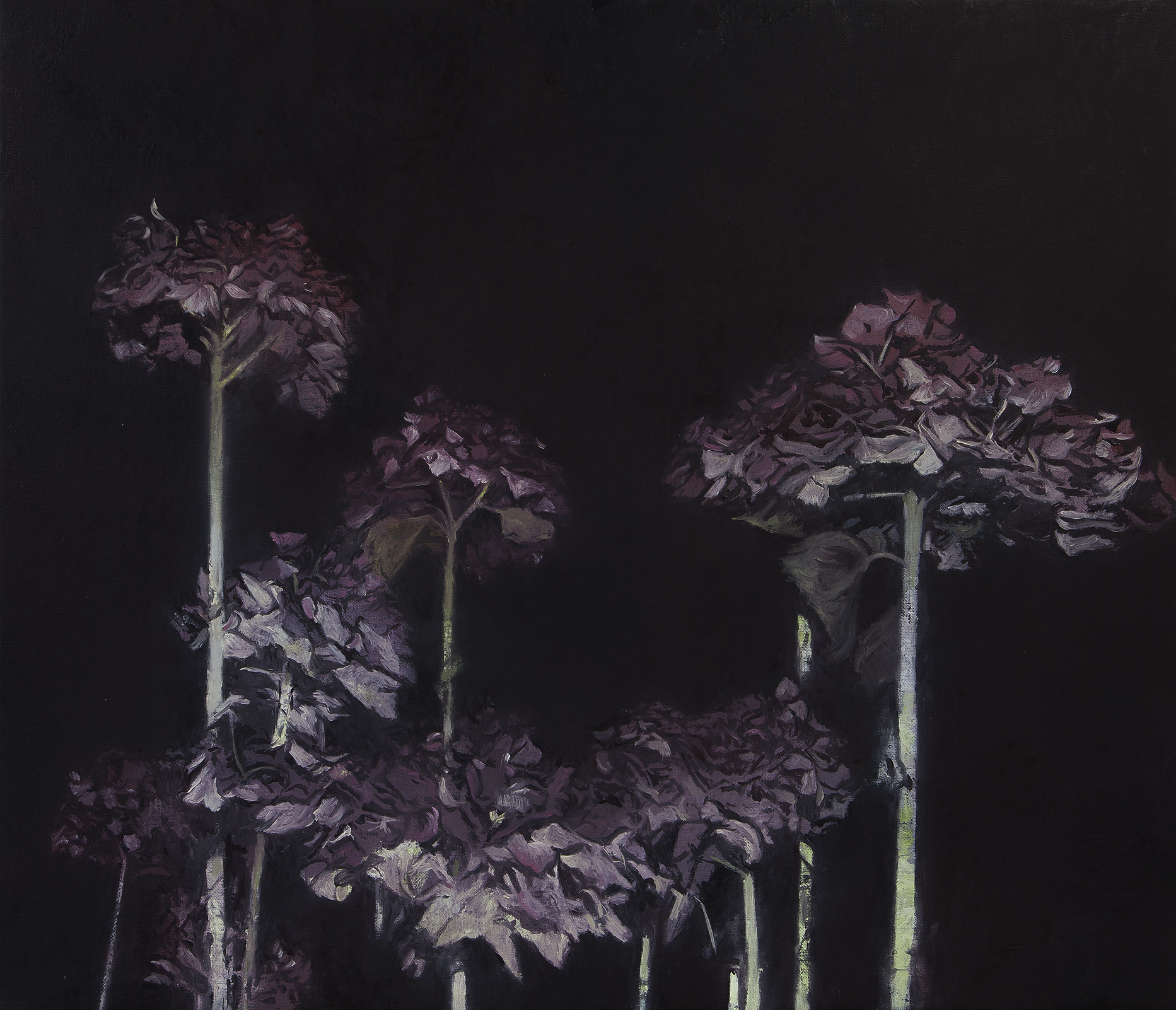
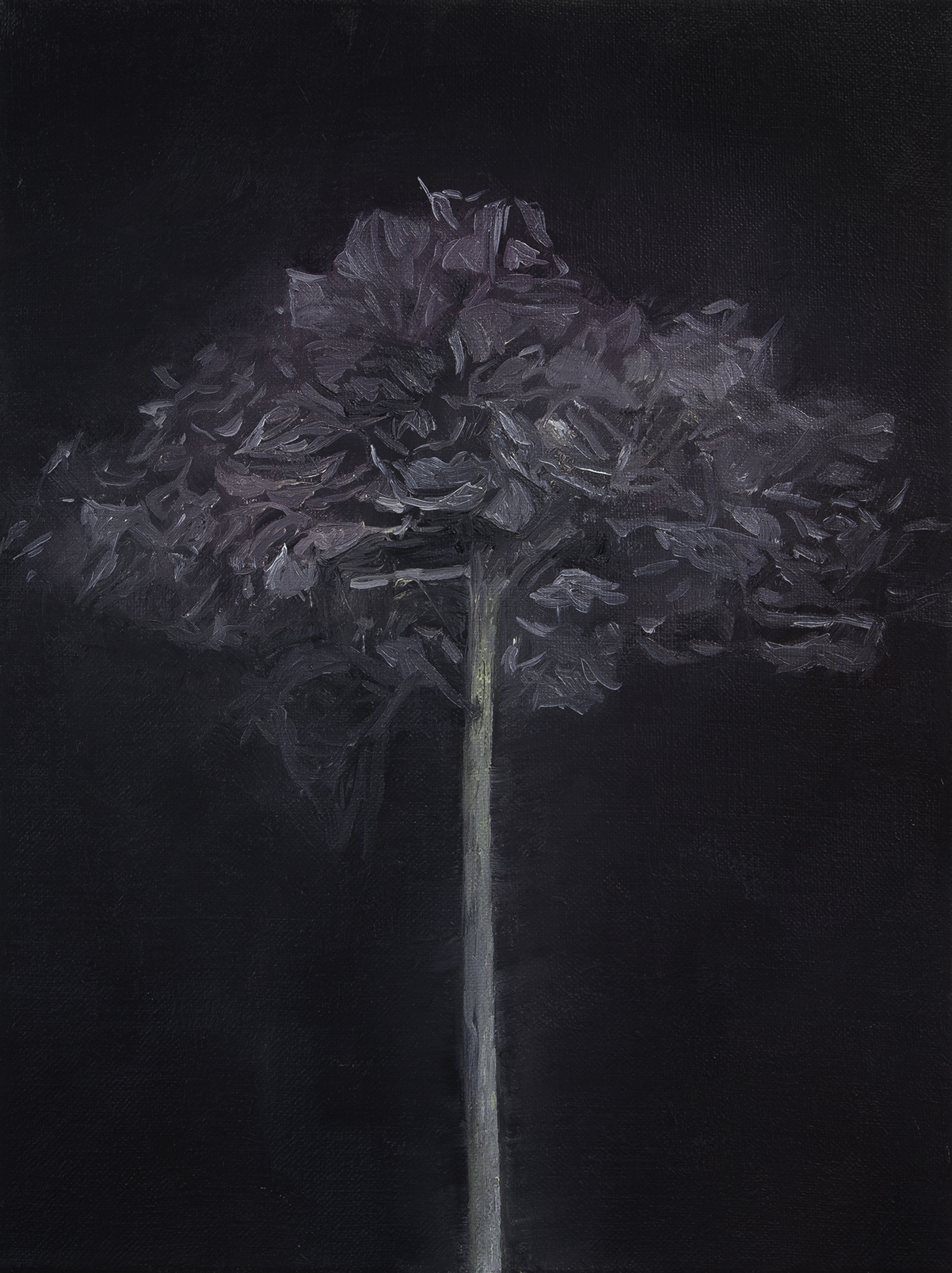
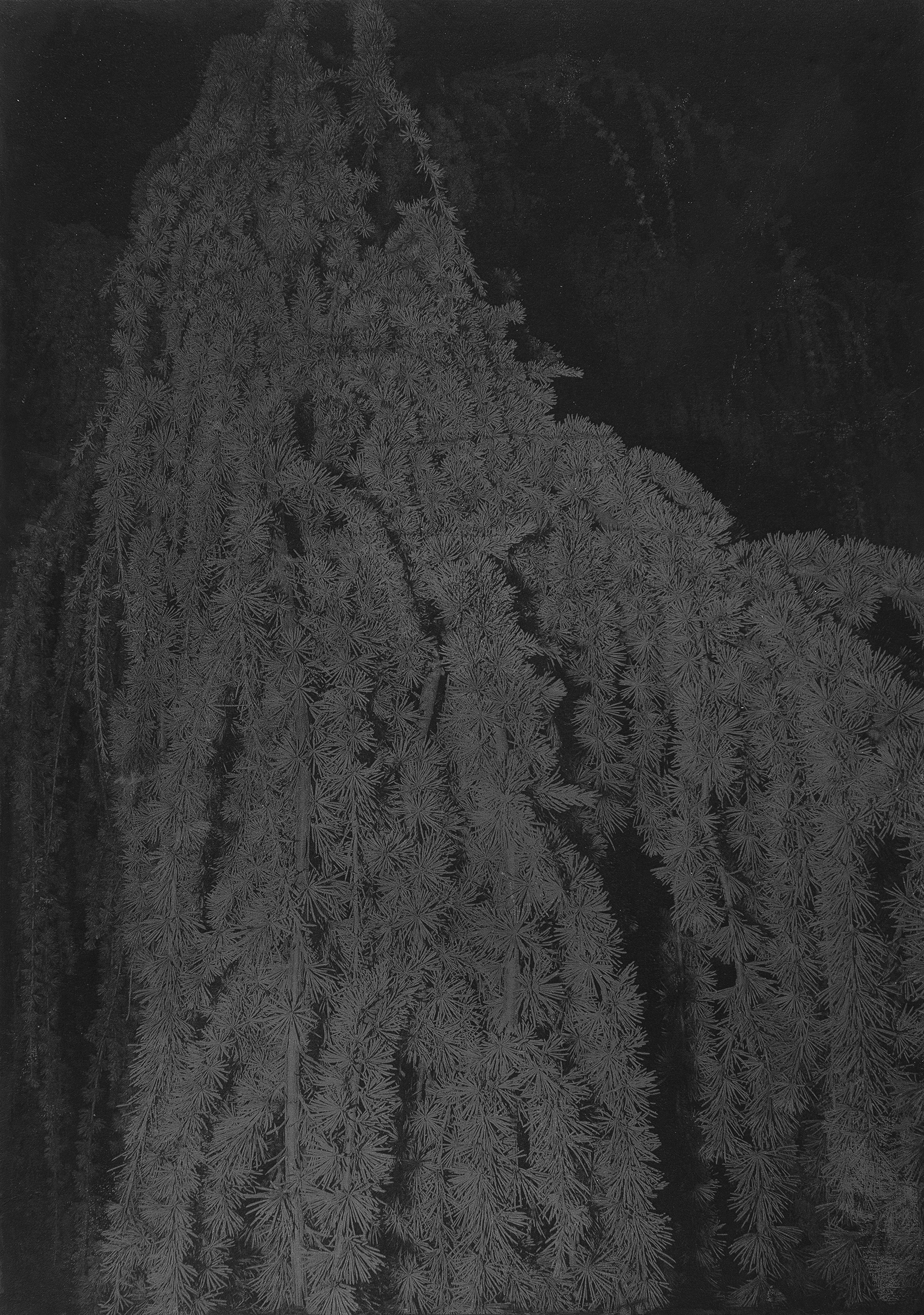
painting on canvas
photography on lead
The photographs on lead and the paintings that make up amorces come from the collection of impressions, traces, clues that originate along Lake Neuchâtel (Cortaillod and Colombier) where Montandon spent his childhood and his youth, and around the University of Geneva where he studied, presented as a psycho-geographic approach of sorts, in the sense Guy Debord defined it in the 1950s, namely "the study of the effects of the geographical environment, consciously arranged or not, acting directly on the emotions and the behaviour of individuals".
Next Page ︎︎︎
gm project ⏤ mission
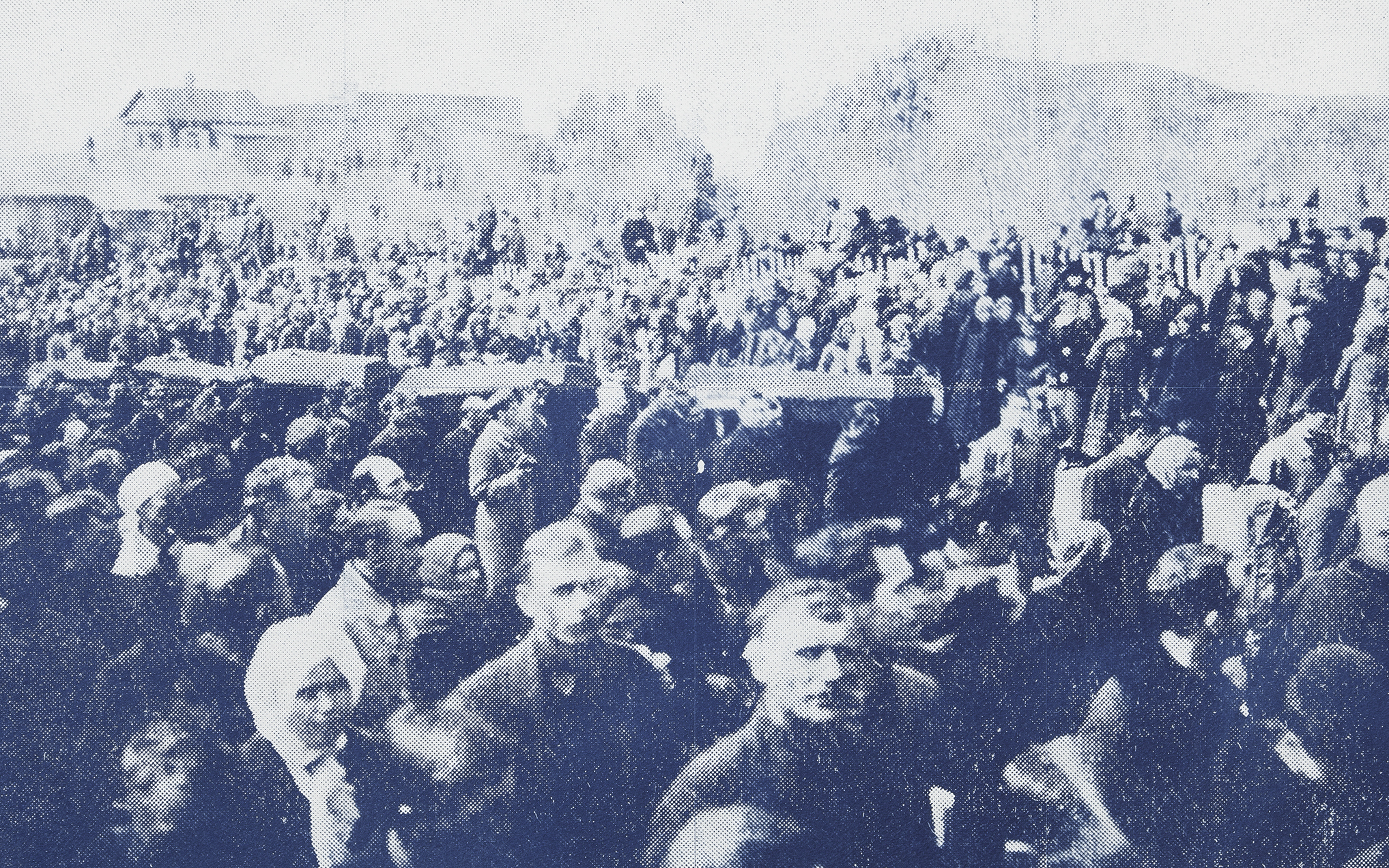


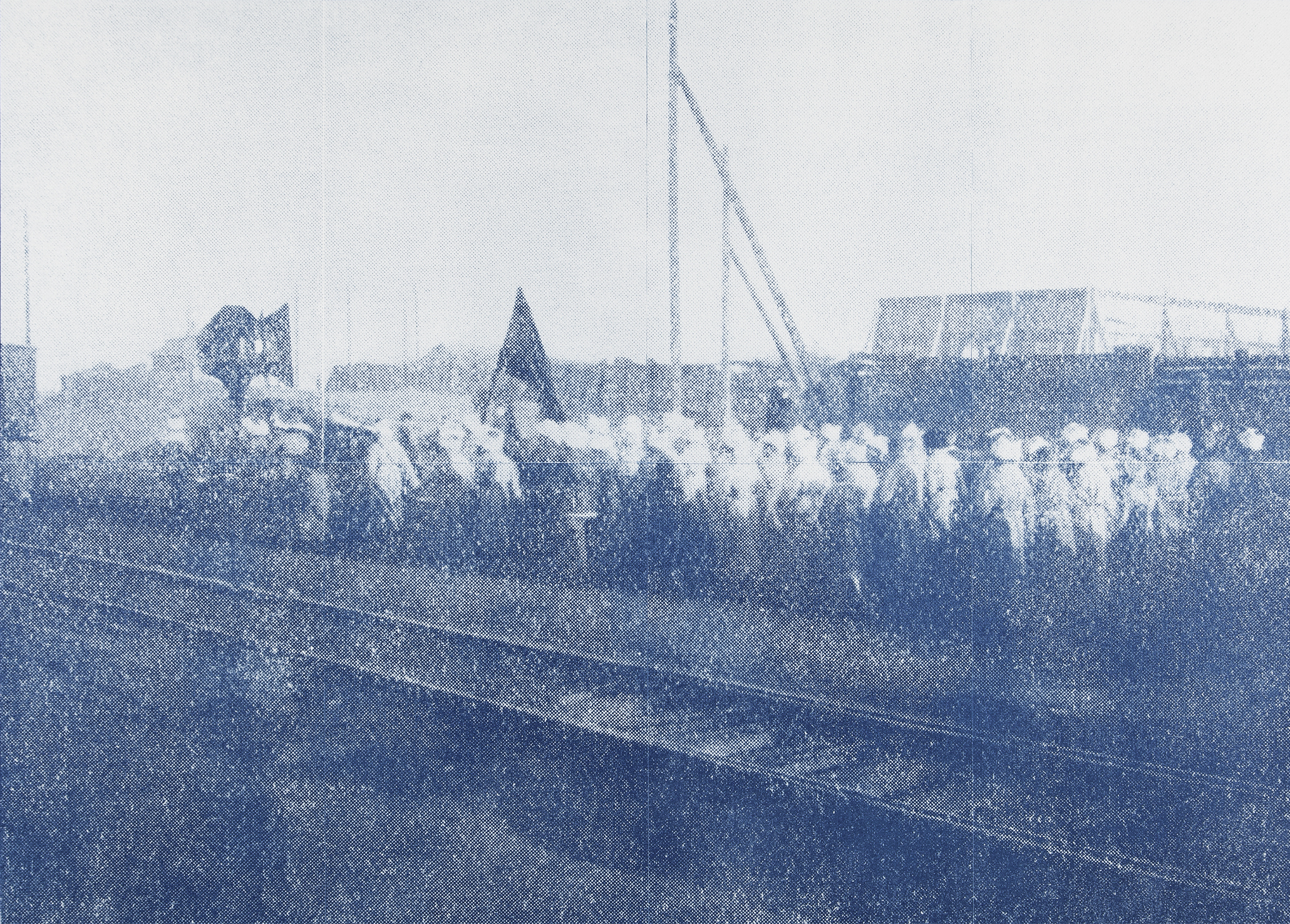

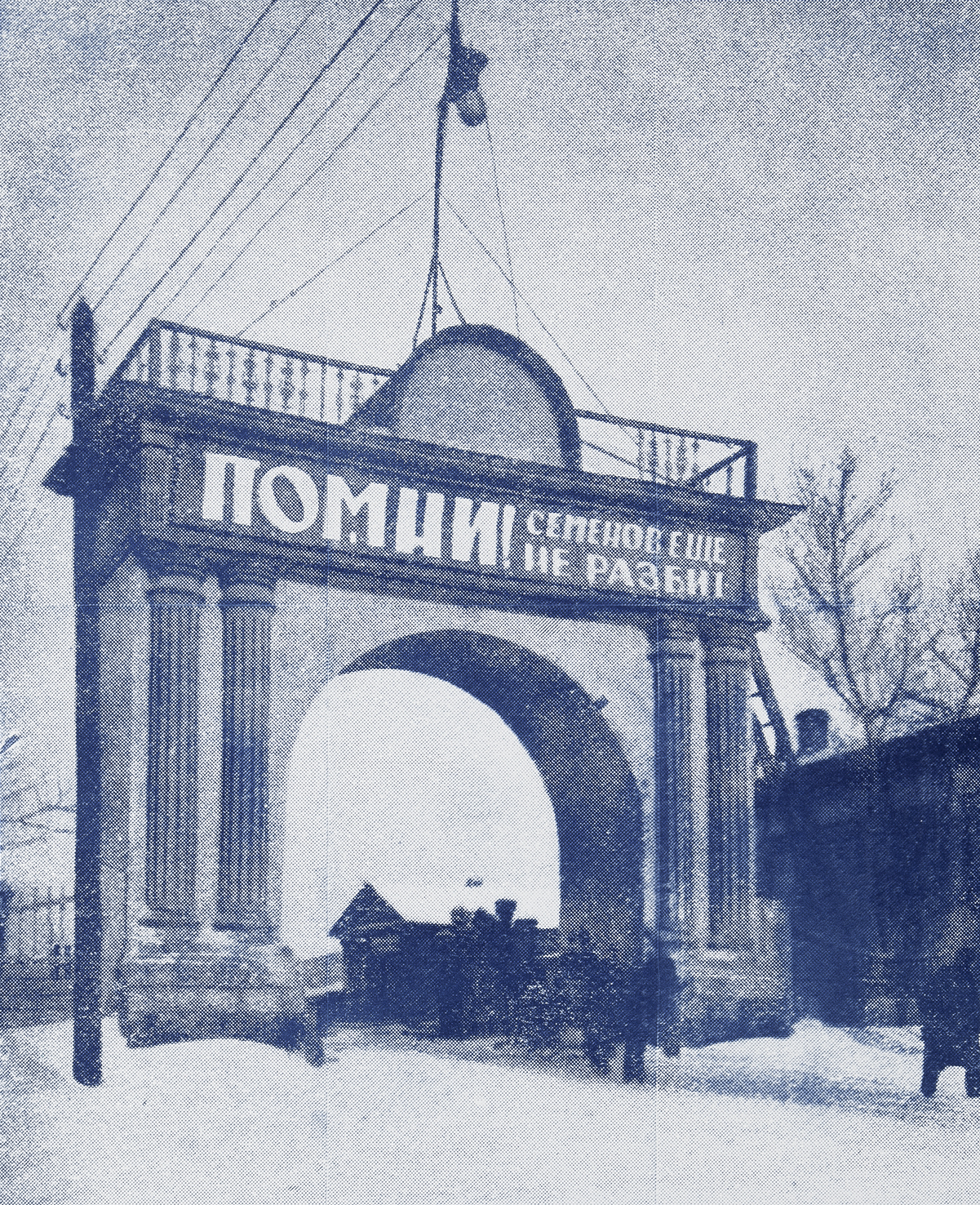
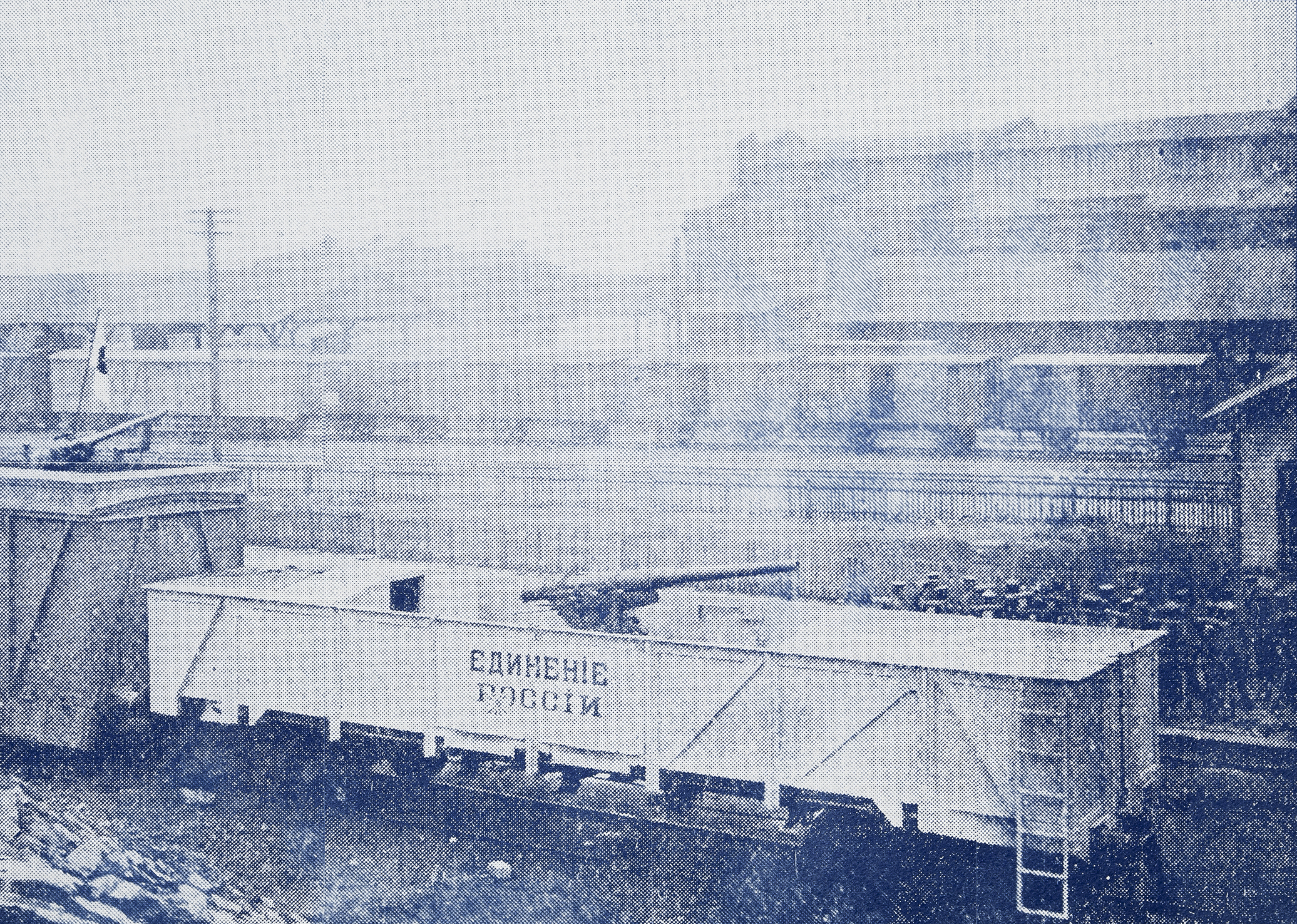

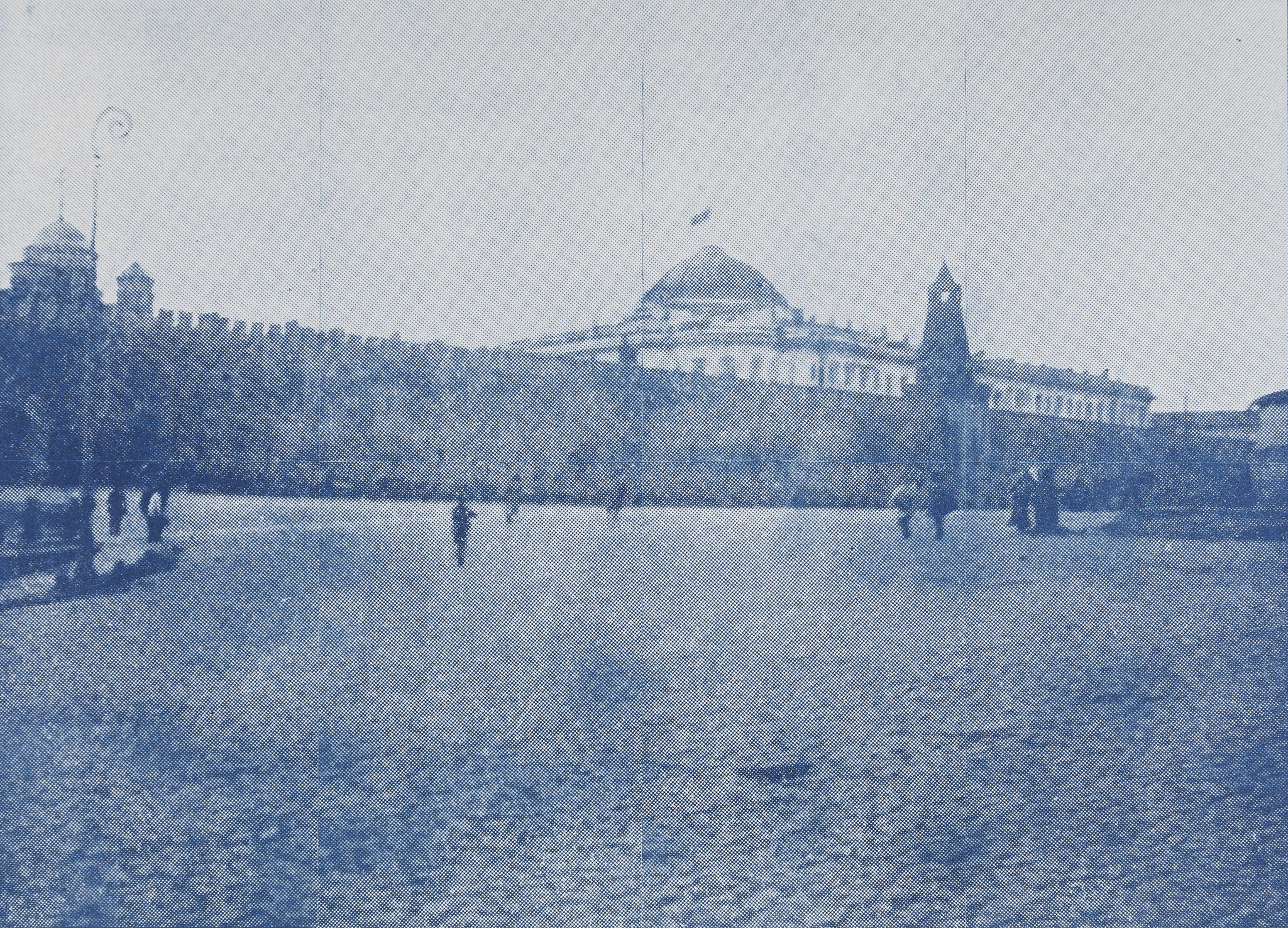
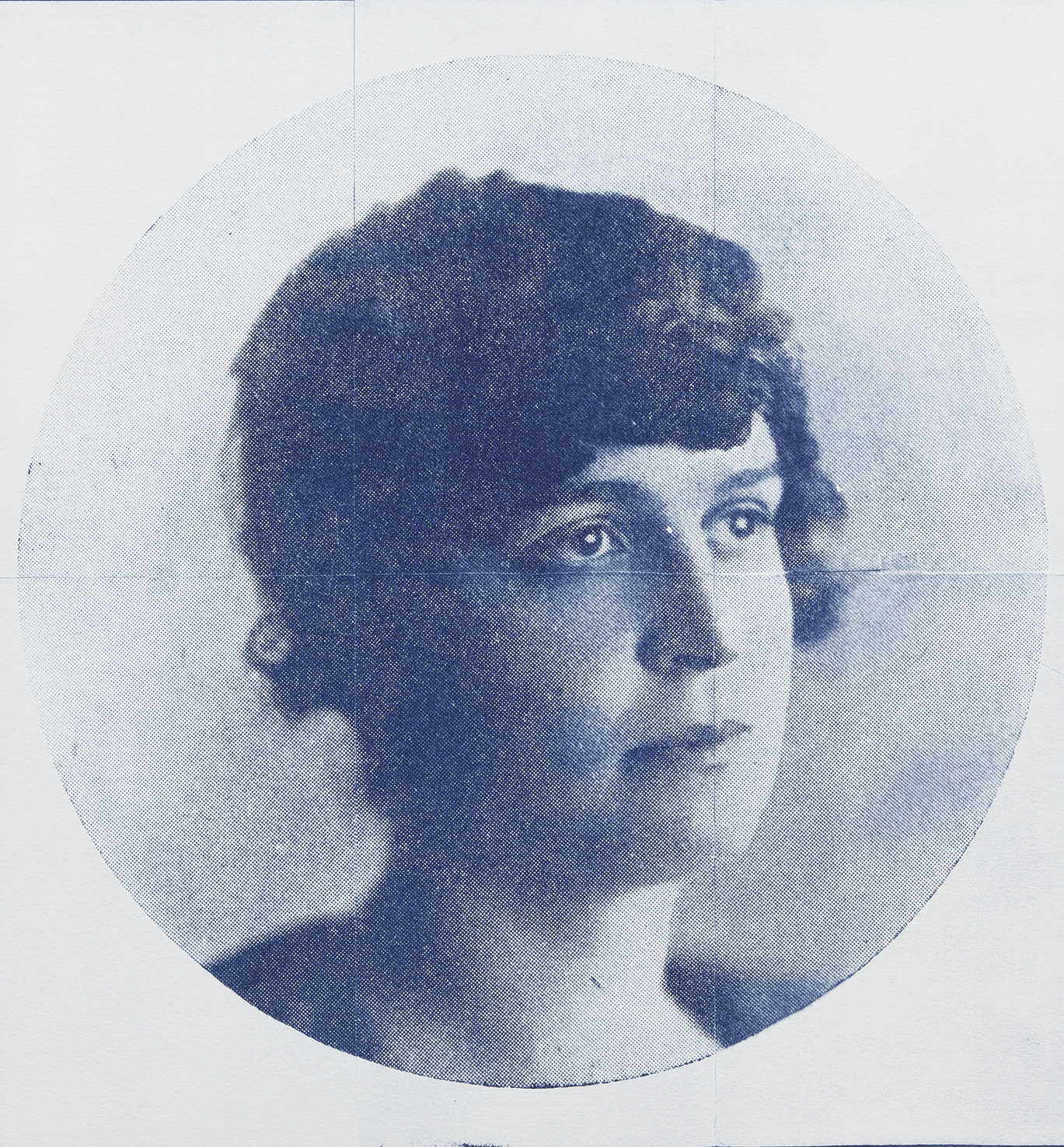
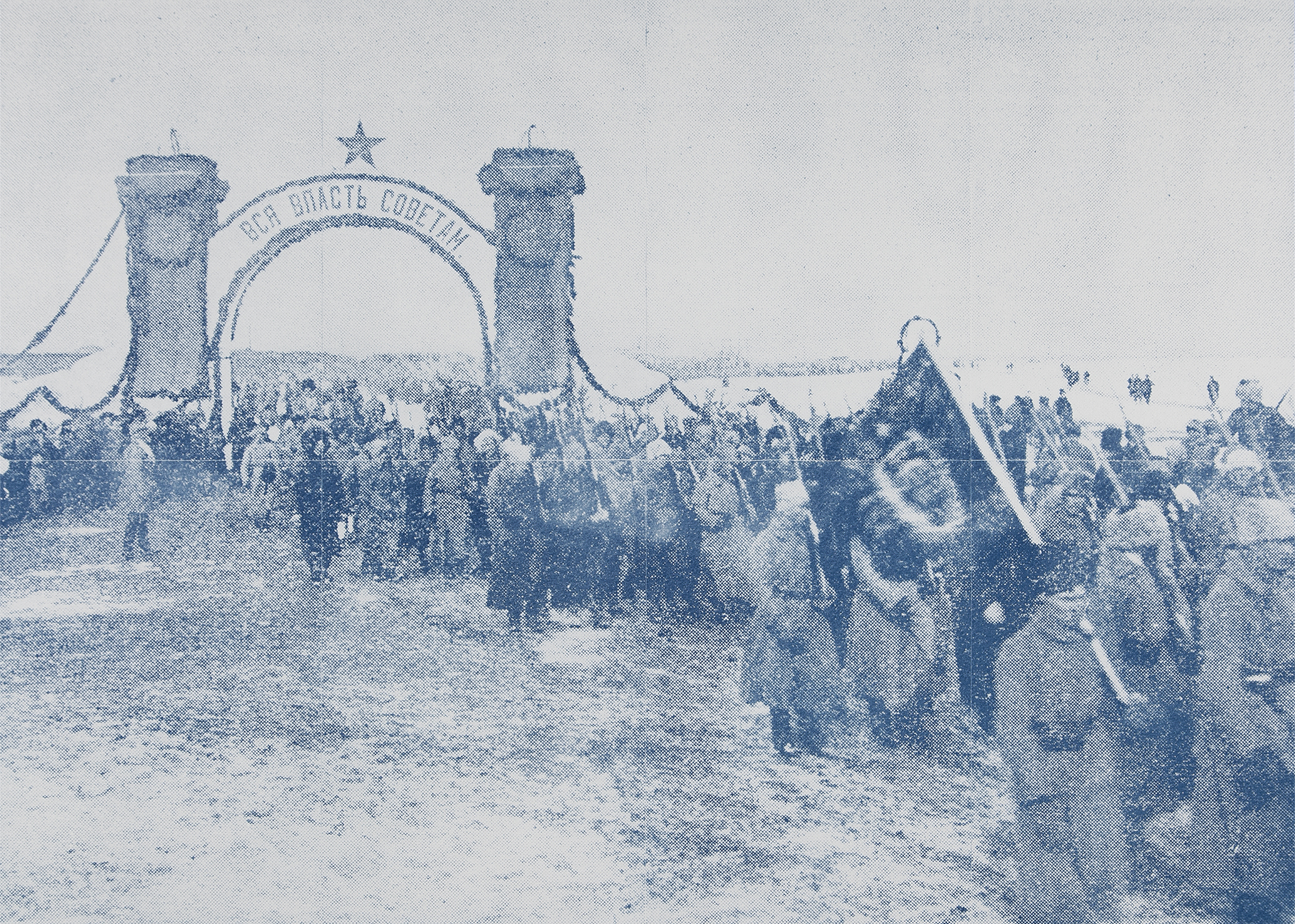
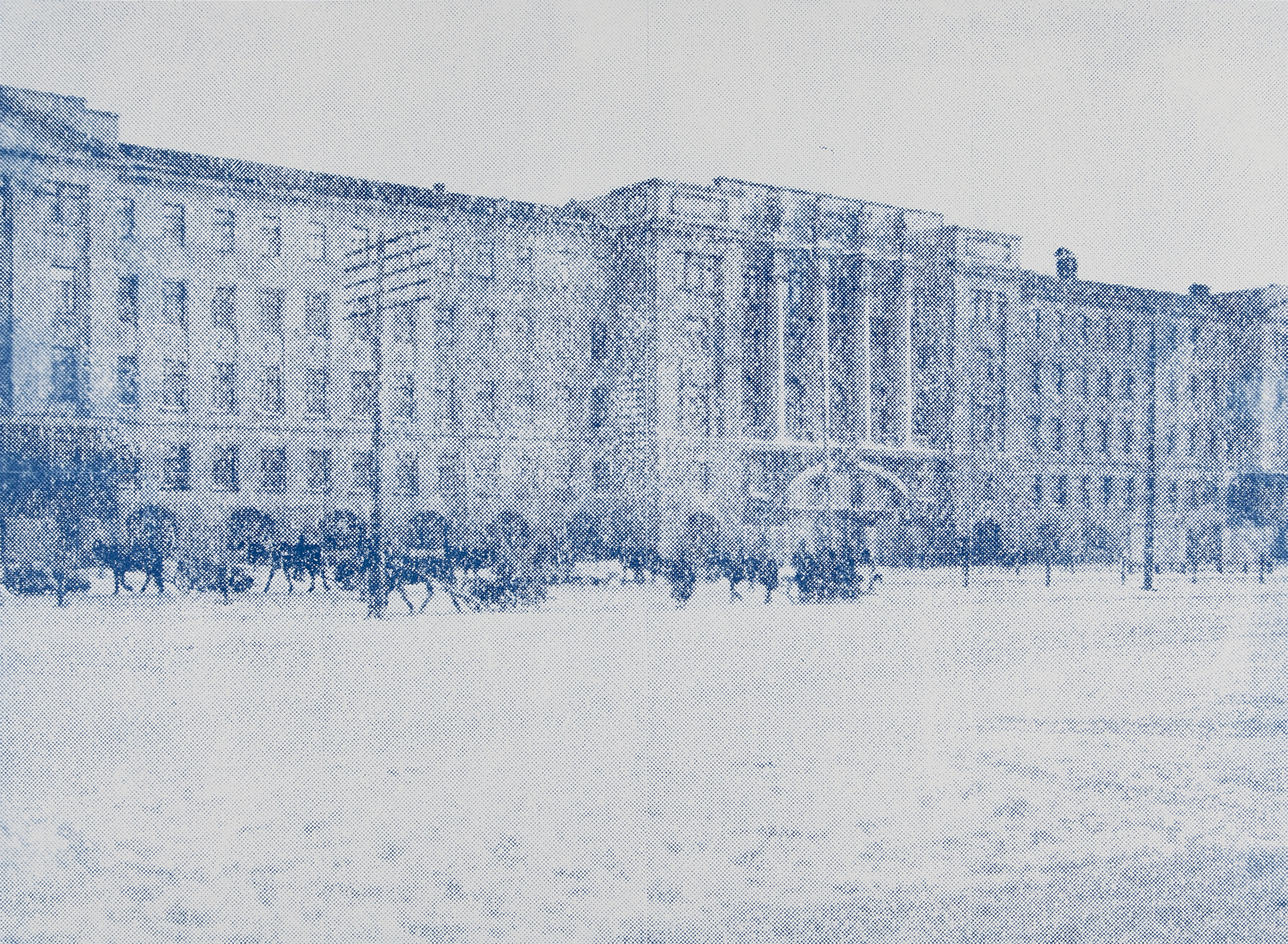
Attracted by the Bolshevik revolution of 1917, Montandon went to the Soviet Union in 1919. He is forty-two years old. He was one of the first intellectuals to immerse himself in this revolution.
The International Committee of the Red Cross entrusted him with the task of negotiating and organizing the repatriation by Vladivostok of Austrian prisoners of war held in Siberia. It crosses the country via the Trans-Siberian Railway from Moscow to Sakhalin Island, where the last of the Ainu people live. The mission stops en route at the Buryates' home on Lake Baikal, on the borders of Mongolia. He not only deals with the repatriation of prisoners during these two winters in Russia; he also takes the opportunity to study the morphology of the various peoples he met. As a man of equality, he approved of the Bolshevik revolution, including his political police, the Cheka.
Next Page ︎︎︎
gm project ⏤ exploration

drawing on paper 76x56cm
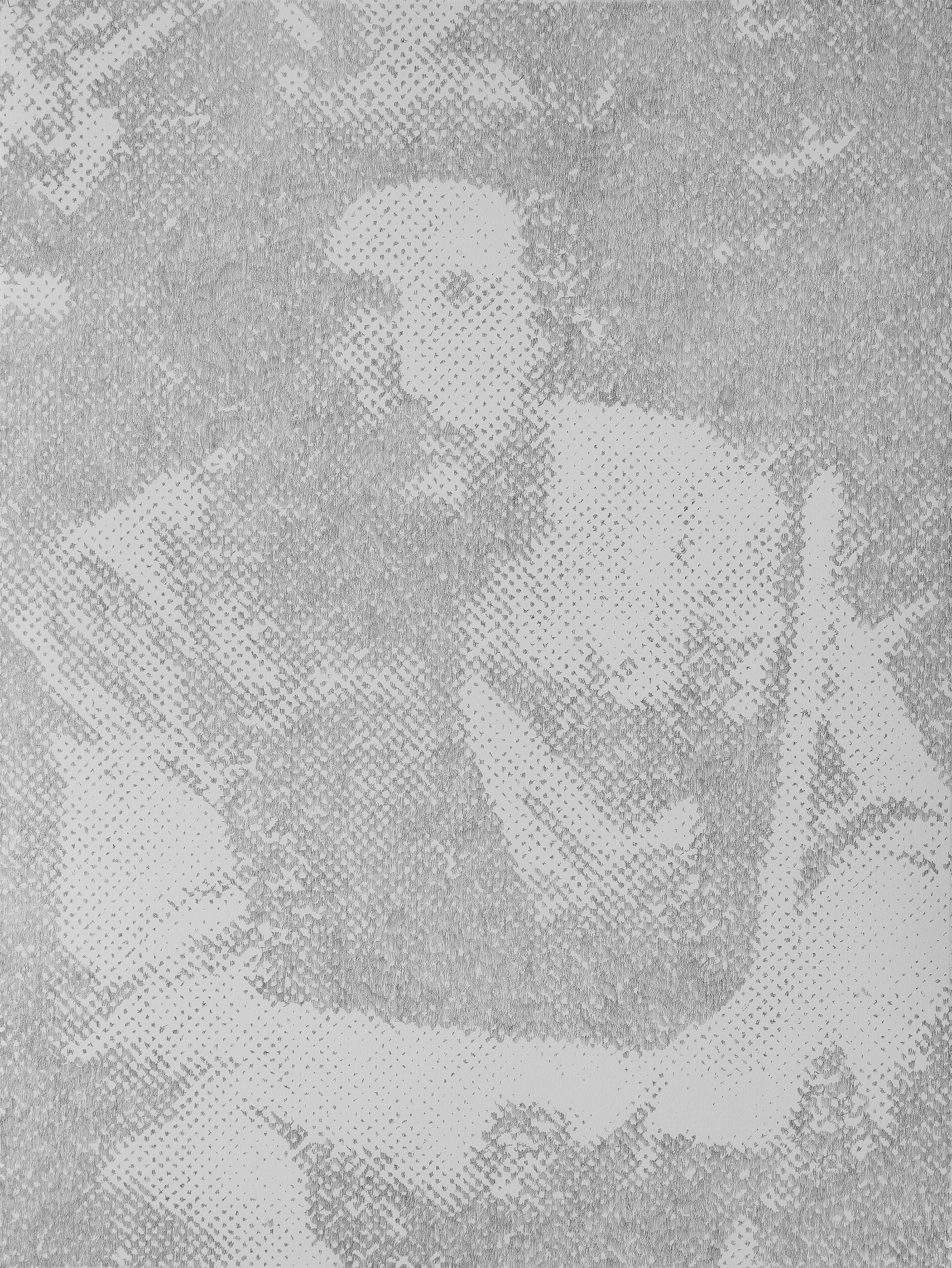
drawing on paper 76x56cm

drawing on paper 76x56cm
At the age of thirty, in 1909, Montandon spent eleven months exploring south-western Ethiopia, particularly Ghimirra, a region close to Sudan, travelling through unknown lands. On his return to Switzerland, he published the account of his journey. The detailed descriptions, illustrated with photographs, diagrams and maps cover all aspects of life in the southwestern provinces. The unpublished documents he published opened up the most eminent geographical societies in England, France, Italy and Switzerland, where he was called upon to give lectures.
Next Page ︎︎︎
gm project ⏤ collection

wax, ashes, oil on paper 43x33 cm
